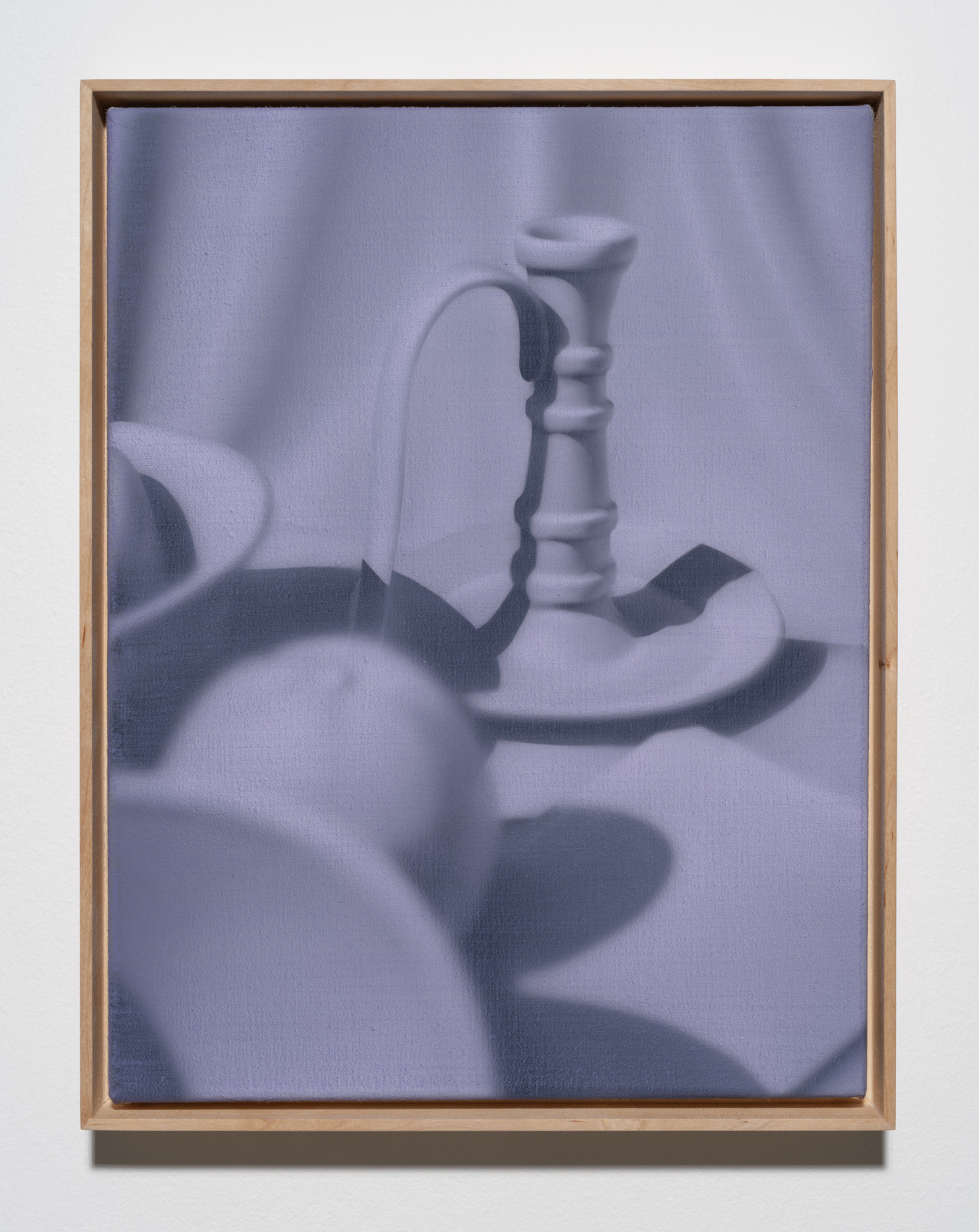Aiste Stancikaite, Alexis Mata, Alison Blickle, Amy Lincoln, Austin Lee, Ben Sanders, Eric Shaw, Charline Tyberghein, Daniel Byrd, Felipe Pantone, Gavin Lynch, Jackie Head, JJ Manford, Joe Reihsen, Laurens Legiers, Luke Diiorio, Marina Kappos, Matt Phillips, Michael Craik, Nathan Ritterspusch, Nick Thomm, Peter Mohall, Paul Riedmüller, Richard Burton, Russell Tyler, Ryan Crotty, Sally Kindberg, Seffa Klein, Thomas Trum, Tim Biskup and Tim Brawner
The Hole is proud to present our summer group show in Los Angeles, Tone Poem. Including only works that exist within a tight tonal range, this exhibition includes many monochromes as well as what you could call “limited palette” or reduced palette paintings. With just a few colors—or one color in many tones—the works in this show look at the evocative potential of color limitations. Across the greyscale-painted gallery, abstract and representational works coexist; natural enemies sharing a wall in what we hope is a poetic way.
While many people use terms like “hue”, “color”, “tint” and “shade” interchangeably, Tone Poem is a good excuse to brush up on your color theory (as I had to before writing this lol). Tint refers to any hue or mixture of pure colors to which white is added, as we see in the glowing forms of Aiste Stancikaite. Tone would technically be a hue or mixture of pure colors to which only "pure" gray is added (equal amounts of black and white) which we think plays some part in the lovely work of Paul Riedmüeller above. Shade is defined as a hue or mixture of pure colors to which only black is added, darkening the color with the hue remaining the same, as we see in the trompe l'oeil shadow-work of Charline Tyberghein’s paintings.
For some artists their use of color is intuitive after years of mixing oils and acrylic; tone, tint and shade become ingrained, like becoming fluent in a language. Many young figurative artists are into monochrome, perhaps preferring the content of the image over the "distraction" of color. And for the abstract composers, where color is often the source of the content and the drama, they choose to play one note in a complex and nuanced way. A reduced palette is a way to get to play a chord, perhaps: Daniel Byrd weaves just three colors together to see how they get along. A mostly-red work by Matt Phillips makes the introduction of a bit of green and blue feel bold, or Russell Tyler who has made whole bodies of work with just teal, salmon and black.
Certainly the artworks have a playful tone: within these self-imposed restrictions we see a bit of showing off, too! In the two Peter Mohall Untitled (Brushstrokes Painting) paintings we see a burlesquing of color theory, an investigation of the painterly authenticity of the artist's hand in relation to the automatic and repetitive. While Felipe Pantone utilizes modeling software to map out his moire effects in 3D (and uses the audience to activate his dazzling kinetic pieces), in Jackie Head’s Mango Violet Blend we see the mathematics and scientific precision of color, using the tiniest differential in pigments and chemicals of her glaze to create the smoothest gradient and color changes in slip-cast porcelain.
On the figurative team, Alison Blickle Eclipsed captures mood and time of day through a hot pink haze. While Nathan Ritterpusch Cowboy #3's greyscale palette evokes early black and white Western films and Tim Brawner Character Head 1, uses purple monochrome to summon science fiction vibes. Sally Kindberg Tightrope contributes a tight palette of mostly eggplant, Gavin Lynch gives us every shade of green in his waterfall painting, and Richard Burton evokes a contemporary ennui in his shade of blue and purple depicting empty train seats.
Abstraction with reduced colors lets you focus on form, composition, or just the color itself as the protagonist. This pale horse by normally-bright-hued Eric Shaw allows us to look at the forms and motion and unbelievable painting technique even more clearly than when the eye is dazzled by every color of the rainbow. Michael Craik layers up thin coats of multiple colors meticulously to make the final mostly-maroon work hum like a low wattage bulb. And Nick Thomm invites us to disappear in the dark blue glow of The Arch, where a thin hot pink edge sets off the deep azure center.
I have a lot more to say about each artist included but we have to get the word out now for this weekend's opening. If you visit the gallery you will be treated to a longer text, and get to see whether our little experiment worked. My guess is that when we turn the polychromatic noise down a bit, we will find that we are all playing in the same key.
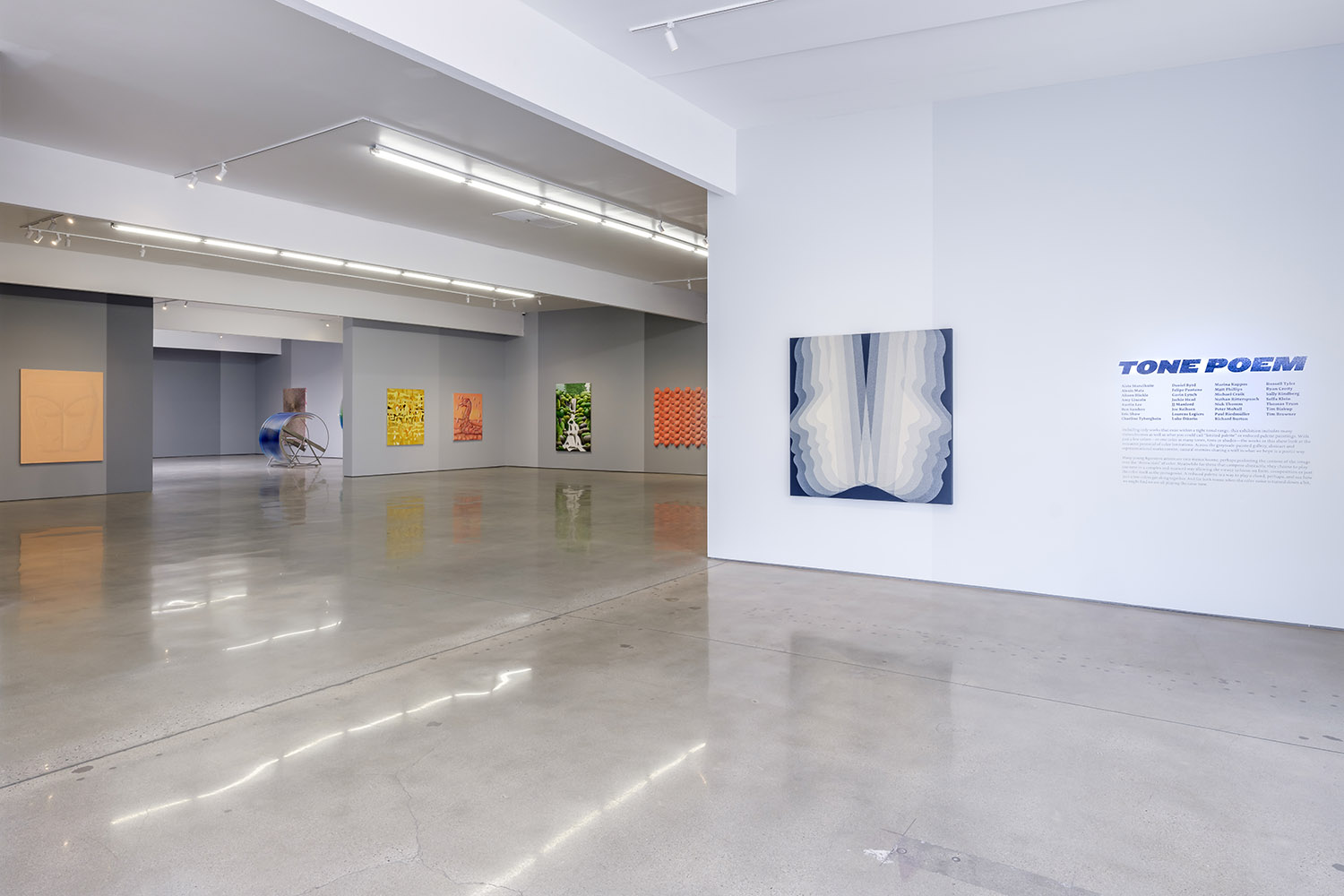
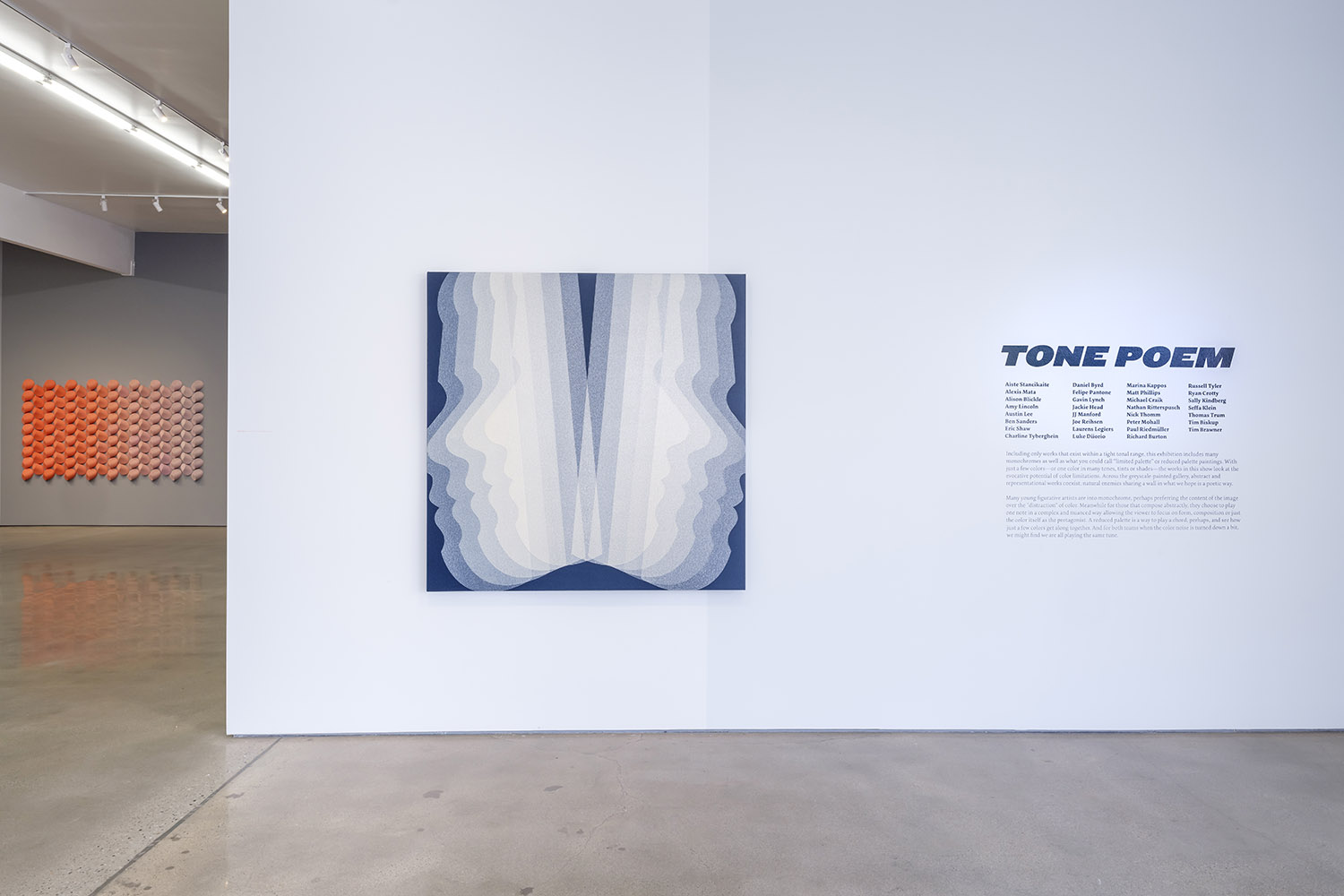
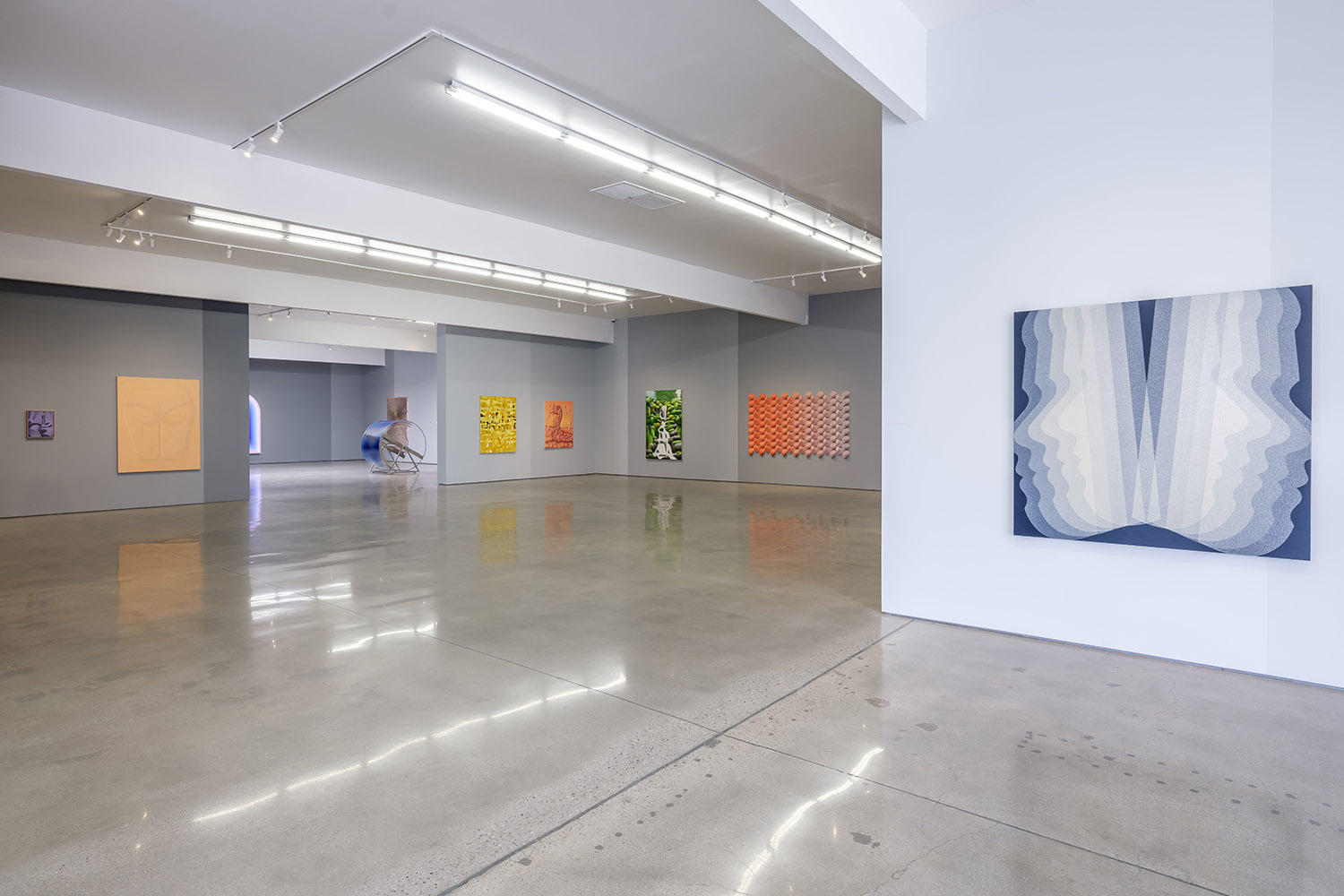

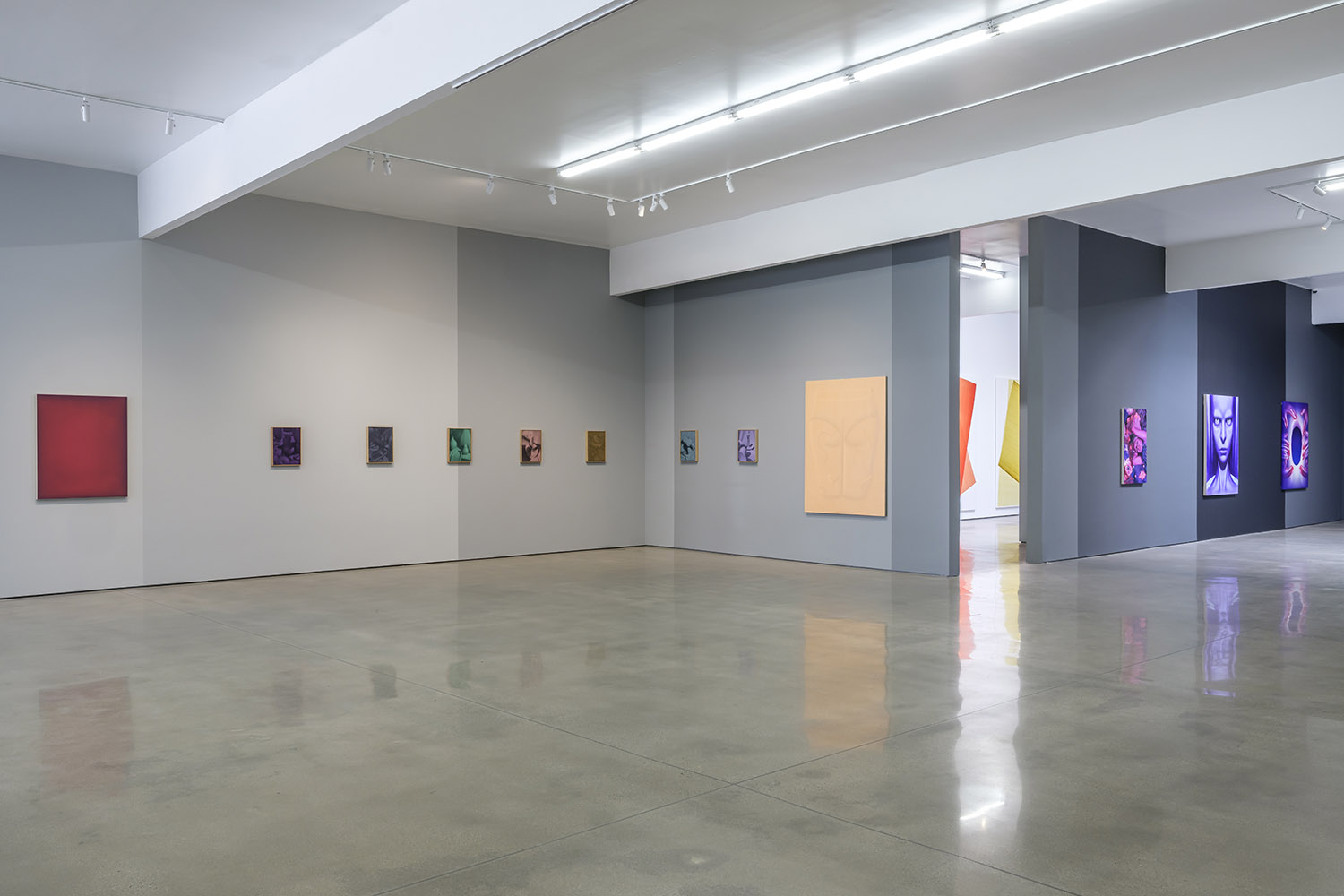
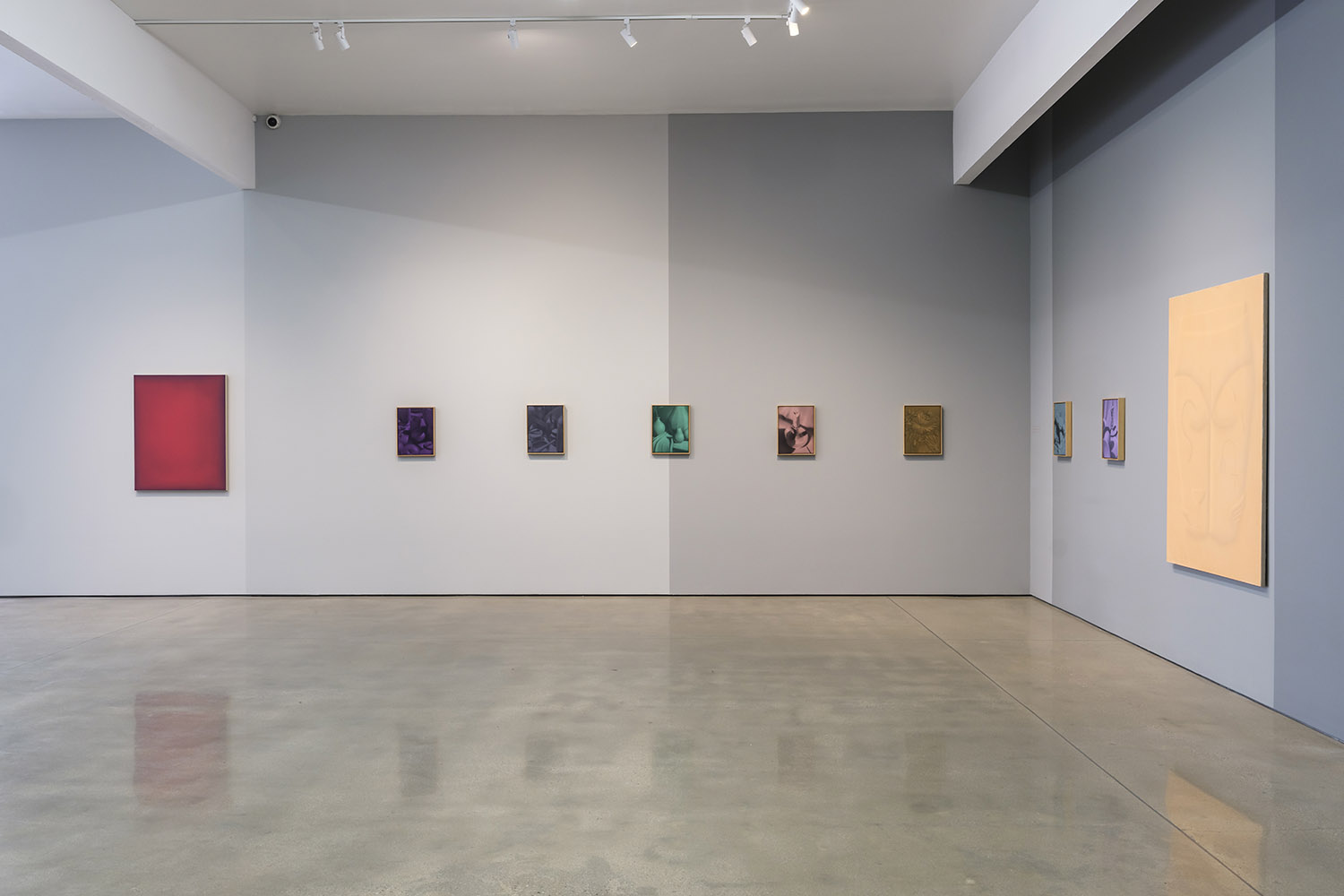
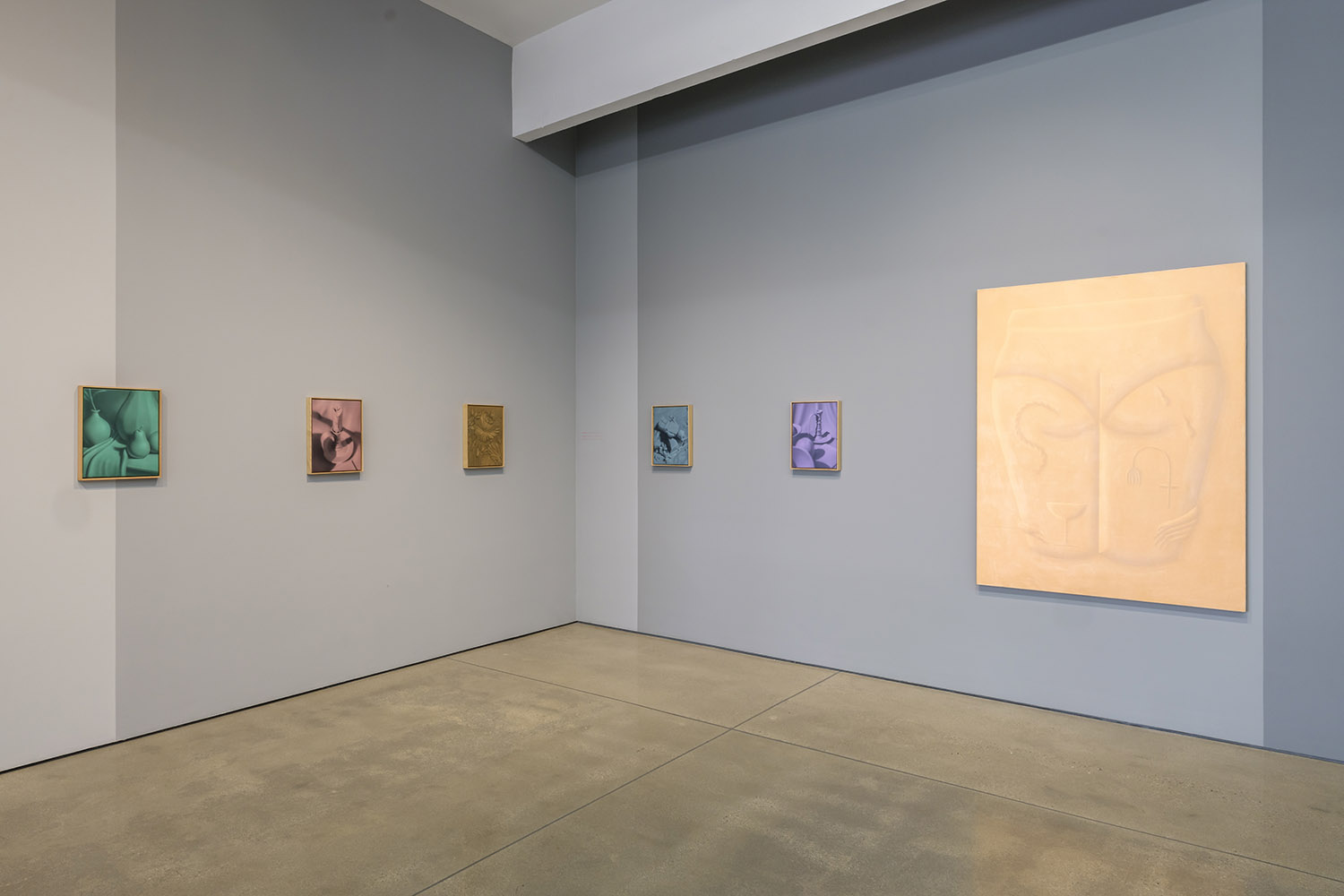
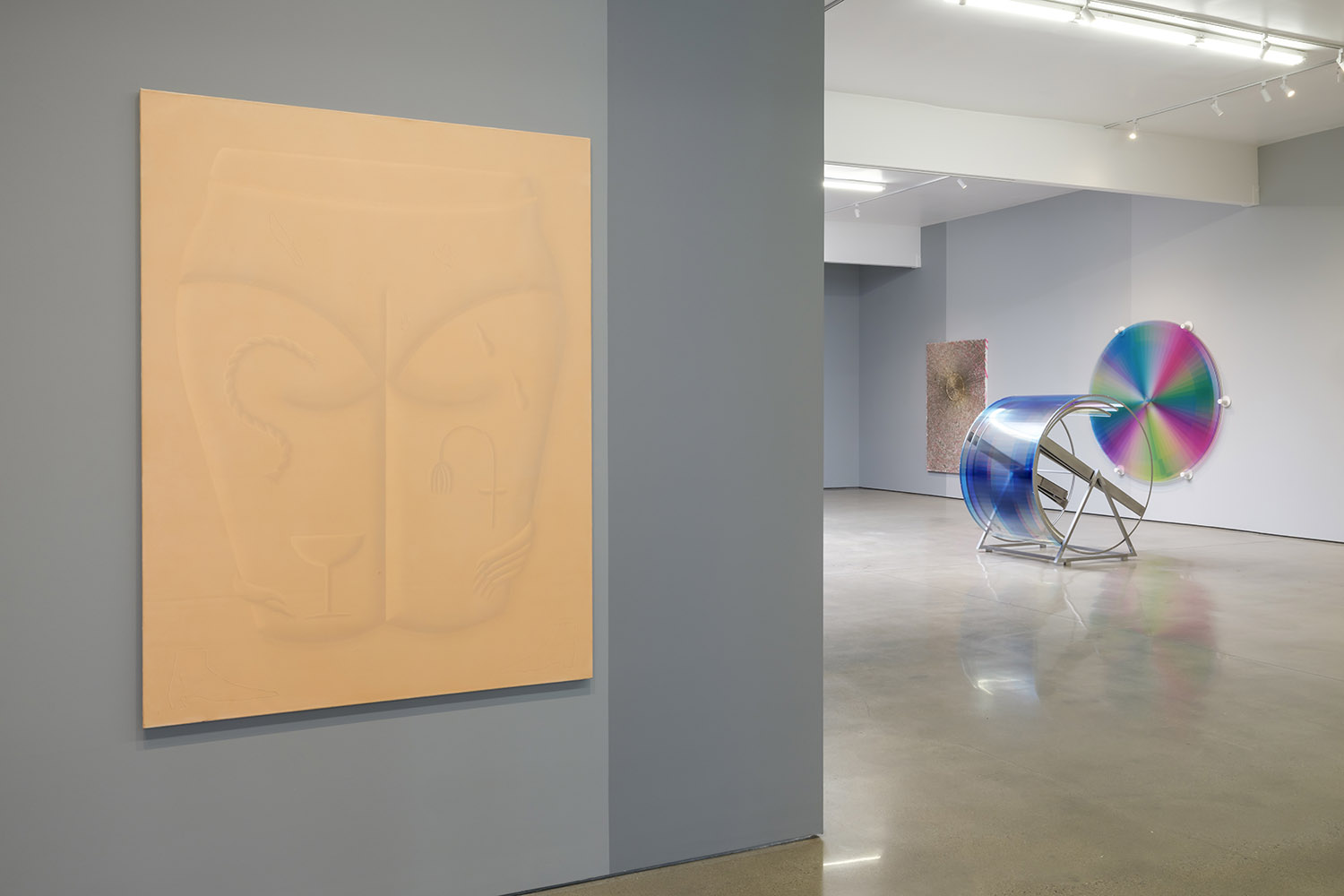
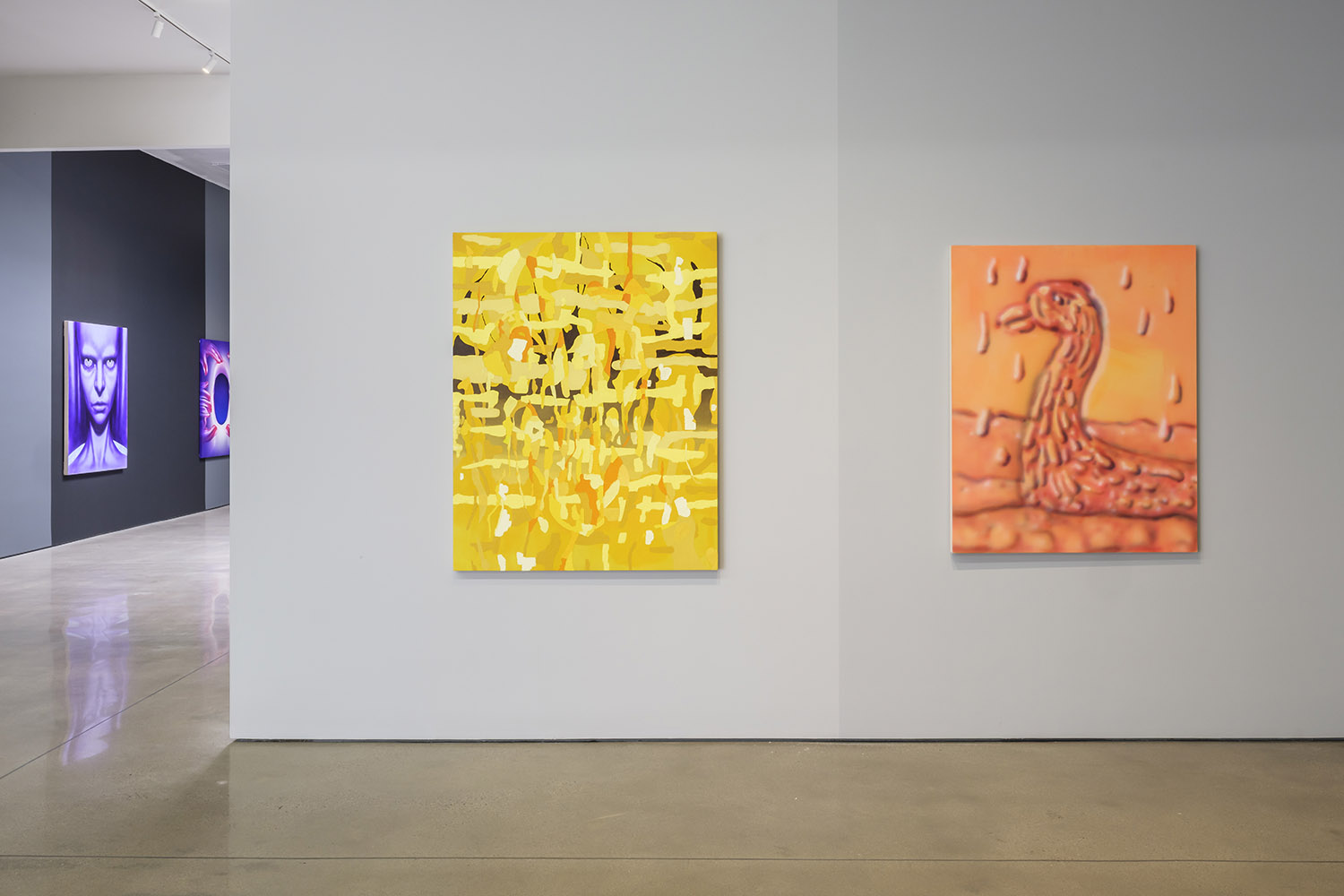
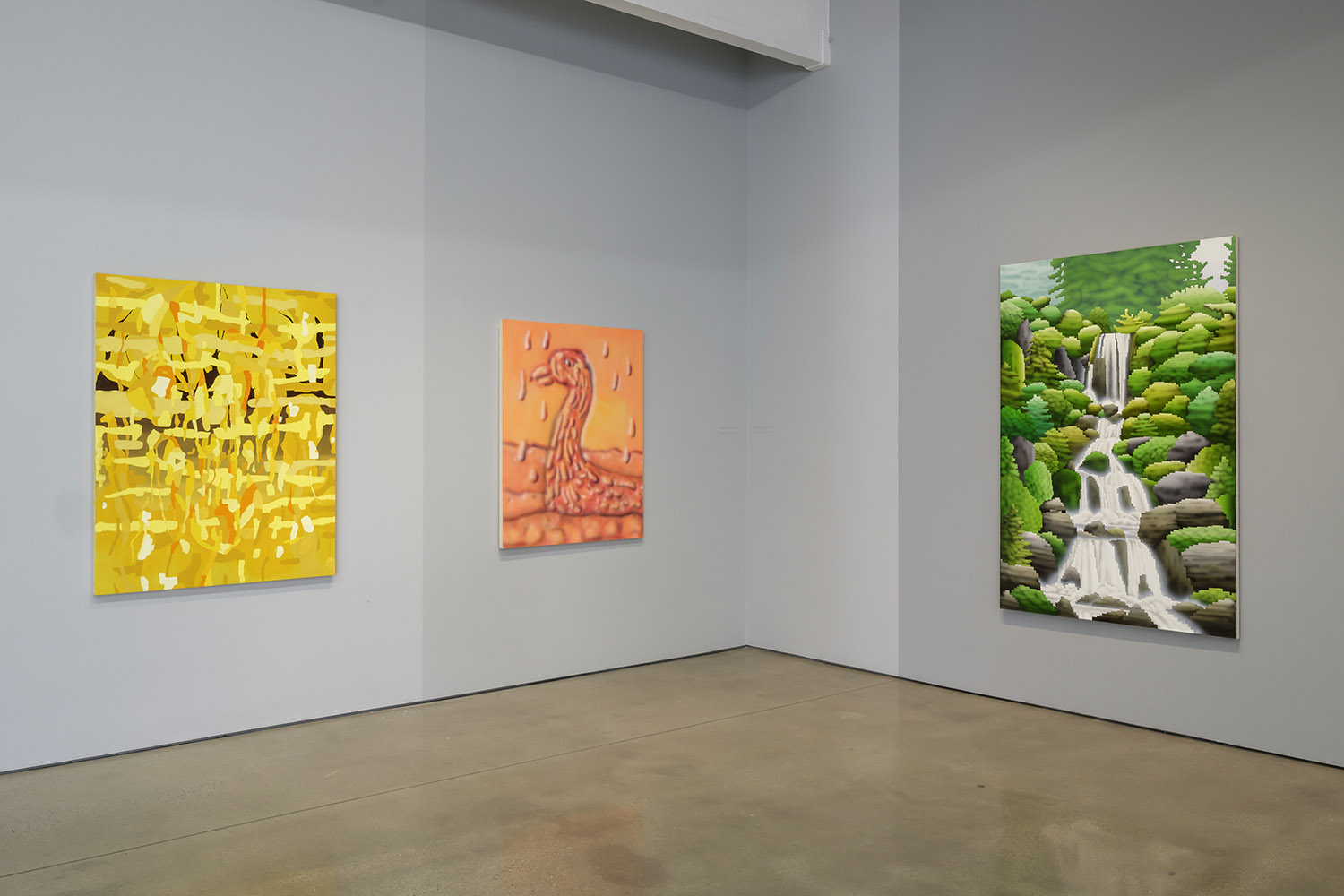
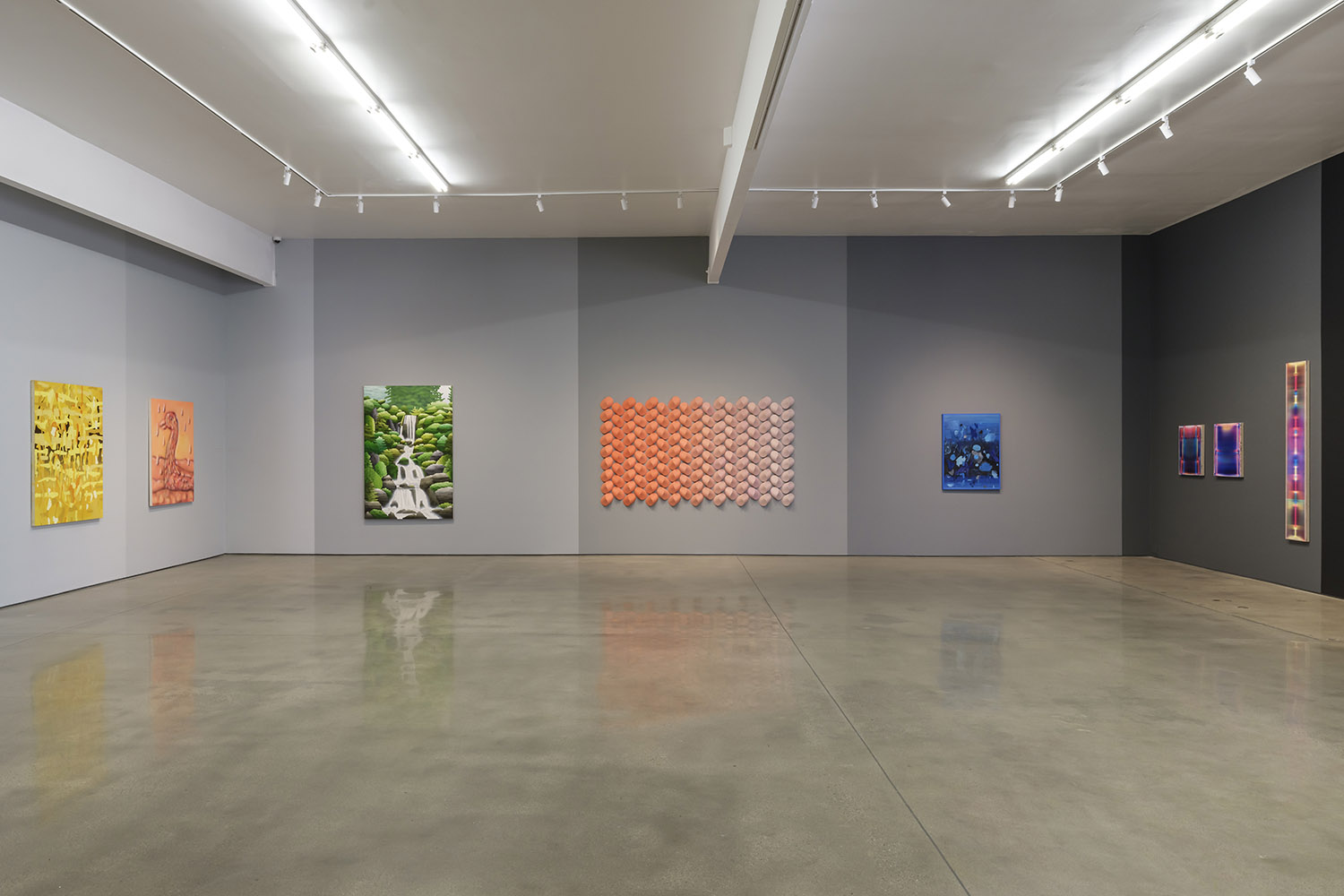
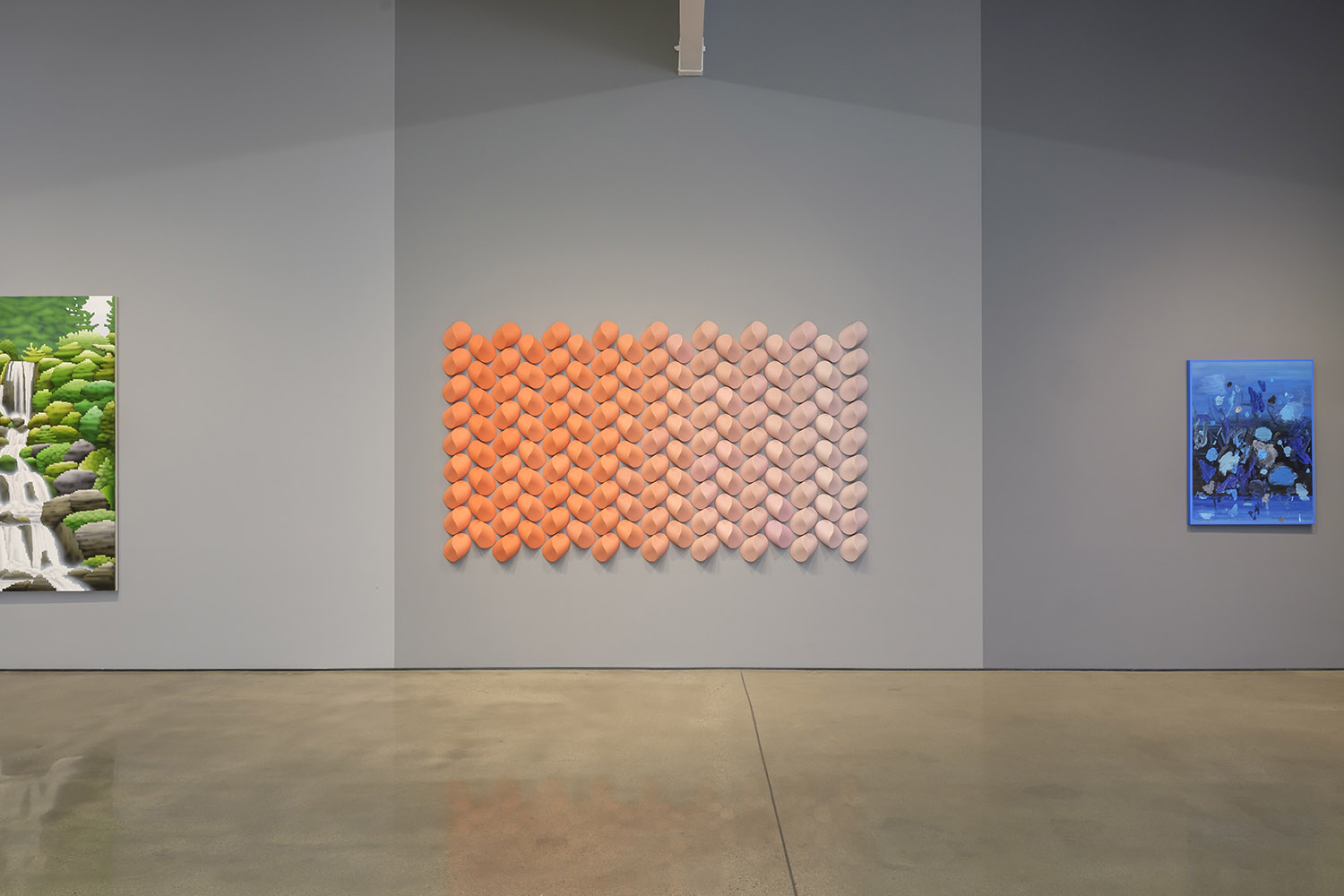
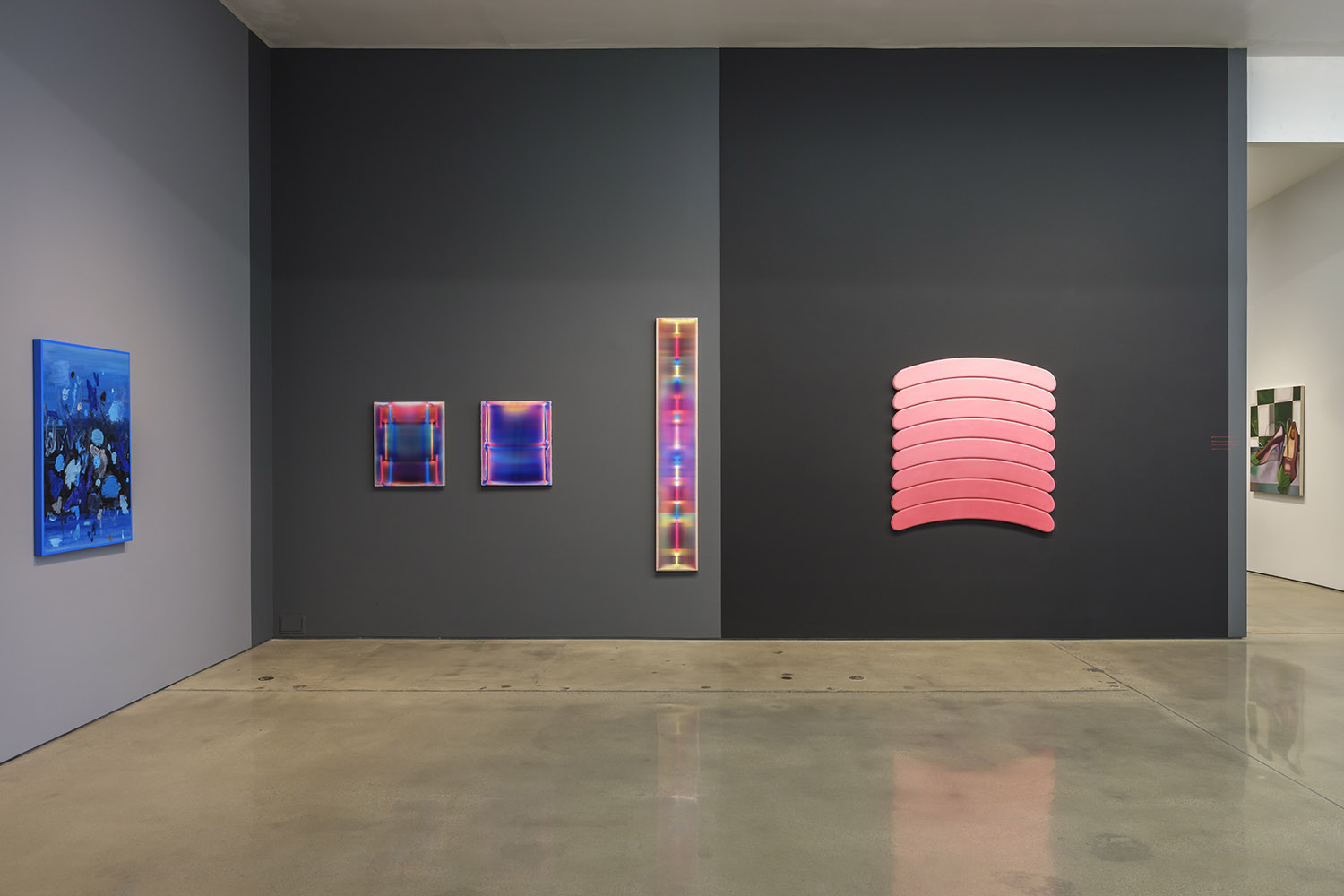
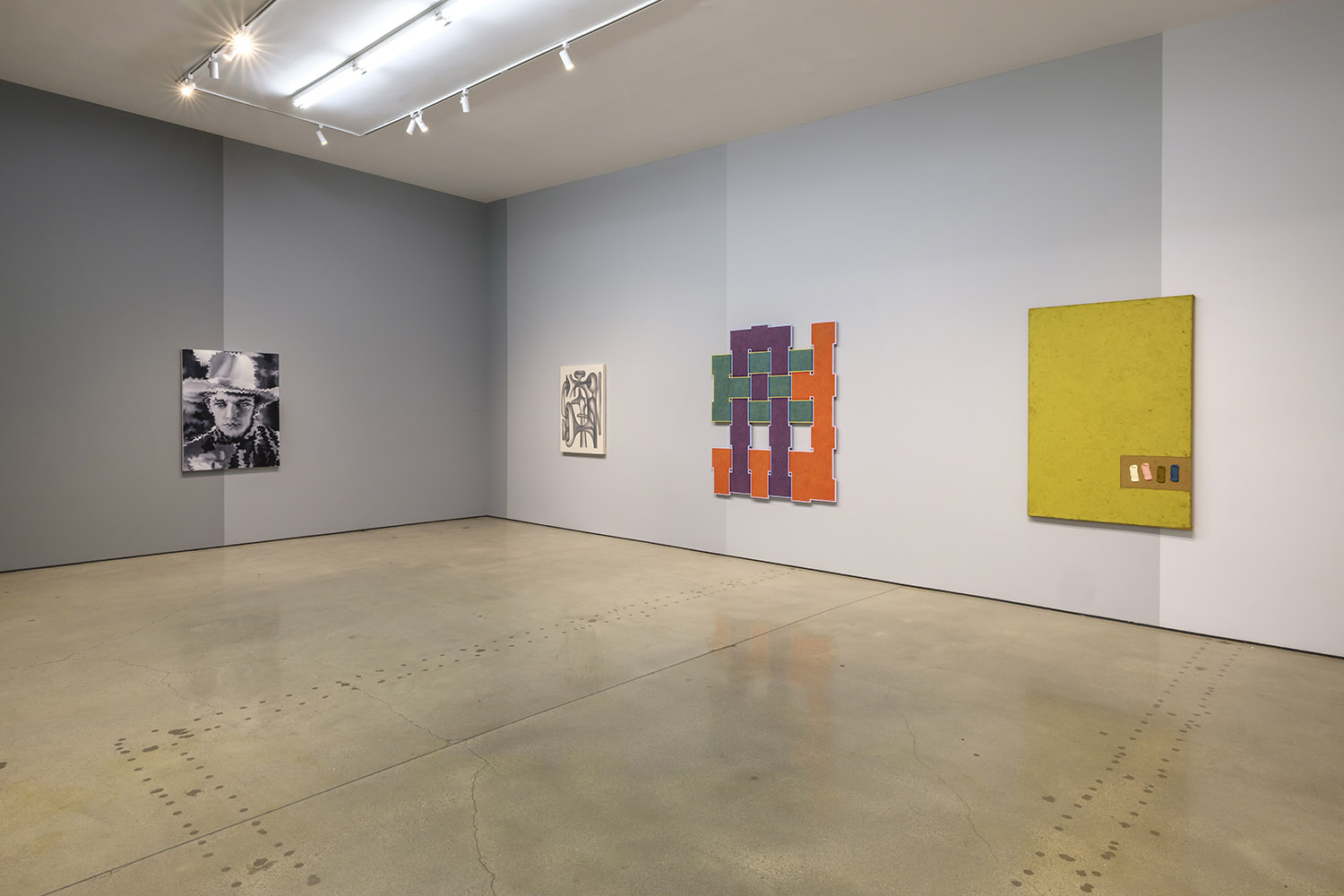
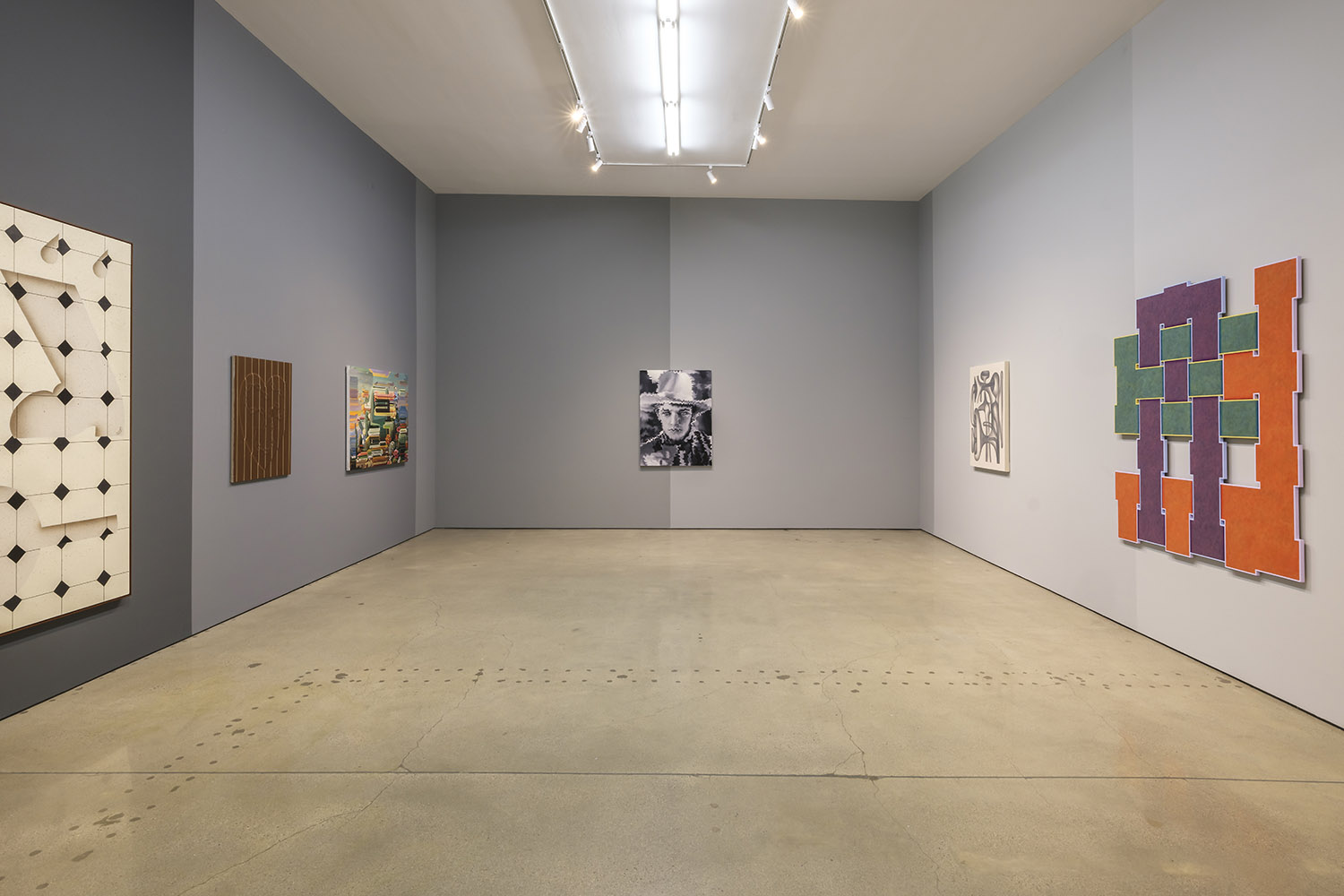
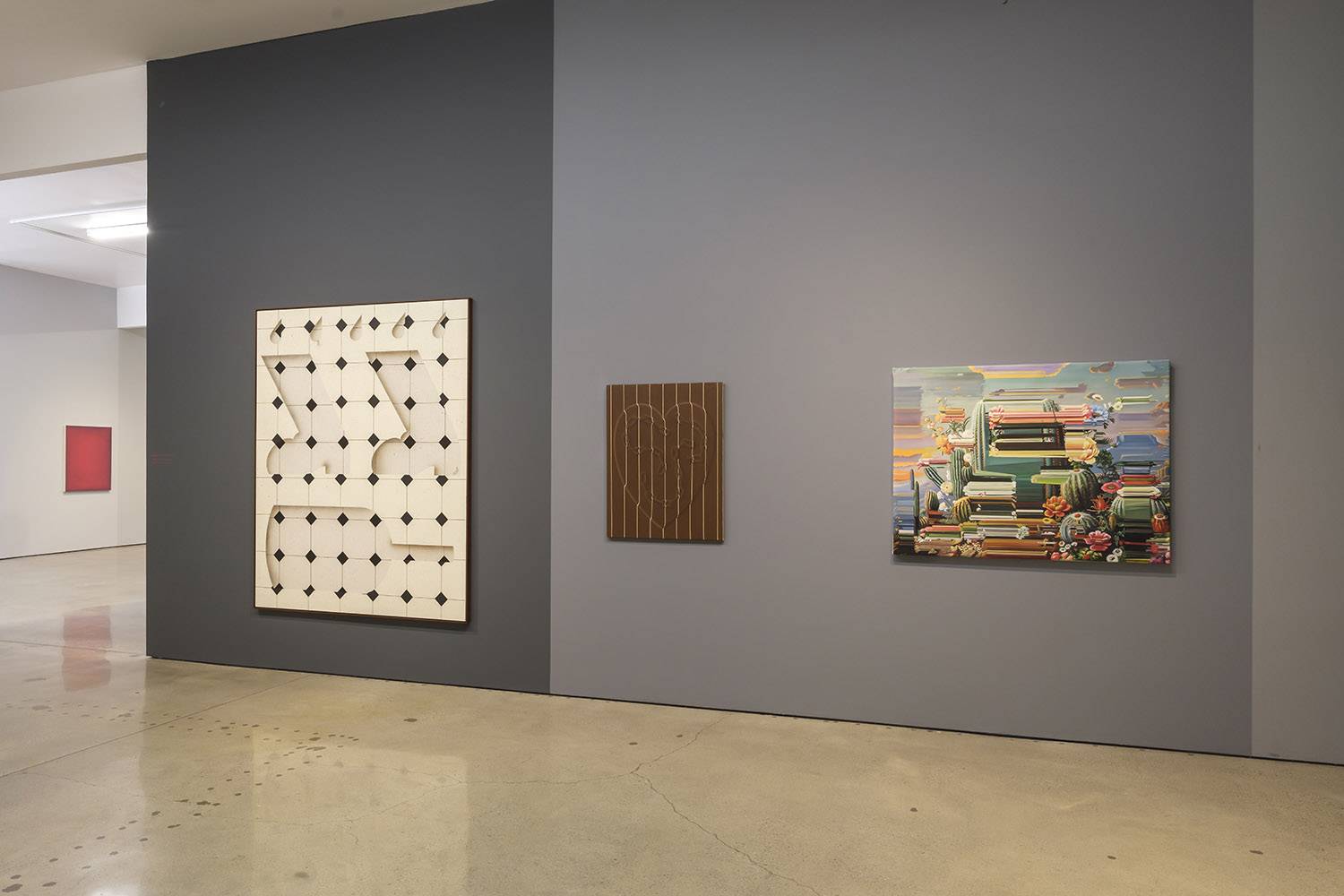
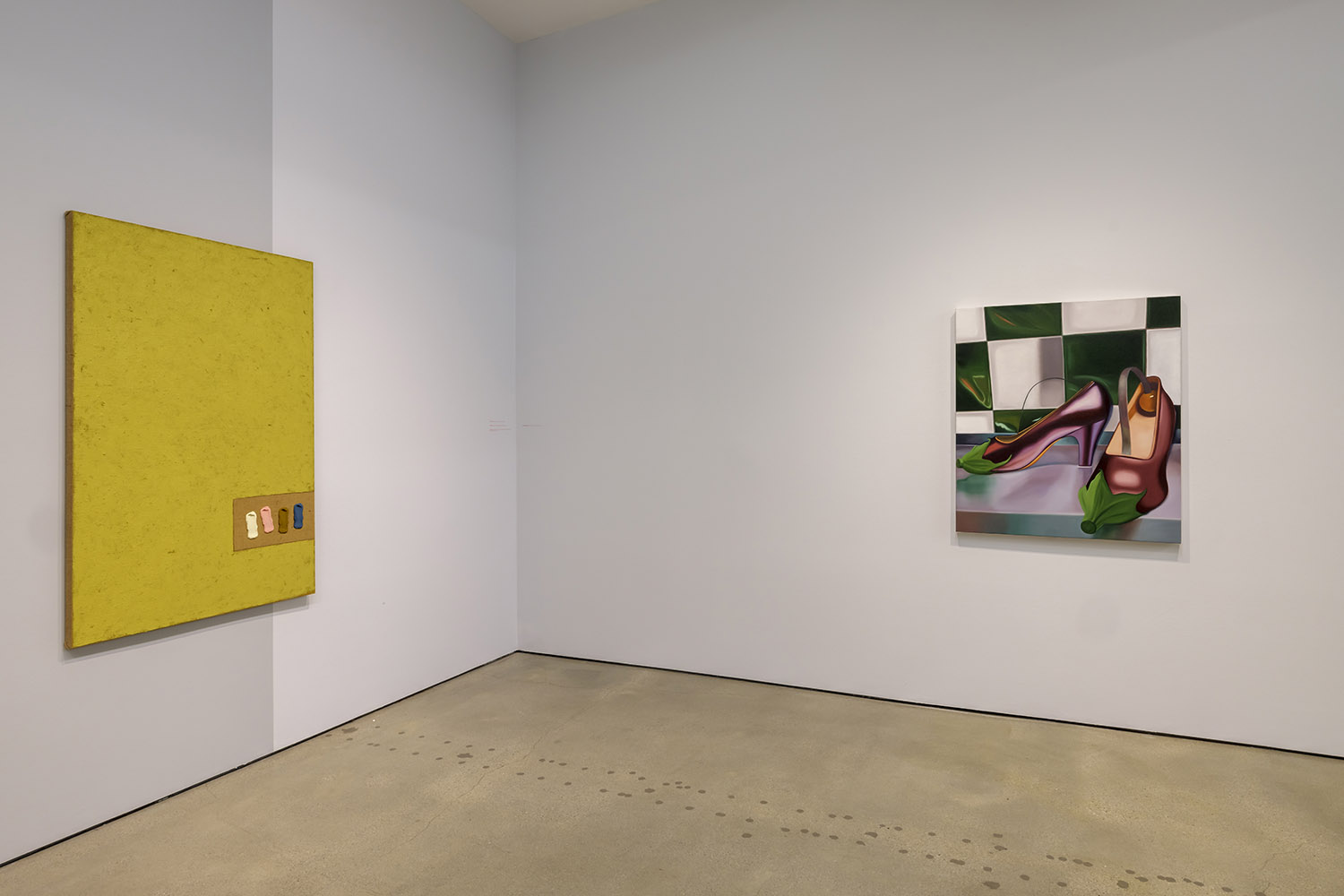
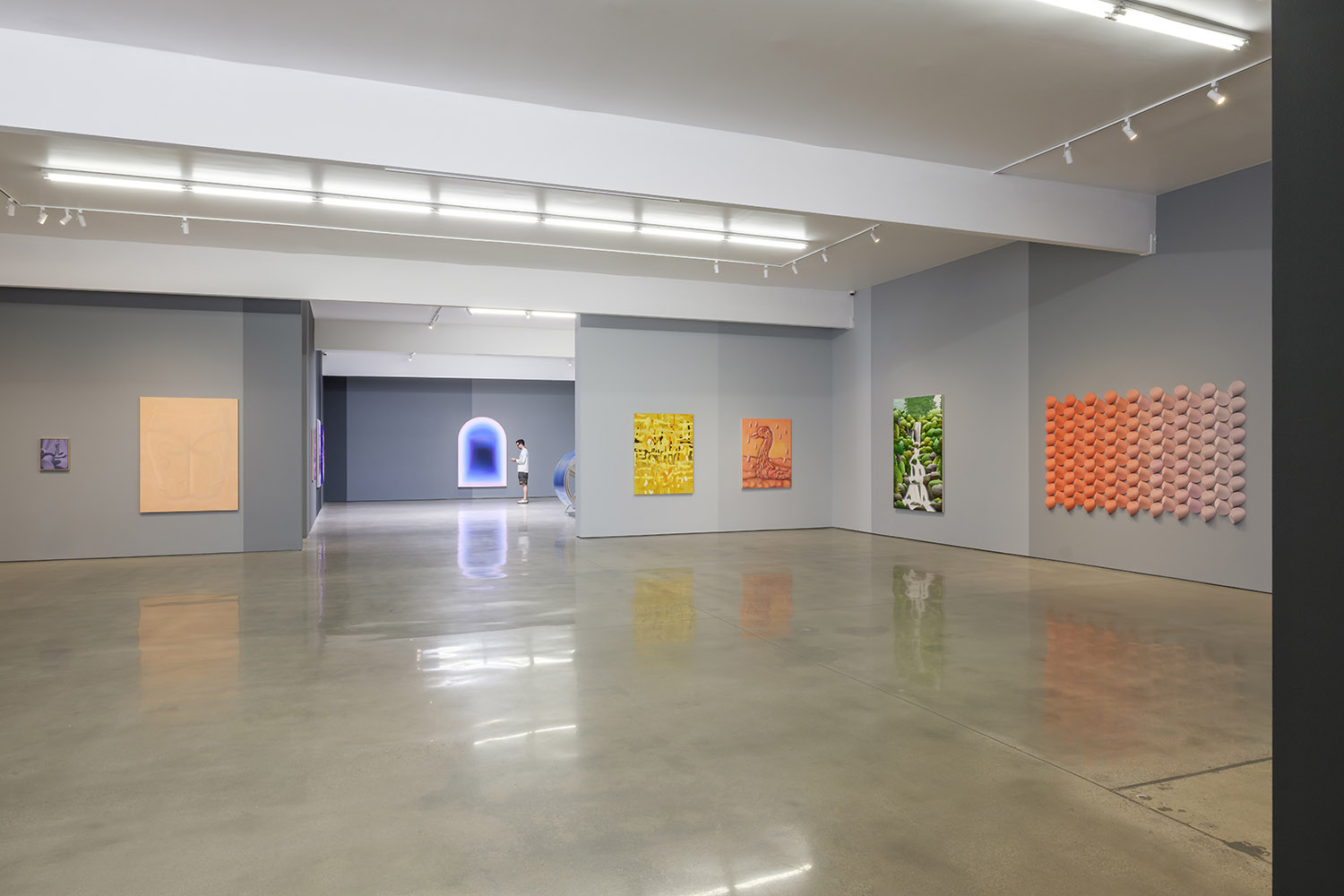
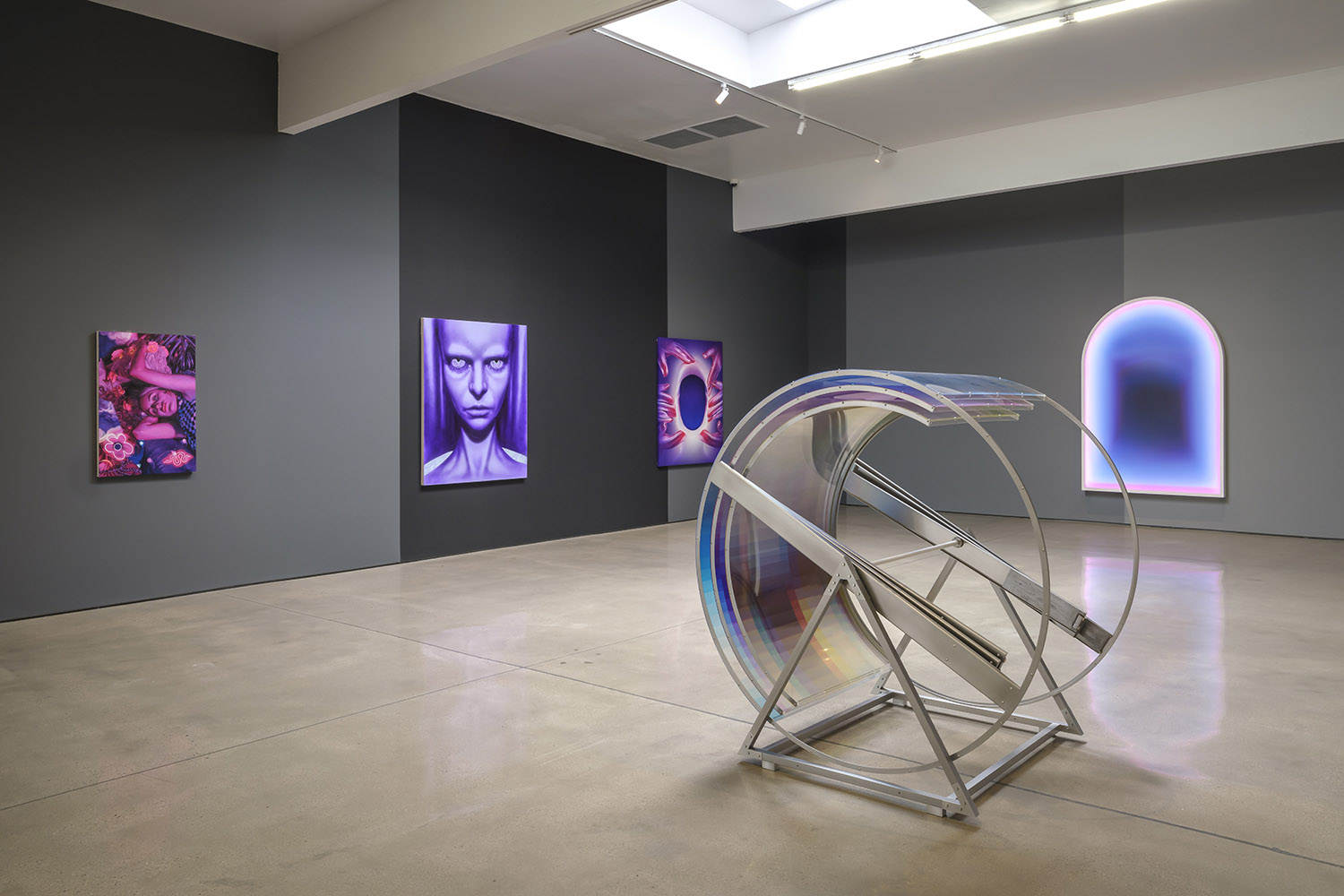
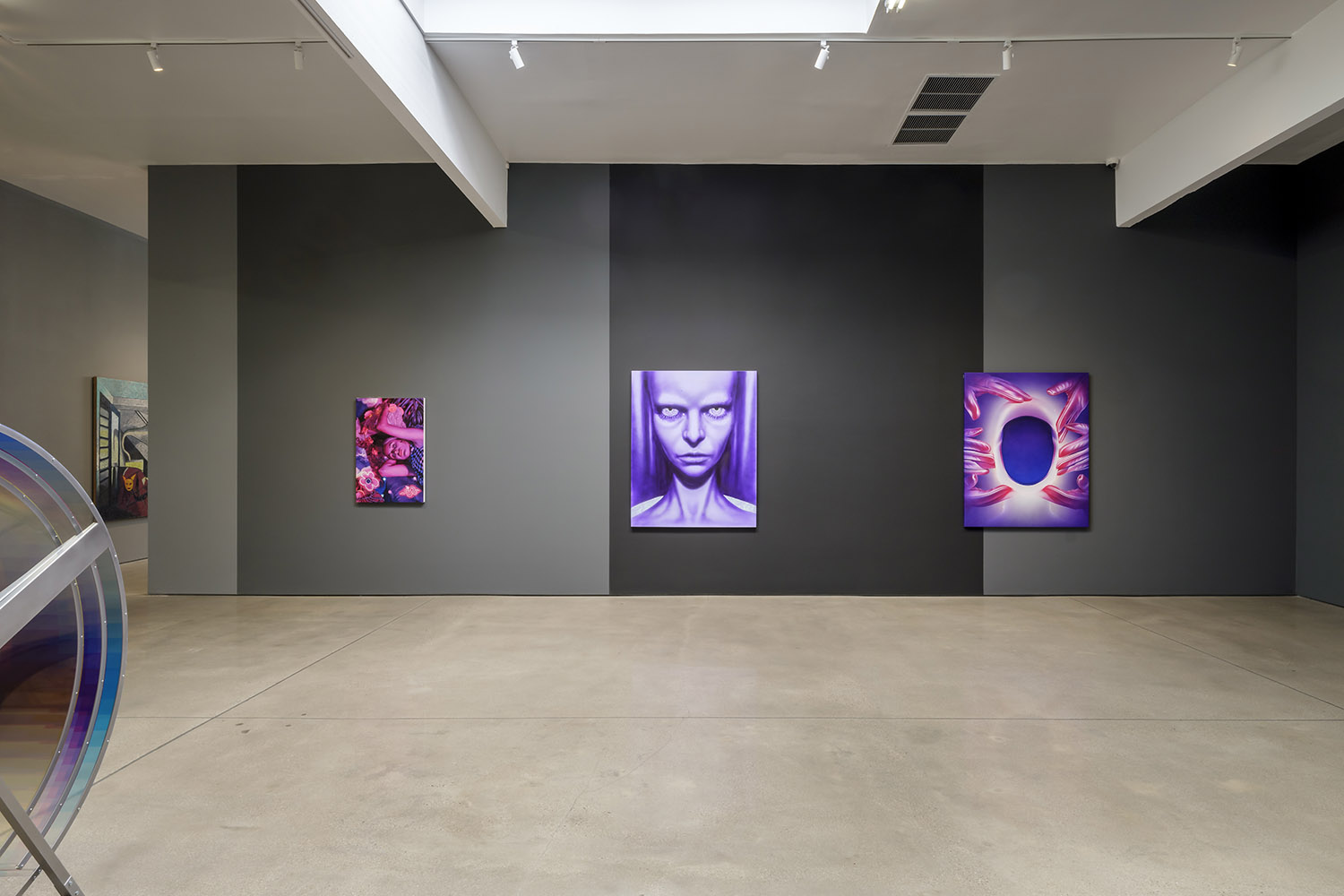
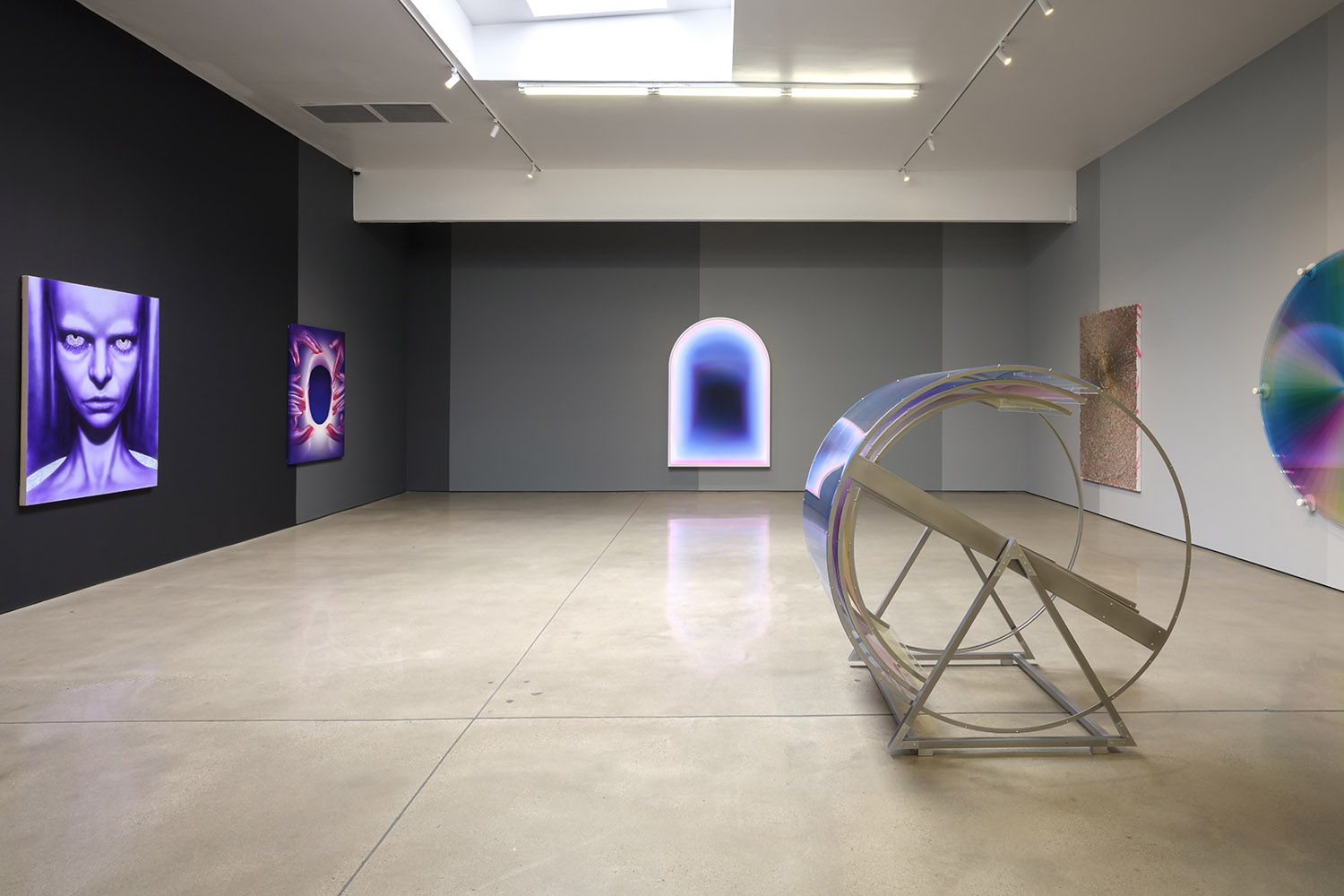
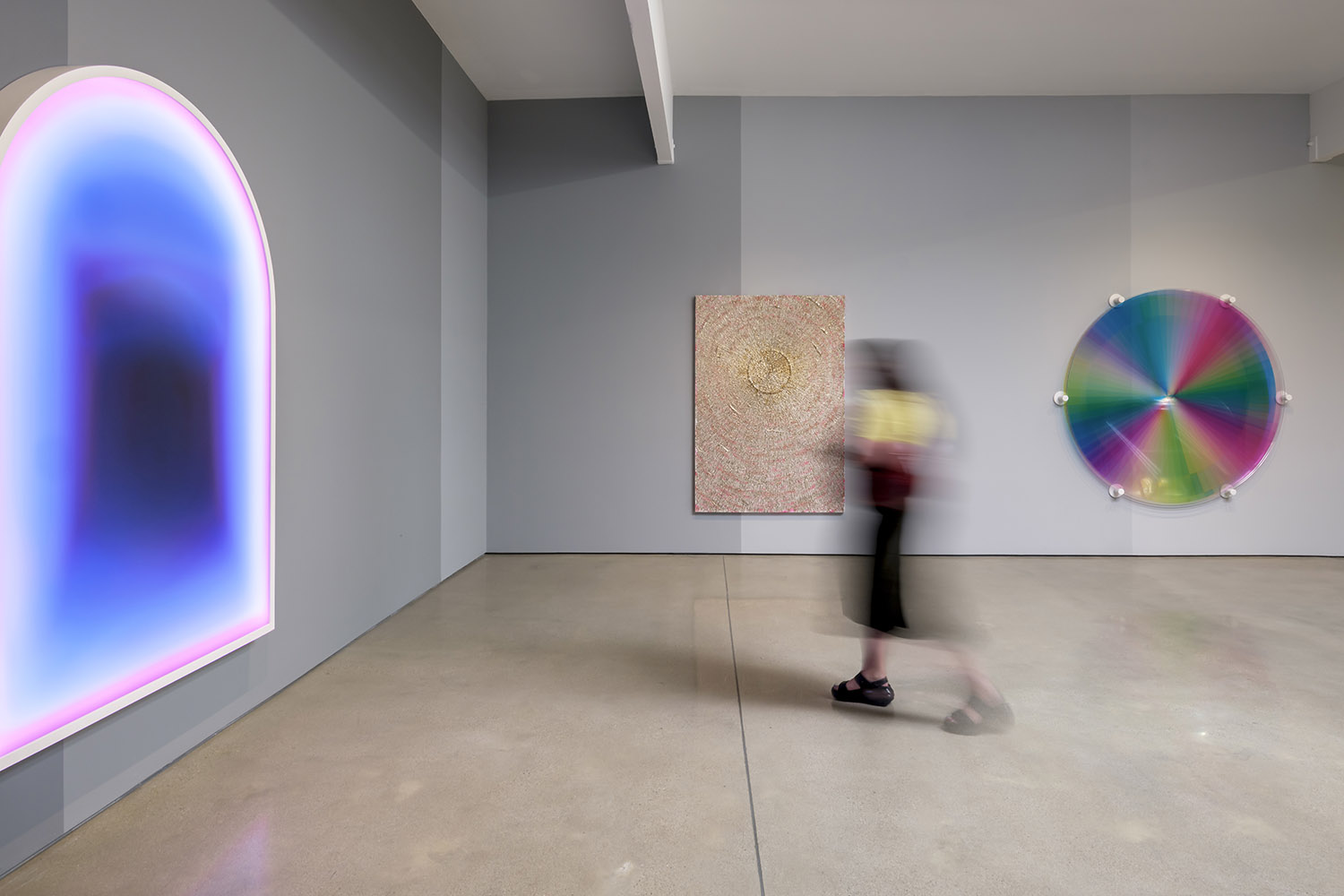
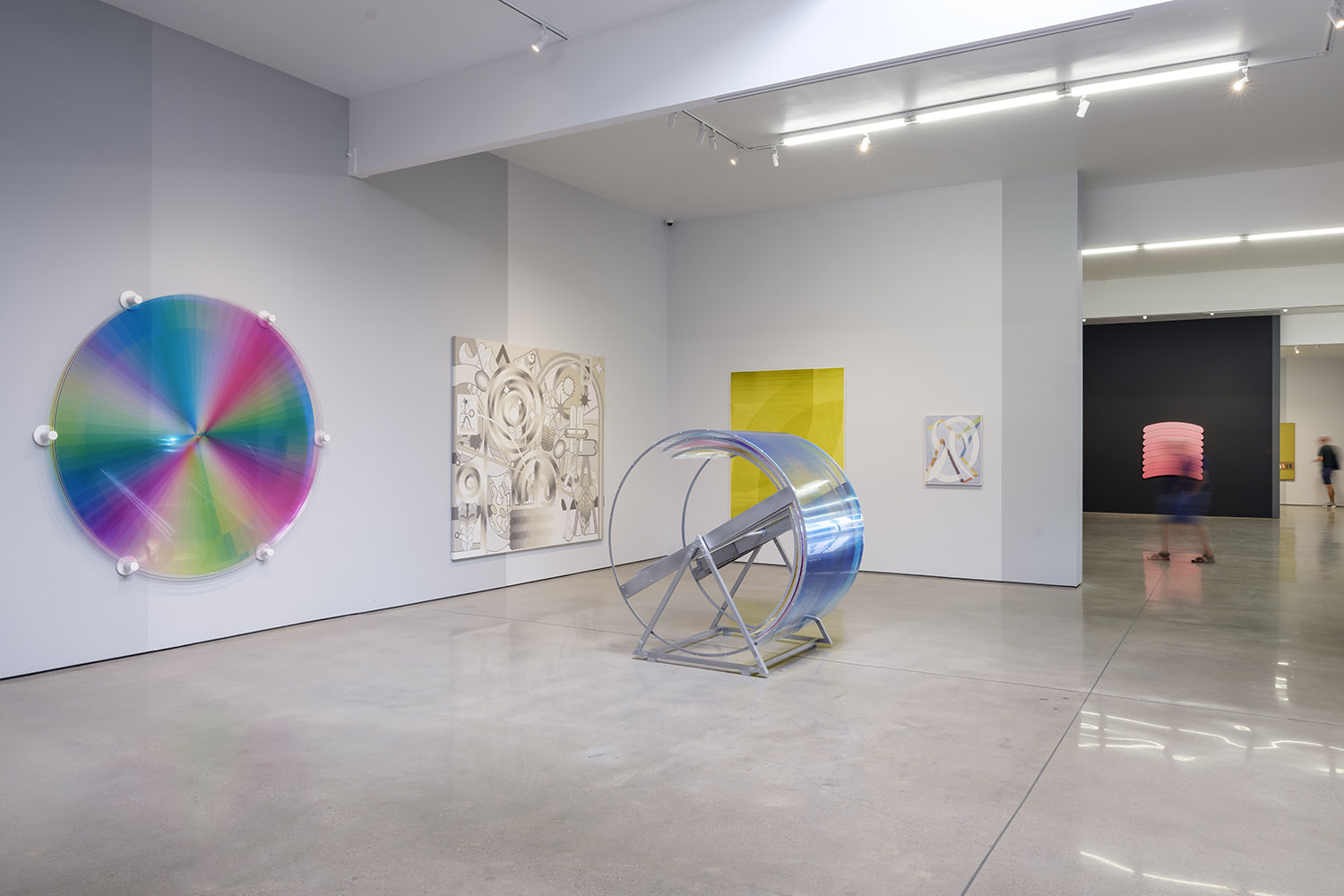
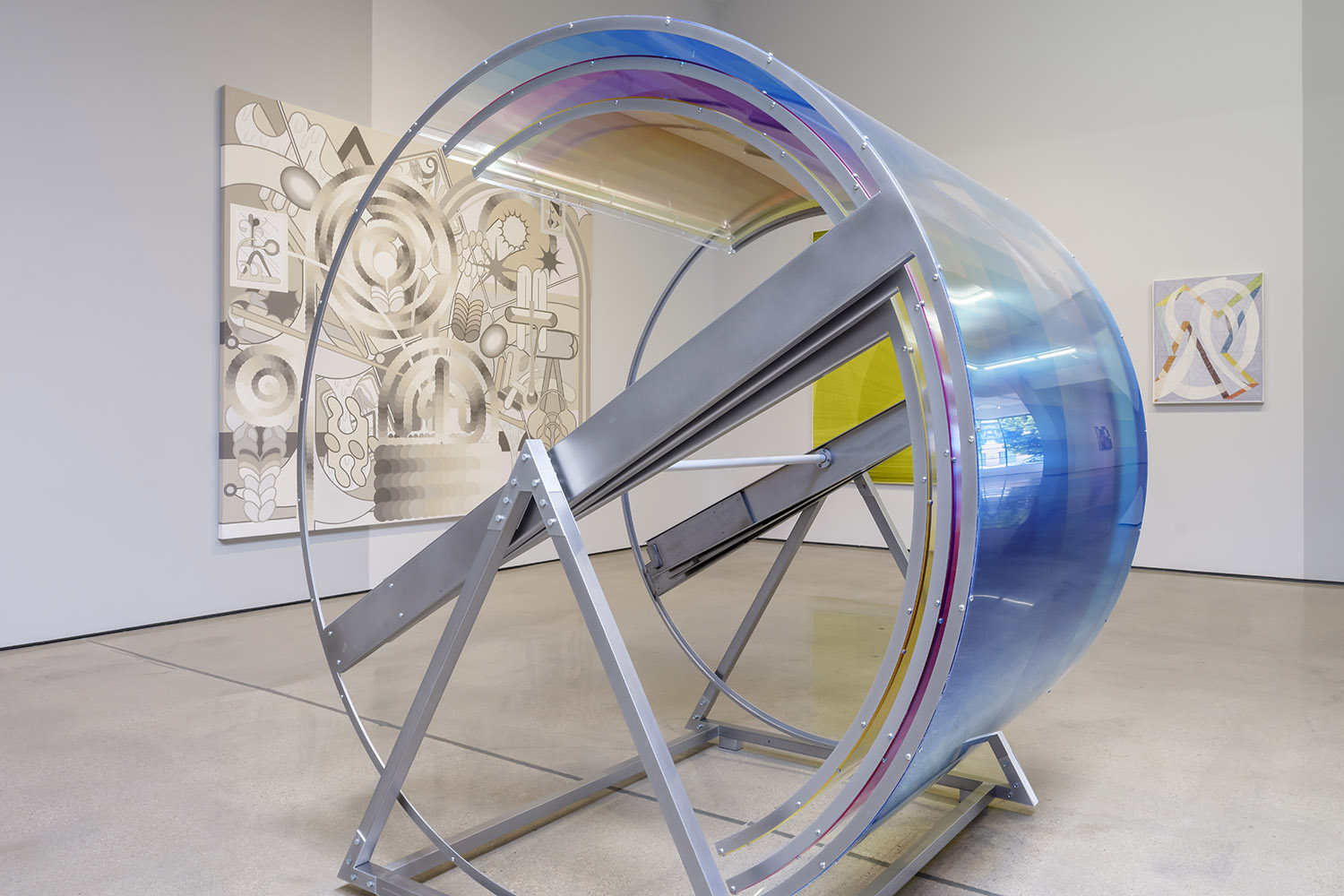
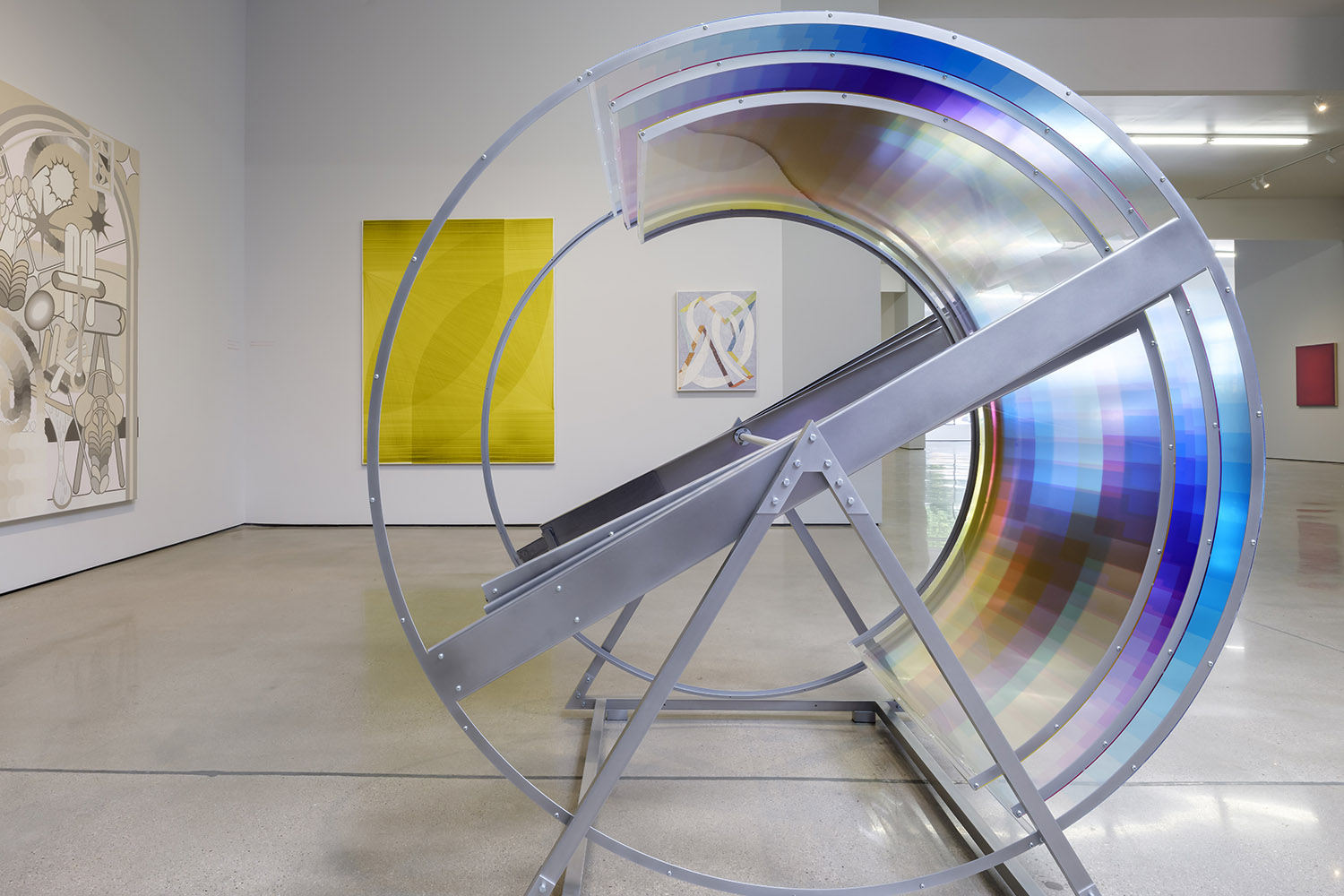
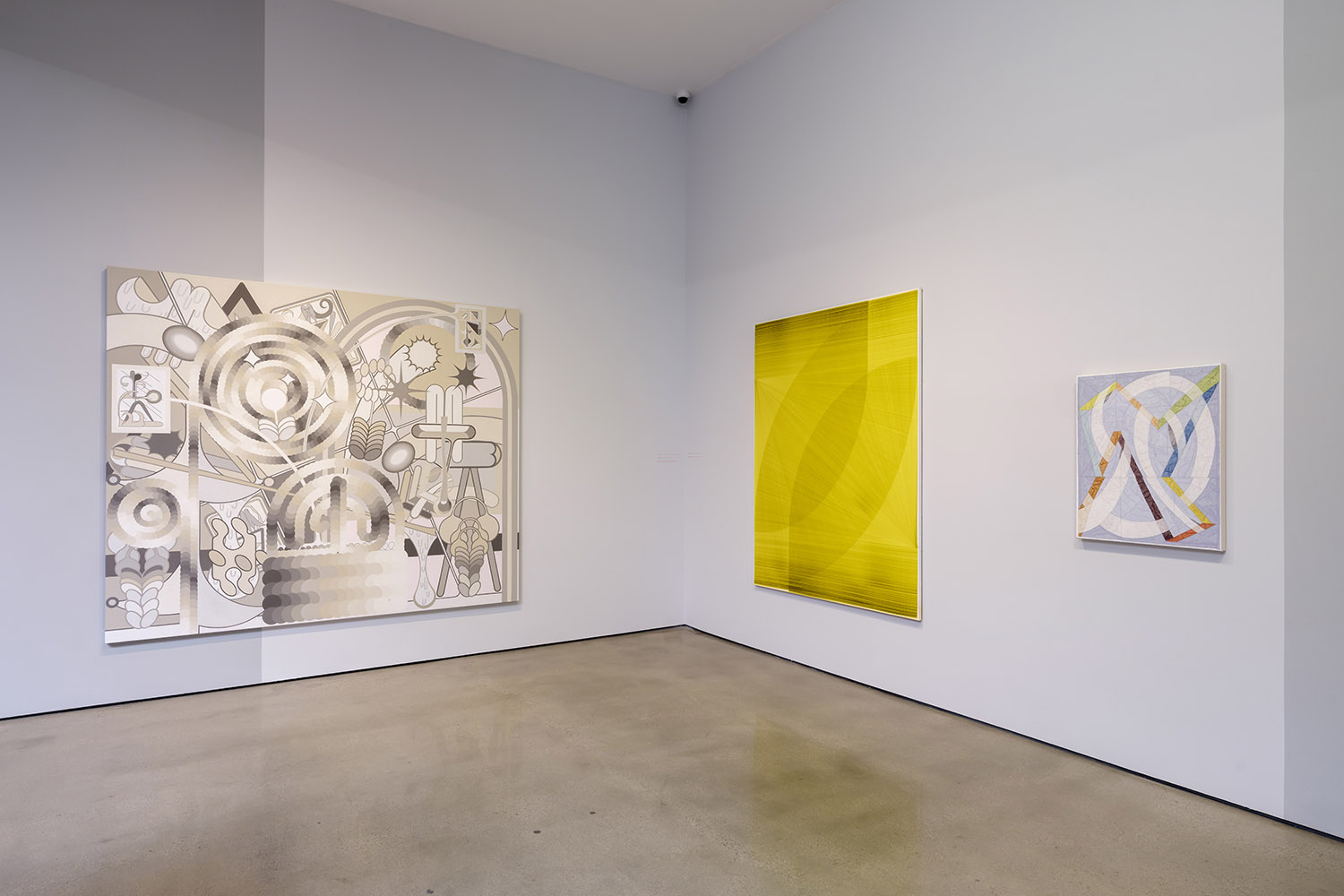
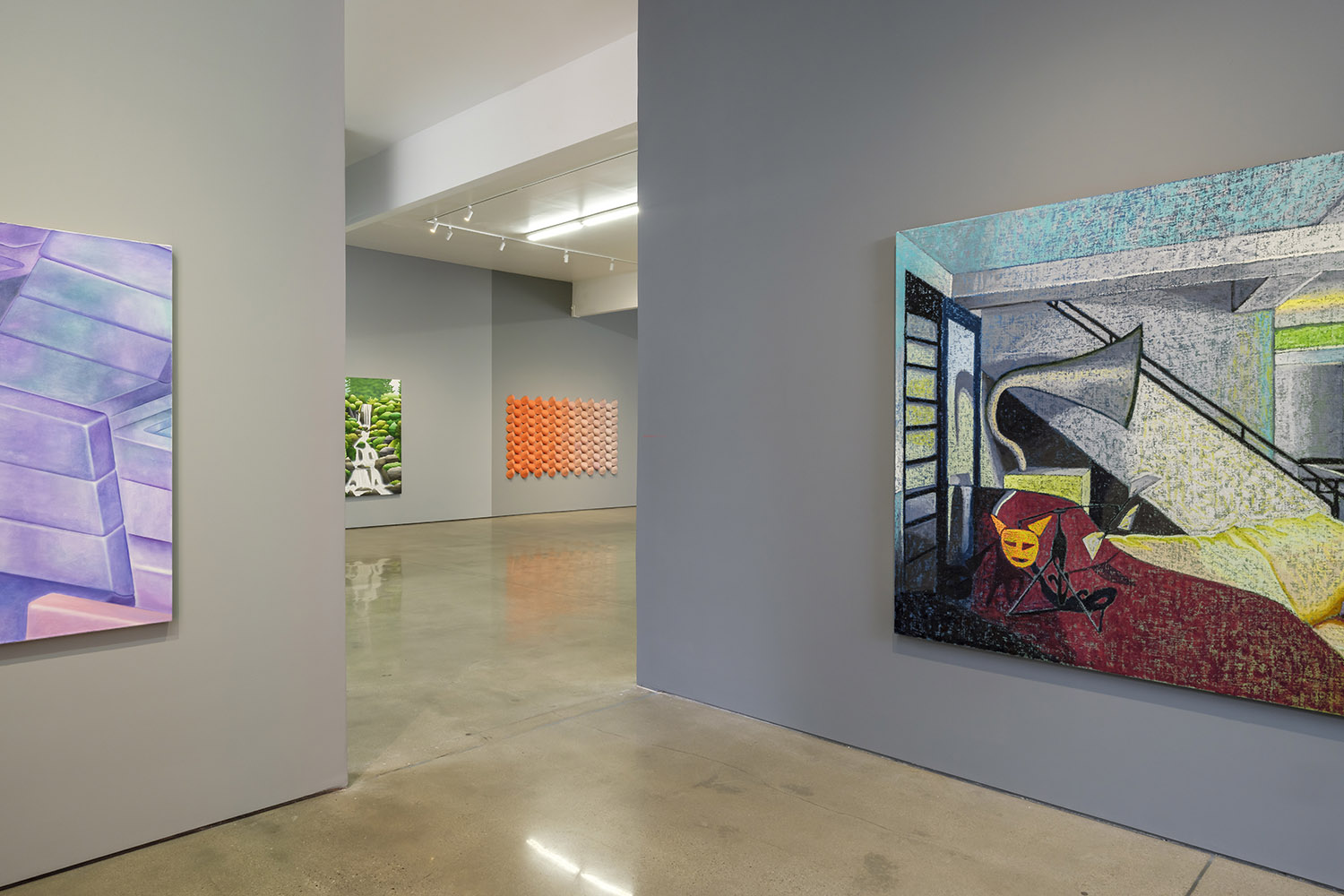
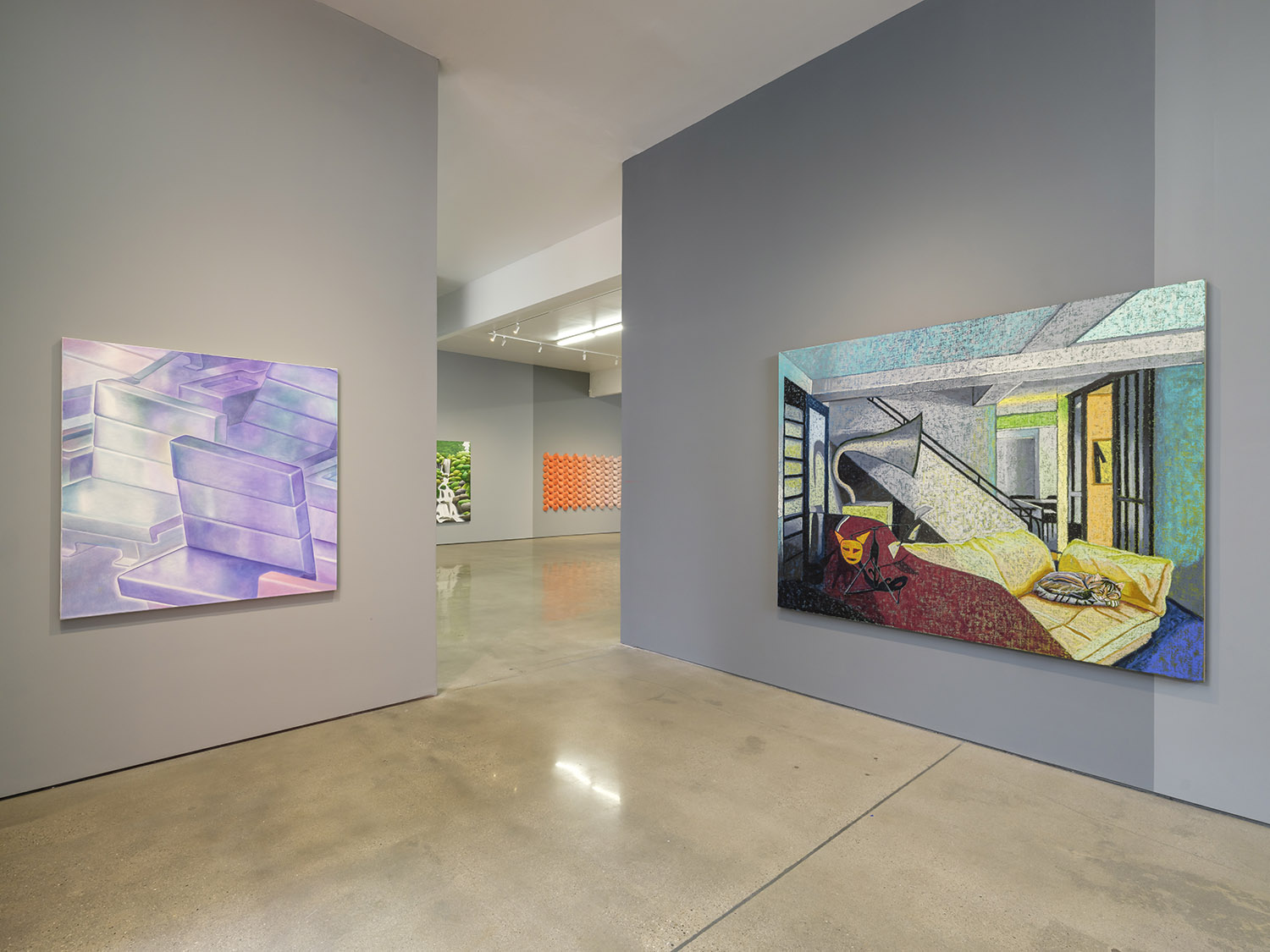
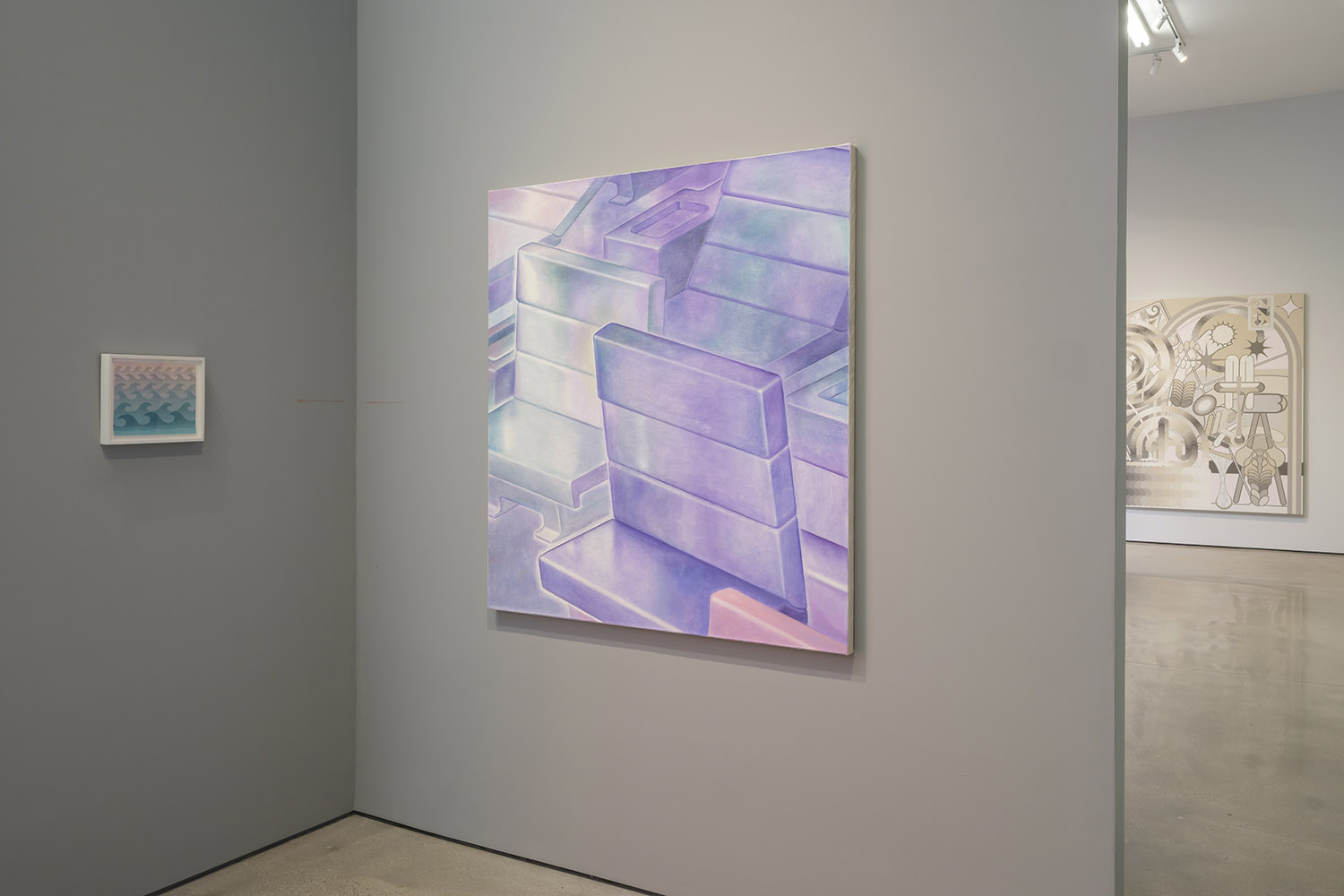
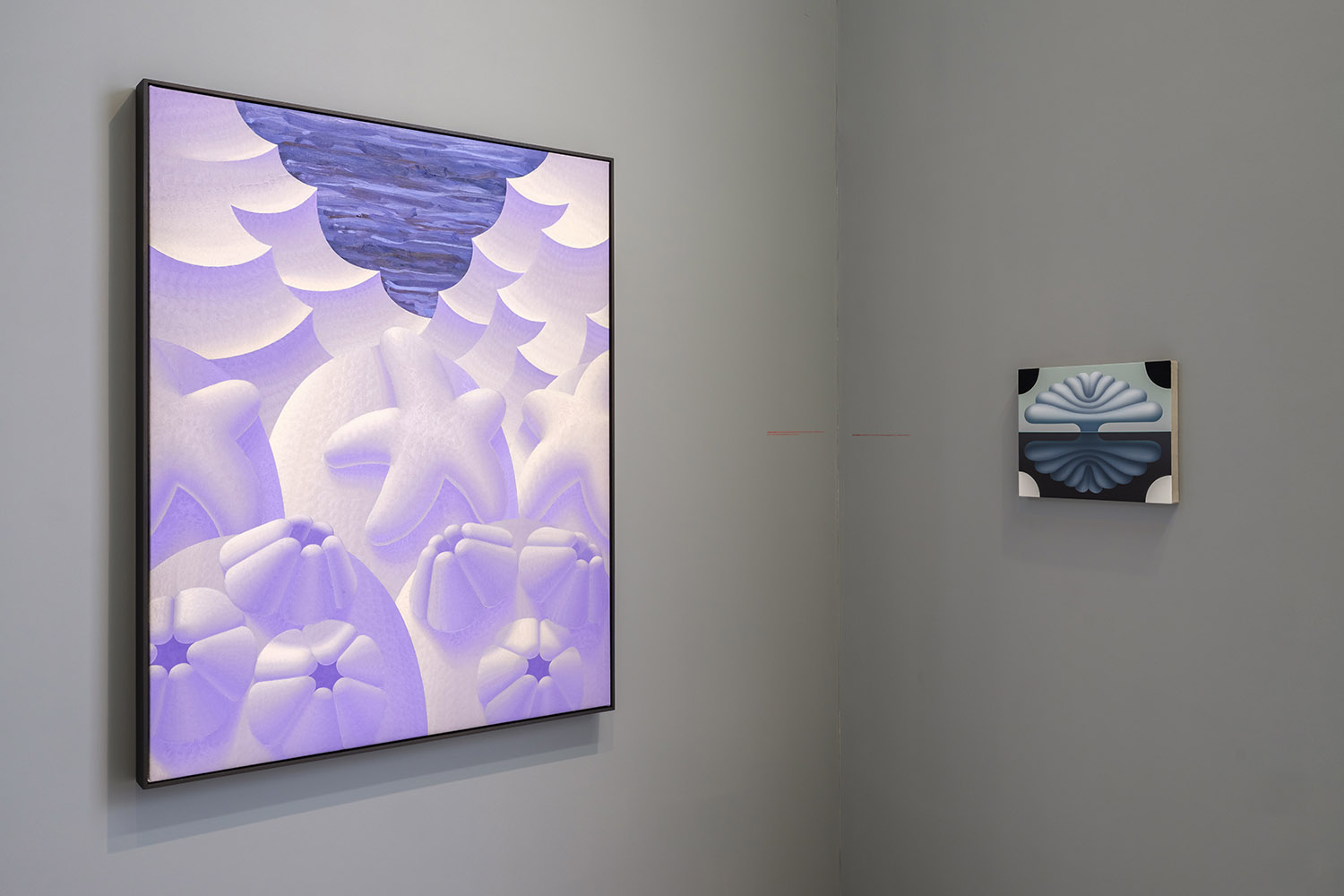
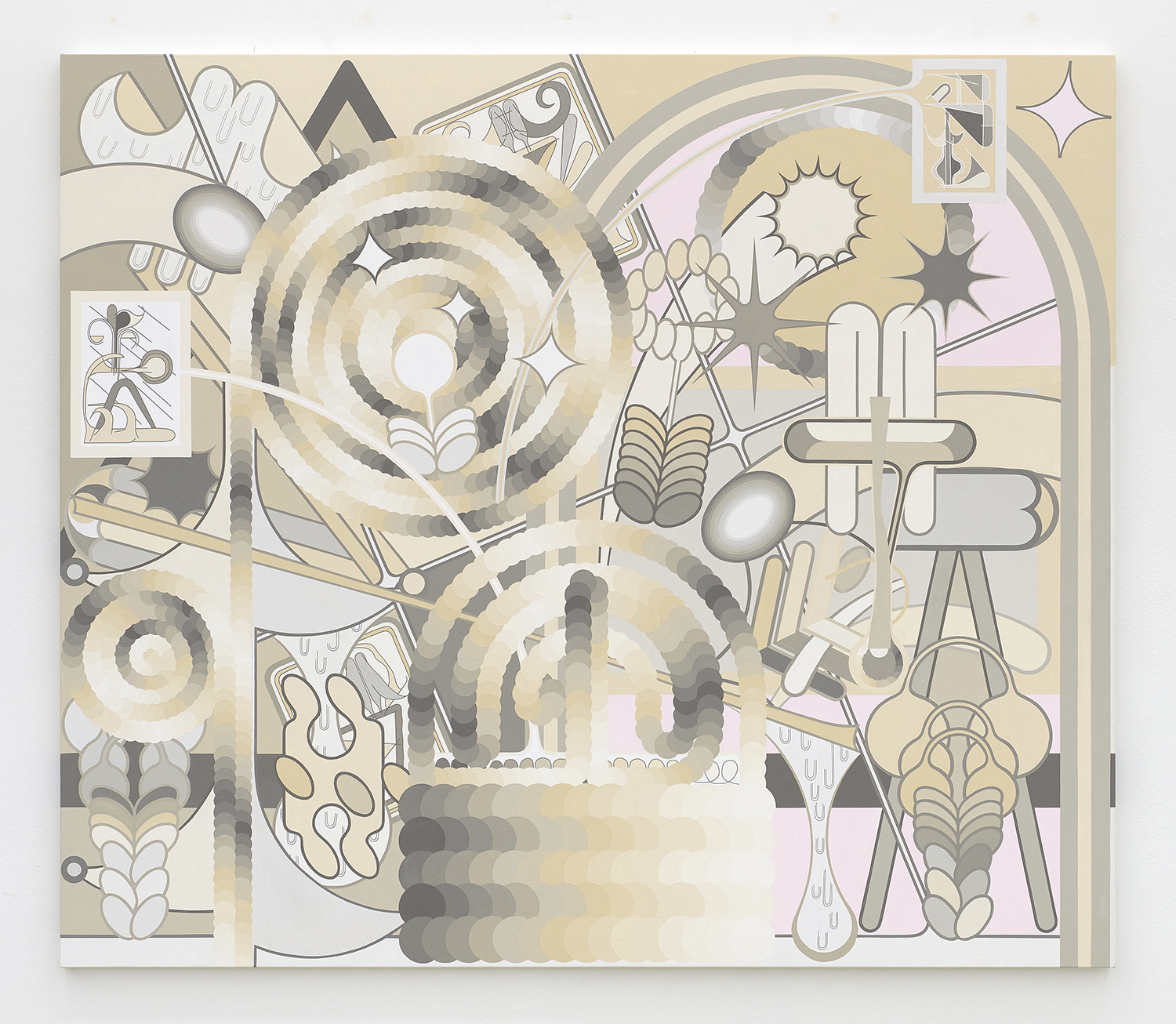
Eric Shaw, Curaga, 2023, acrylic on canvas, 83 x 96 inches, 211 x 244 cm.
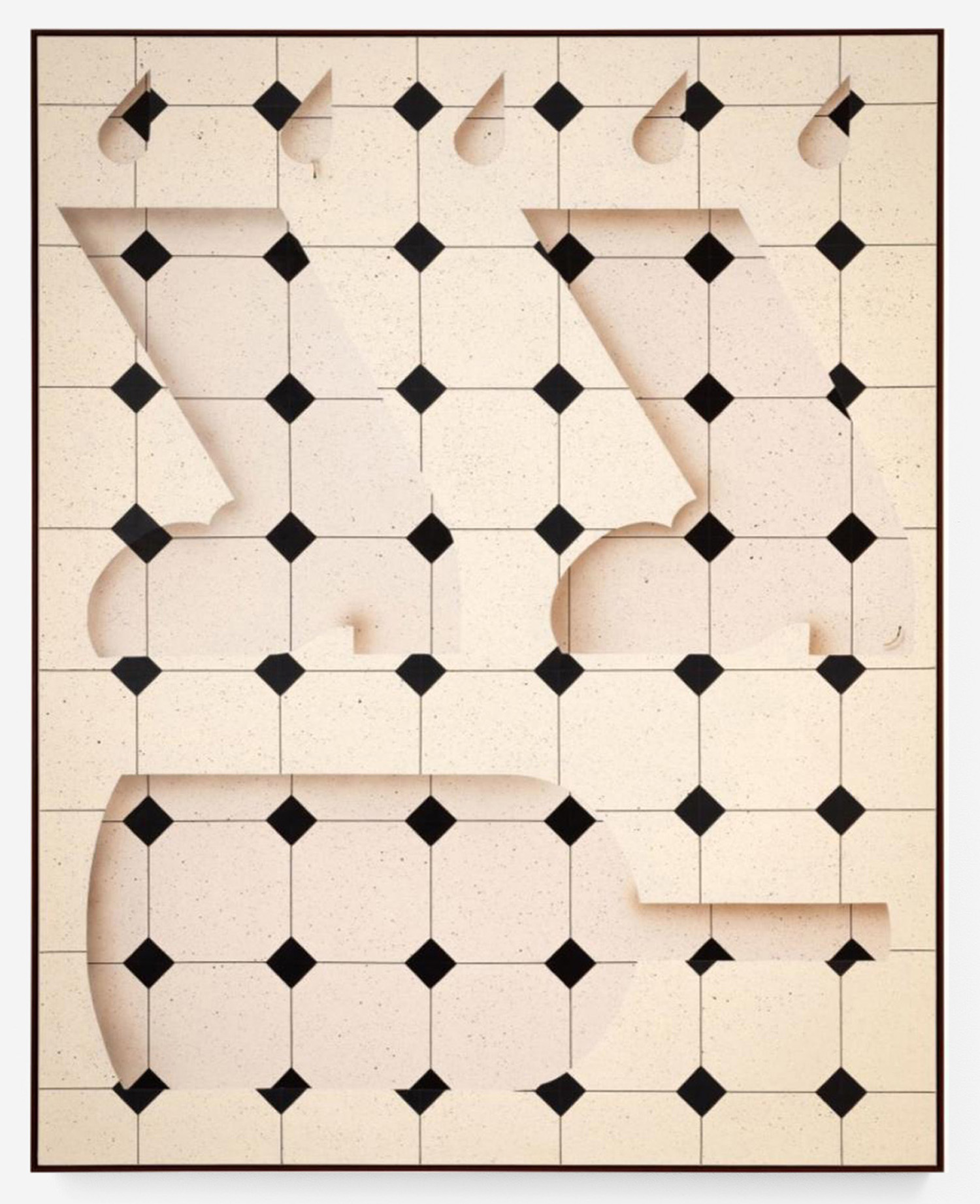
Charline Tyberghein, Where Are We Going And Why Are We In This Handbasket , 2023, acrylic on canvas, 79 x 63 inches, 200 x 160 cm.
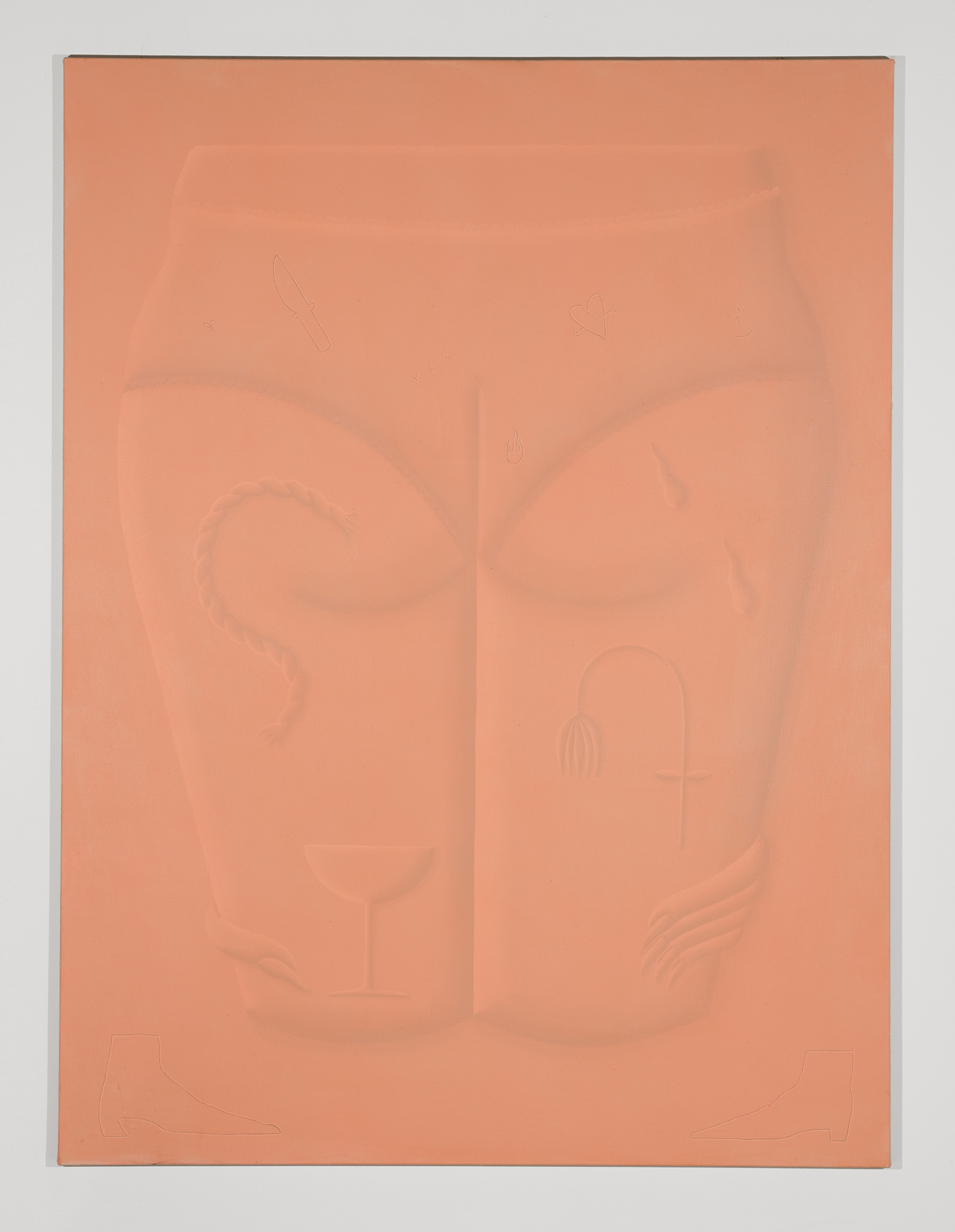
Charline Tyberghein, I’m Not A Girl I’m A Swarm of Bees, 2024, oil on canvas, 63 x 47 inches, 160 x 120 cm.
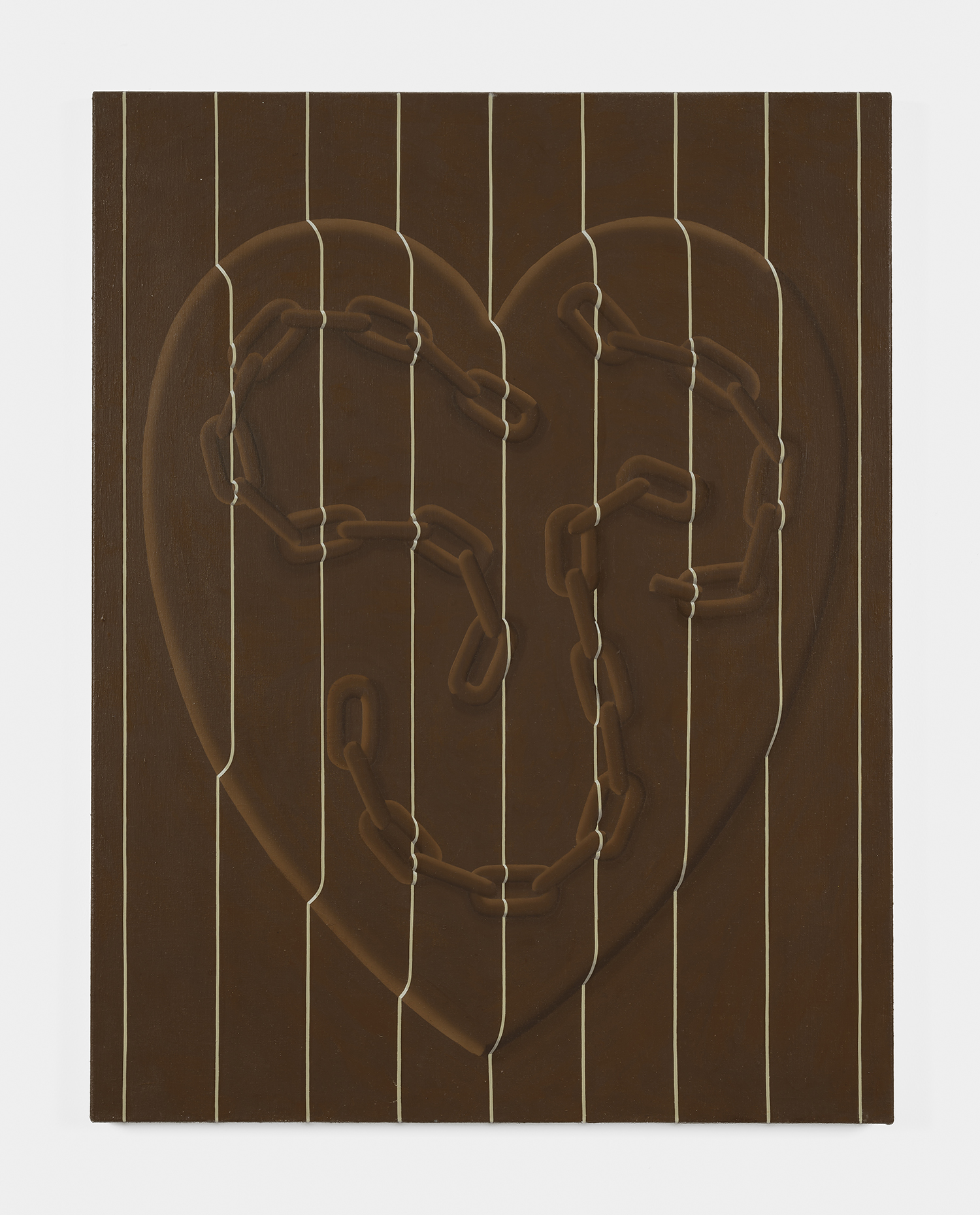
Charline Tyberghein, Untitled, 2023, acrylic on canvas, 35 x 28 inches, 90 x 70 cm.
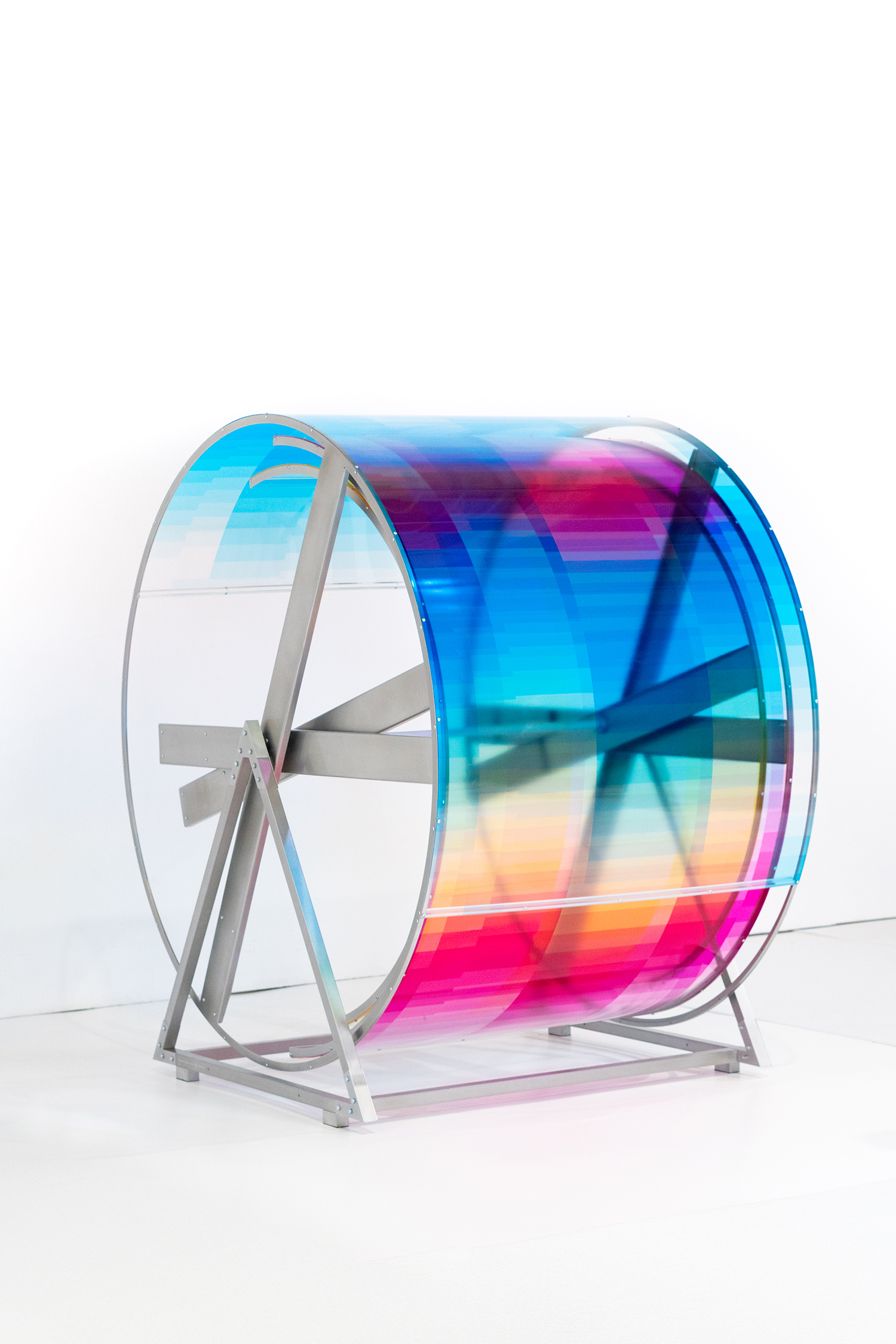
Felipe Pantone, SUBTRACTIVE VARIABILITY KOSMOS 3, 2023, UV paint, UHS lacquer, PMMA, aluminum, steel, ball bearings, 43 1/4 x 63 x 59 inches, 109.86 x 160.02 x 149.86 cm.
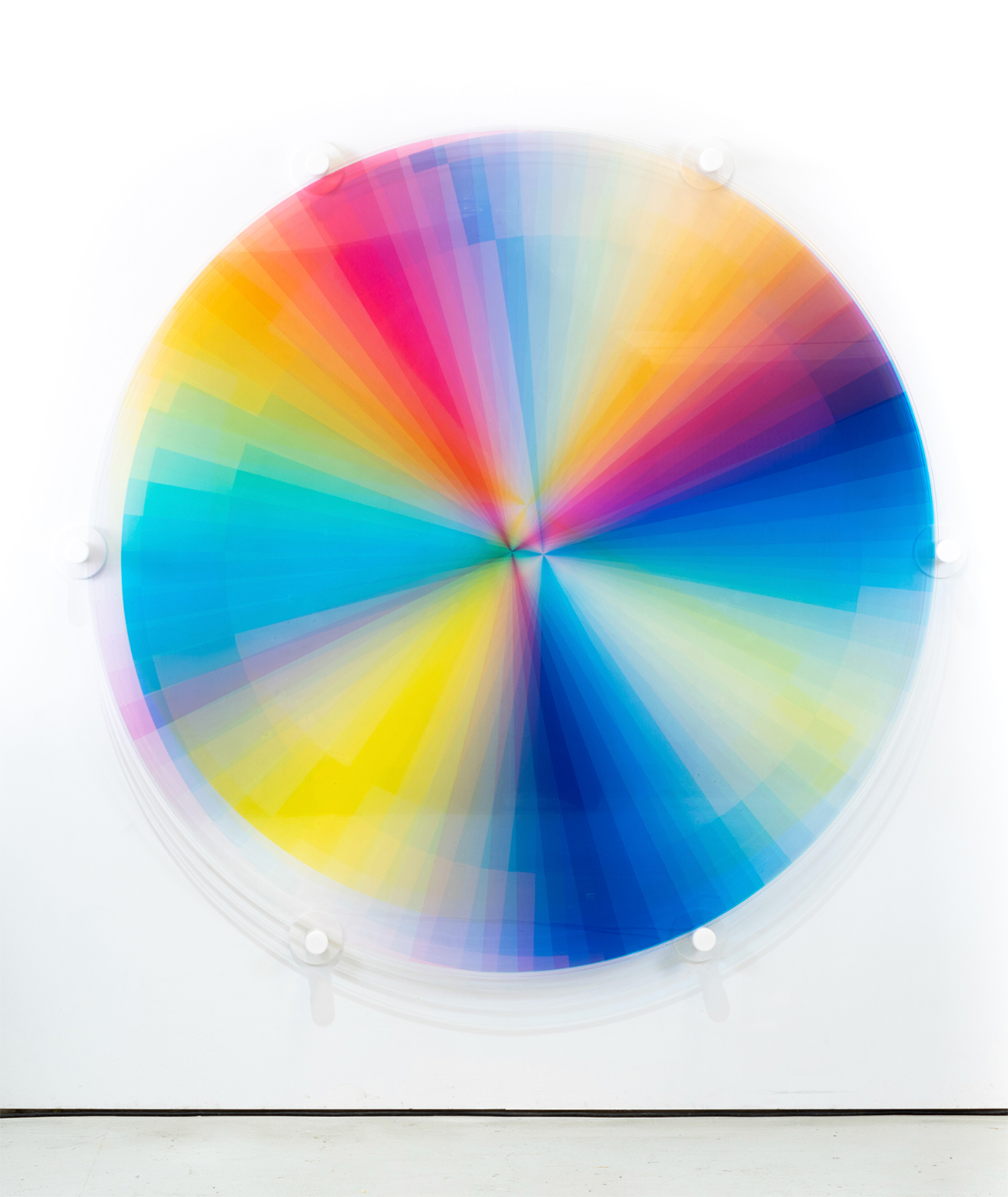
Felipe Pantone, Subtractive Variability Circular 20, 2022, UV paint on PMMA, 79 x 79 inches, 201 x 201 cm.
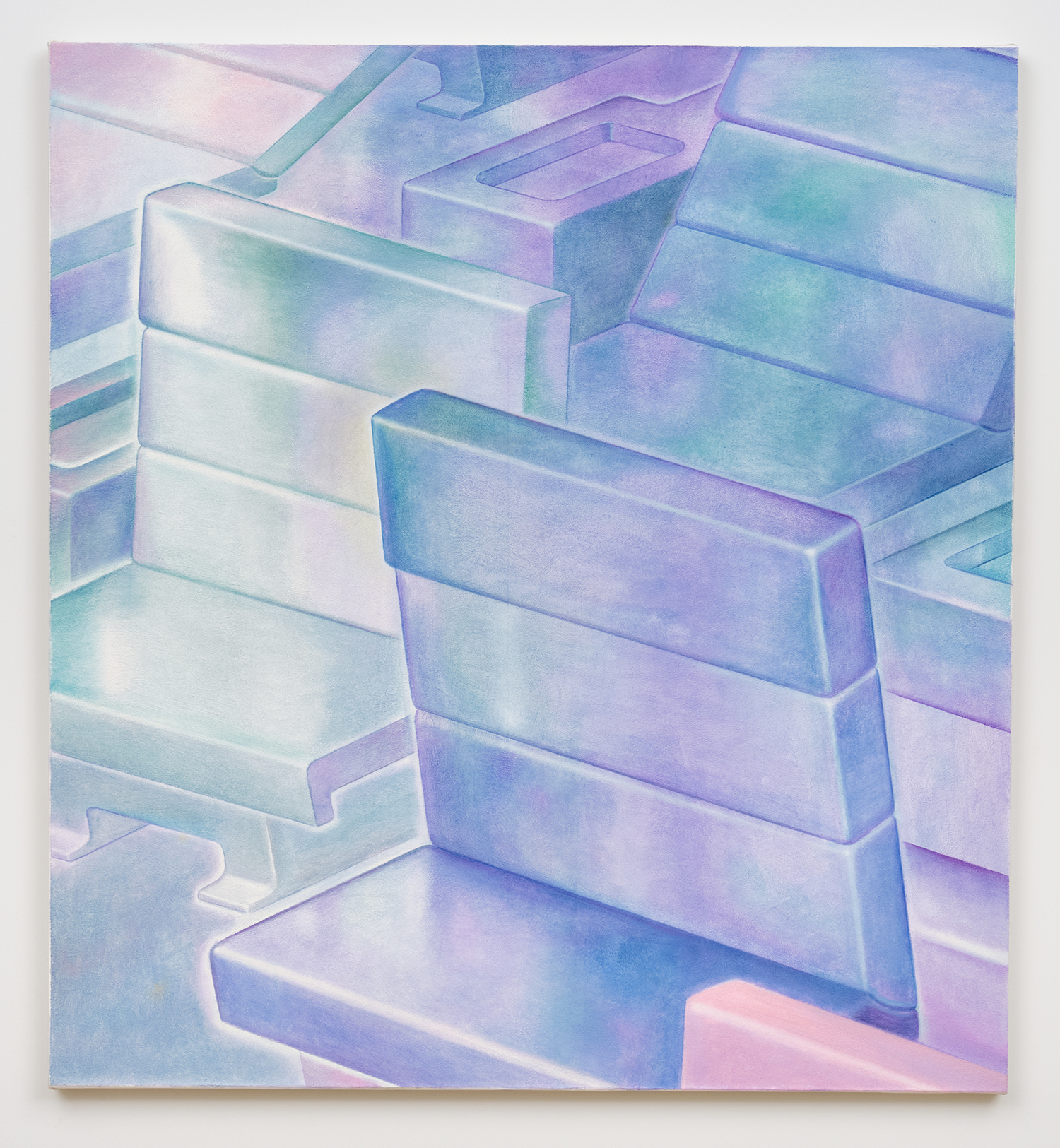
Richard Burton, Restrict, 2023, oil and sand on canvas, 51 x 47 inches, 130 x 120 cm.
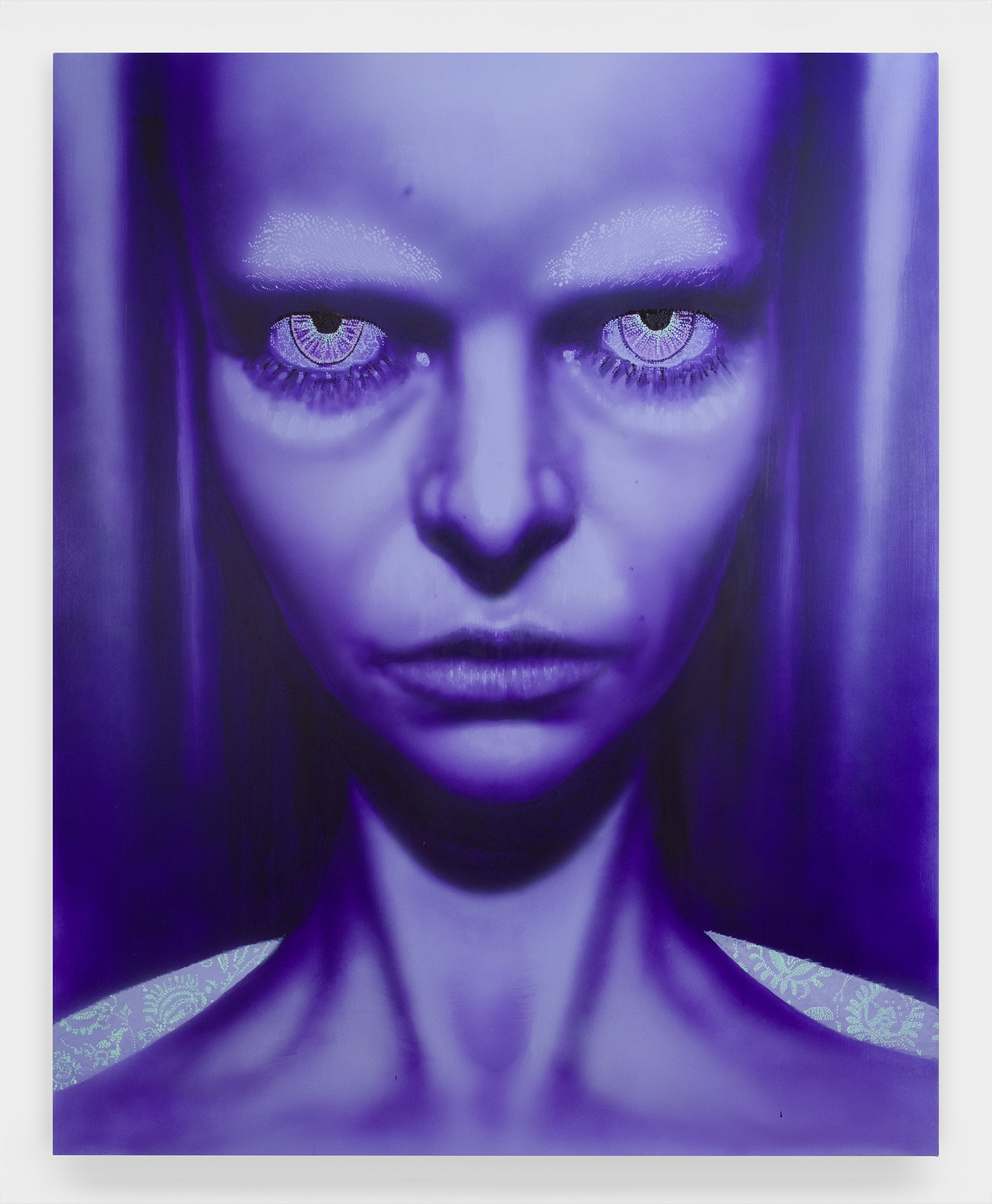
Tim Brawner, Character Head 1, 2023, acrylic on canvas, 60 x 48 inches, 152 x 122 cm.
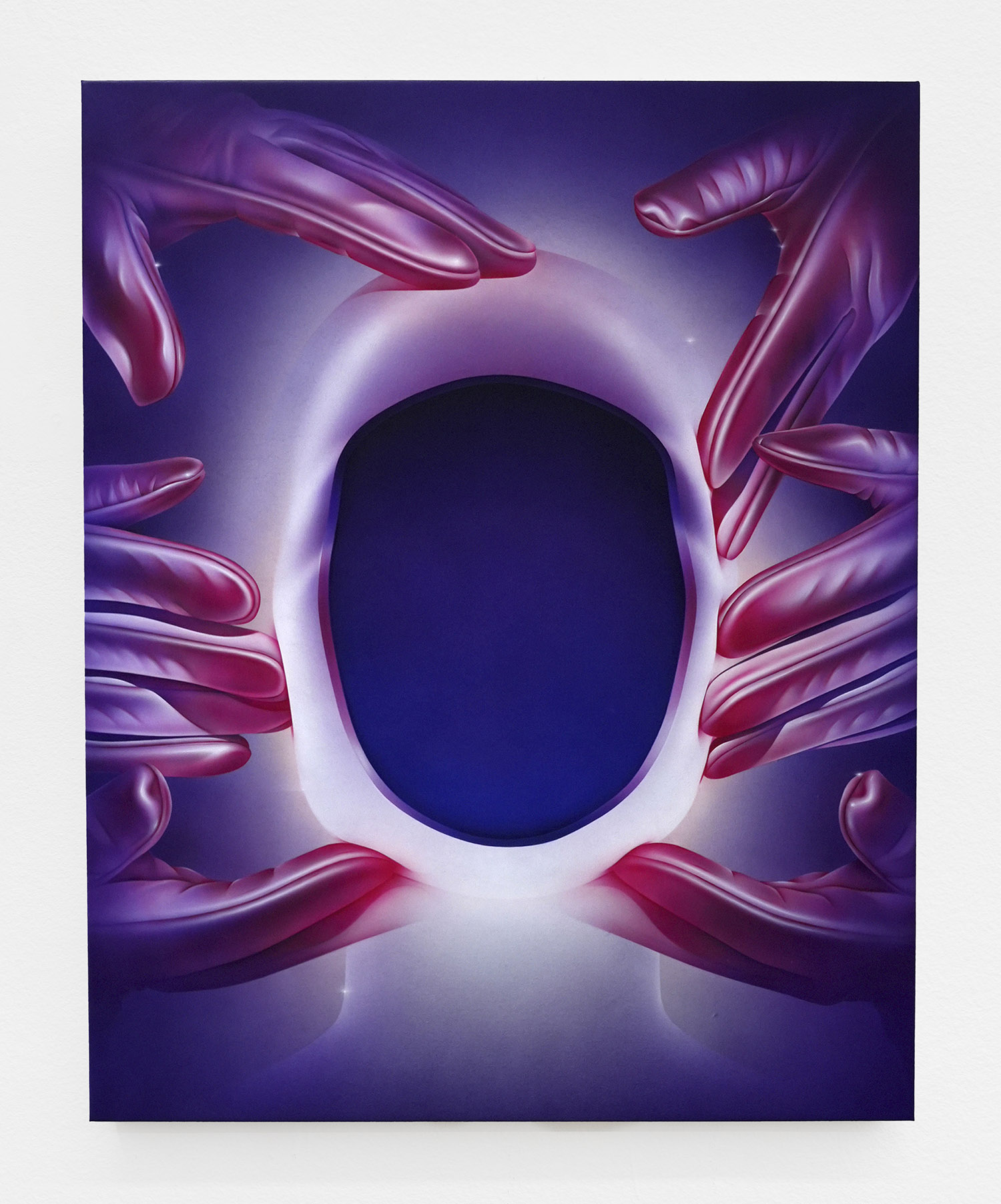
Aiste Stancikaite, Movement, 2024, oil and acrylic on linen, 59 x 47 inches, 150 x 120 cm.
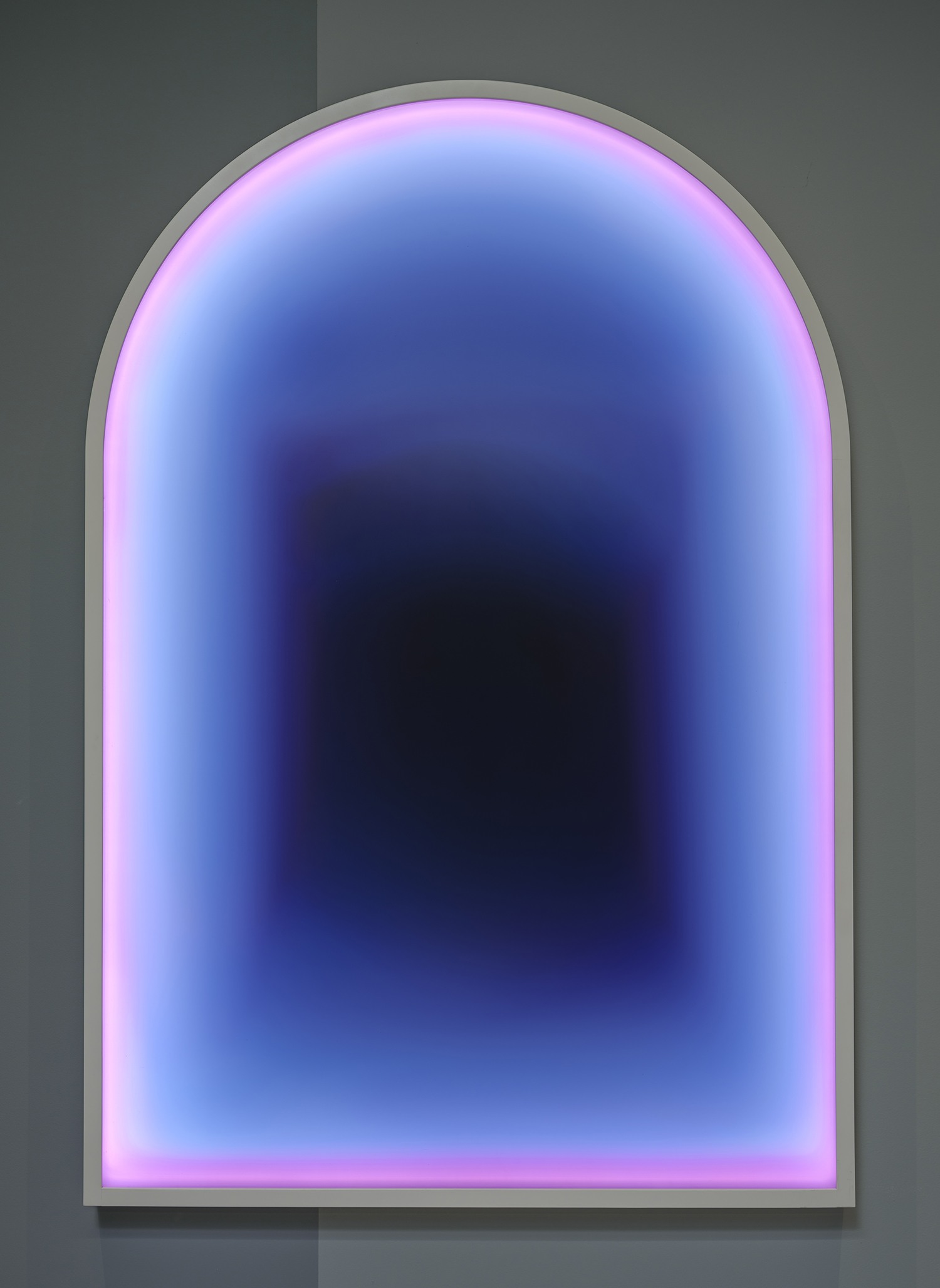
Nick Thomm, The Arch, ink, LED, acrylic and wood, edition 3/3, 87 x 63 inches, 220 x 150 cm.
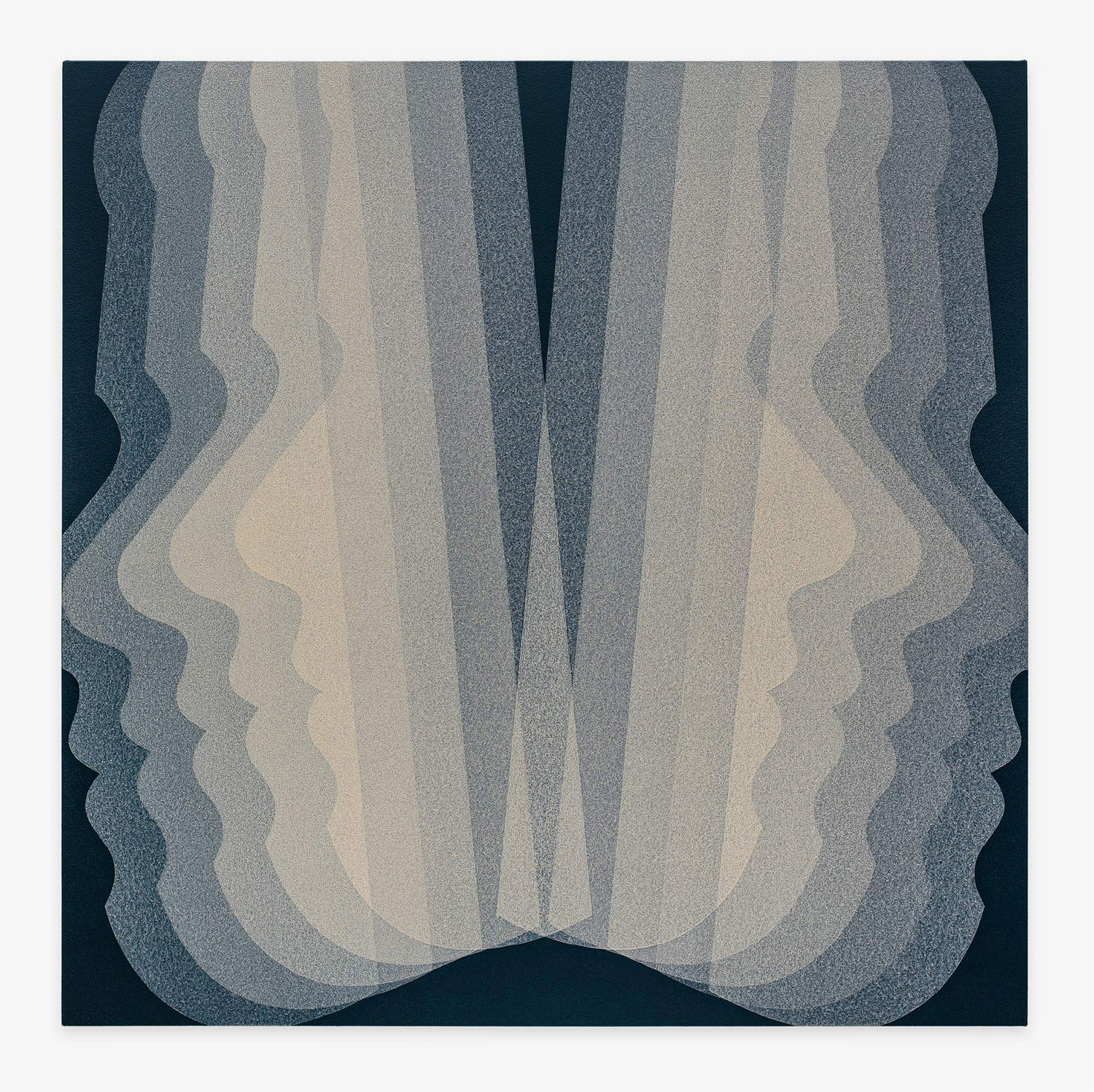
Marina Kappos, No. 183, 2023, acrylic on canvas, 58 x 58 inches, 147 x 147 cm.
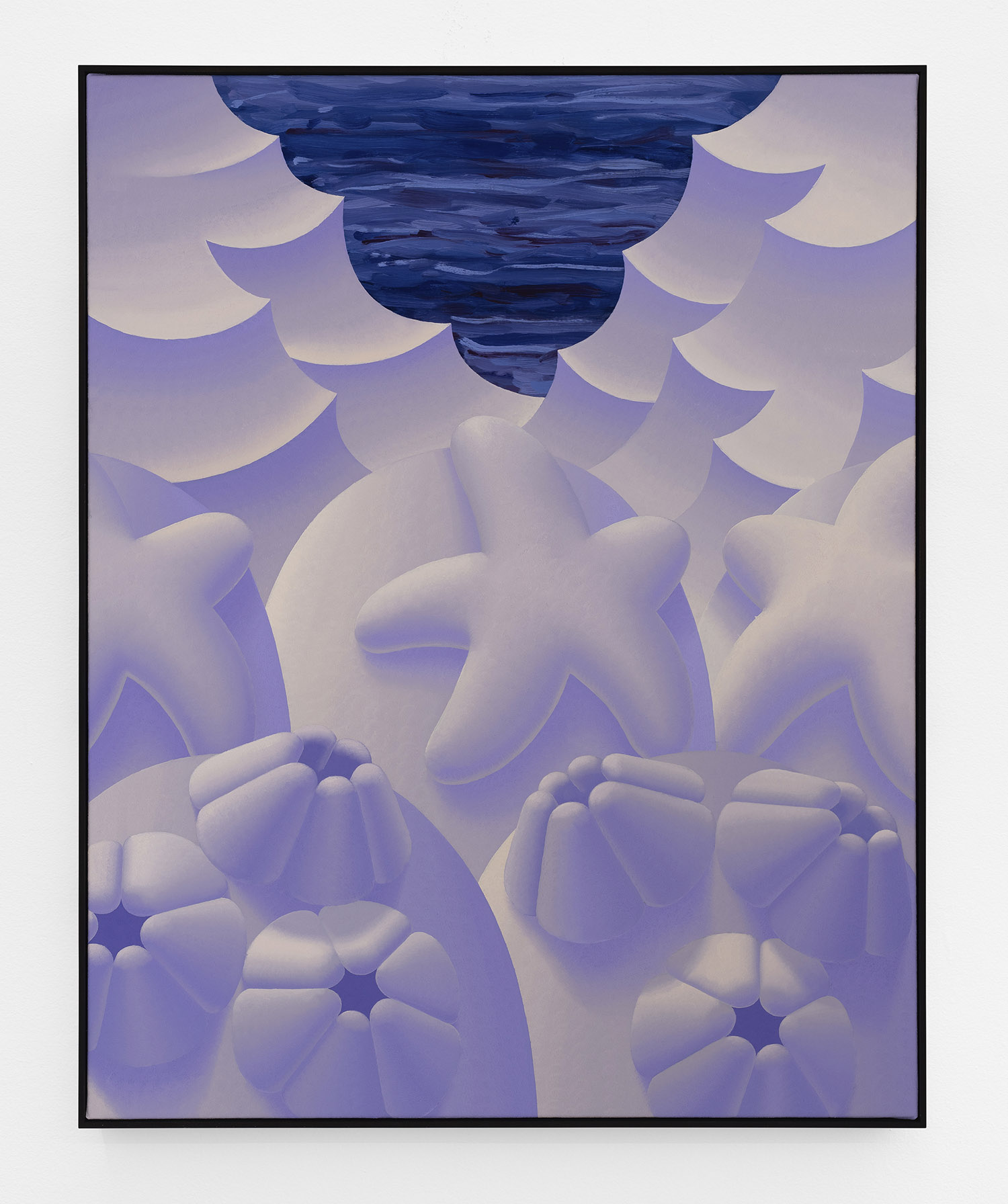
Laurens Legiers, Untitled (Snowy Barnicles and Sea Stars), 2024, oil on canvas, 47 x 38 inches, 120 x 95 cm, framed: 48 1/4 x 38 3/8 inches, 122.5 x 97.5 cm.
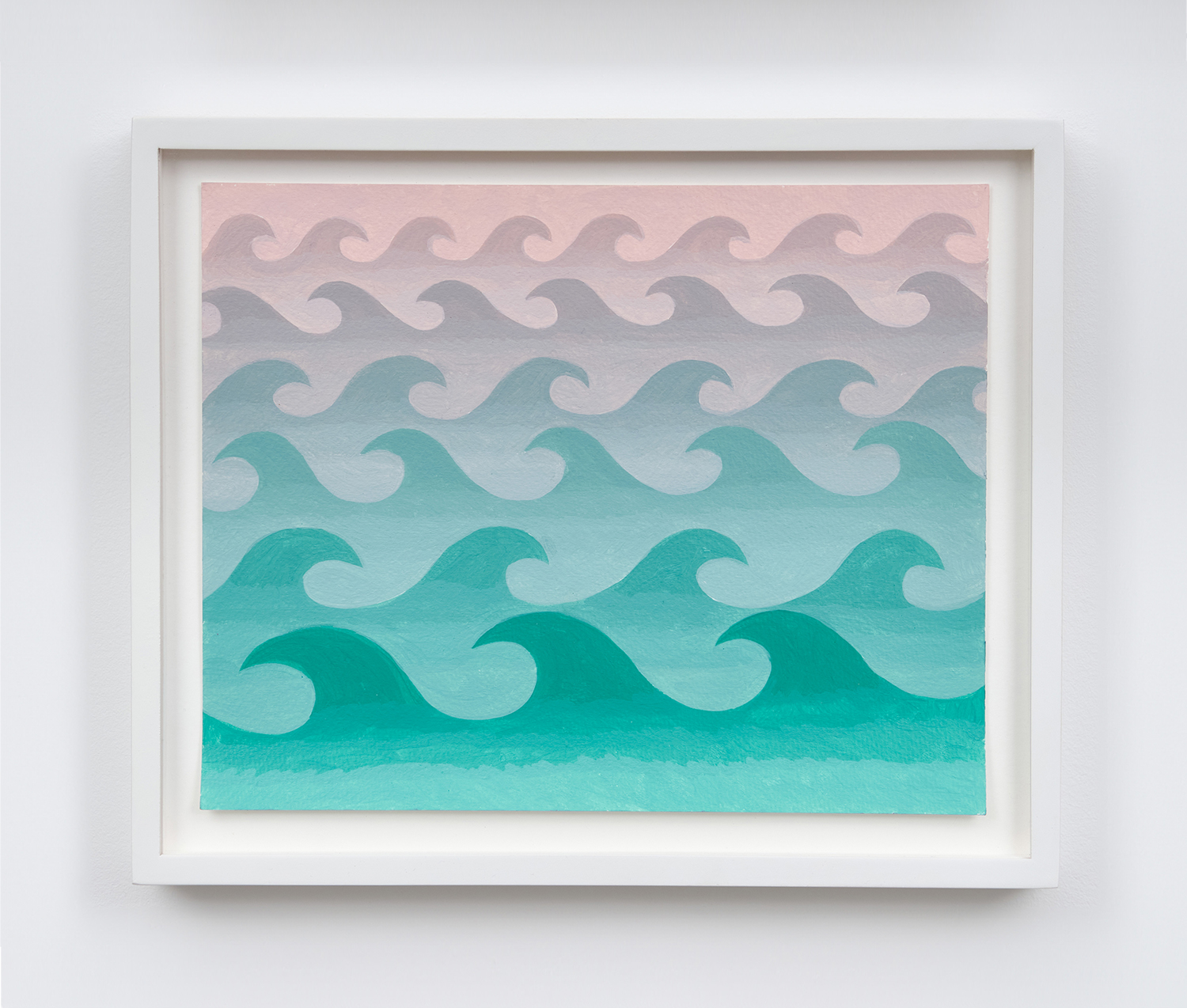
Amy Lincoln, Misty Waves Study, 2024, acrylic on paper, 8 x 10 inches, 20 x 25 cm, framed: 9 3/4 x 11 3/4 inches, 25 x 30 cm.
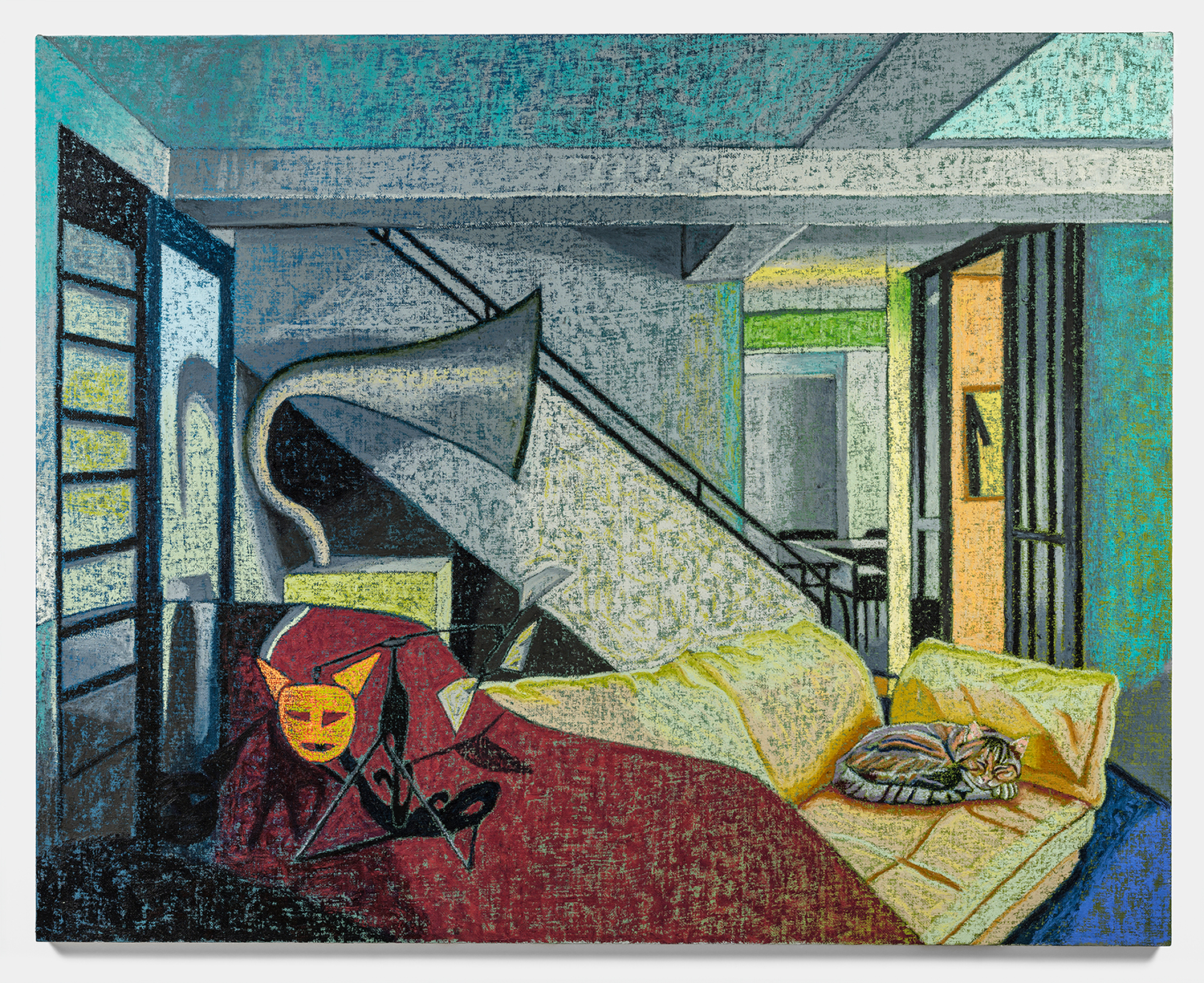
JJ Manford, Kimiaki Ashino Interior with Calder Mobile, 2023, oil stick, oil pastel, and Flashe on burlap over canvas, 68 x 85 inches, 173 x 216 cm.
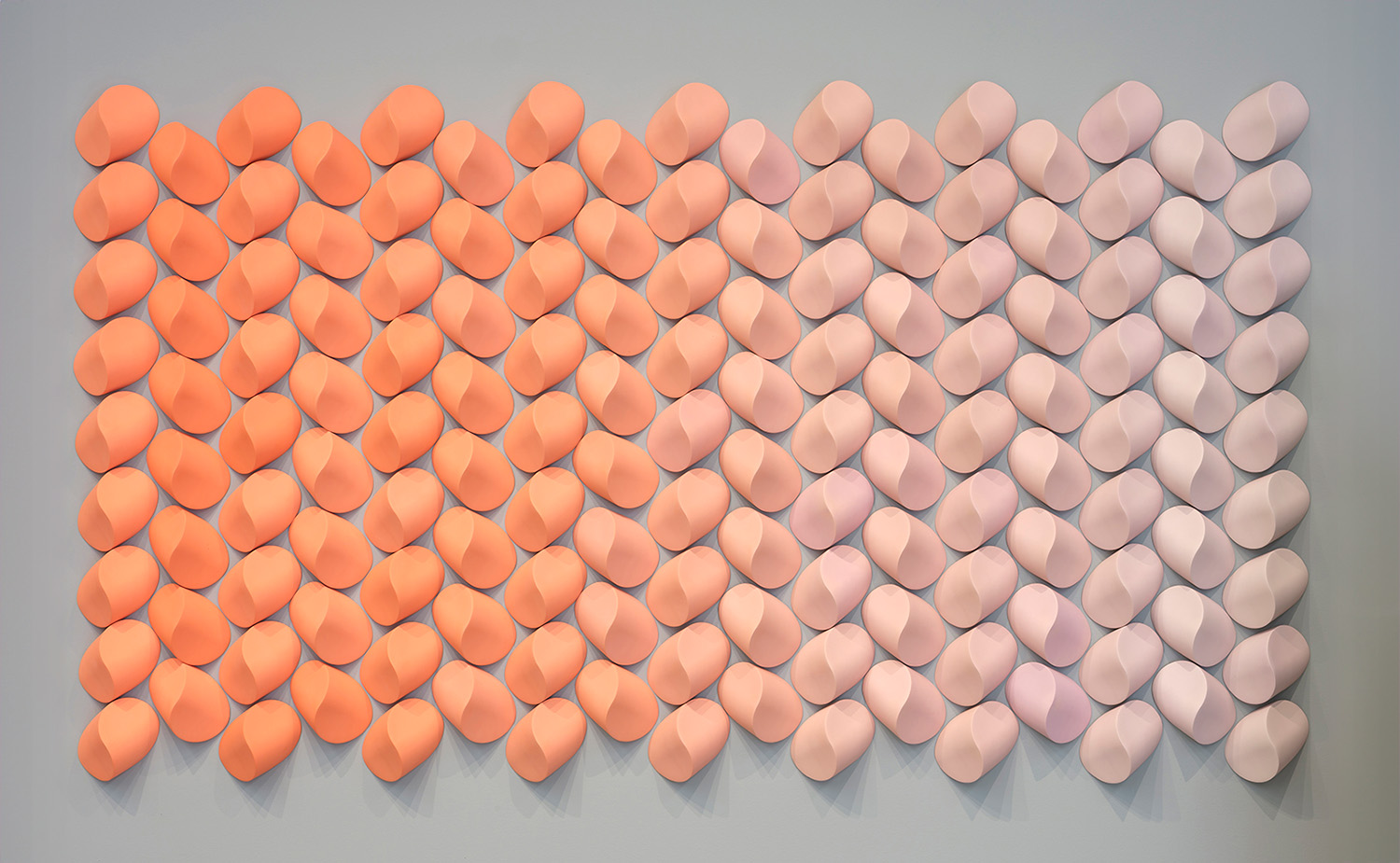
Jackie Head, Mango Violet Blend, 2024, colored porcelain, 59 x 103 x 4 inches, 150 x 262 x 10 cm.
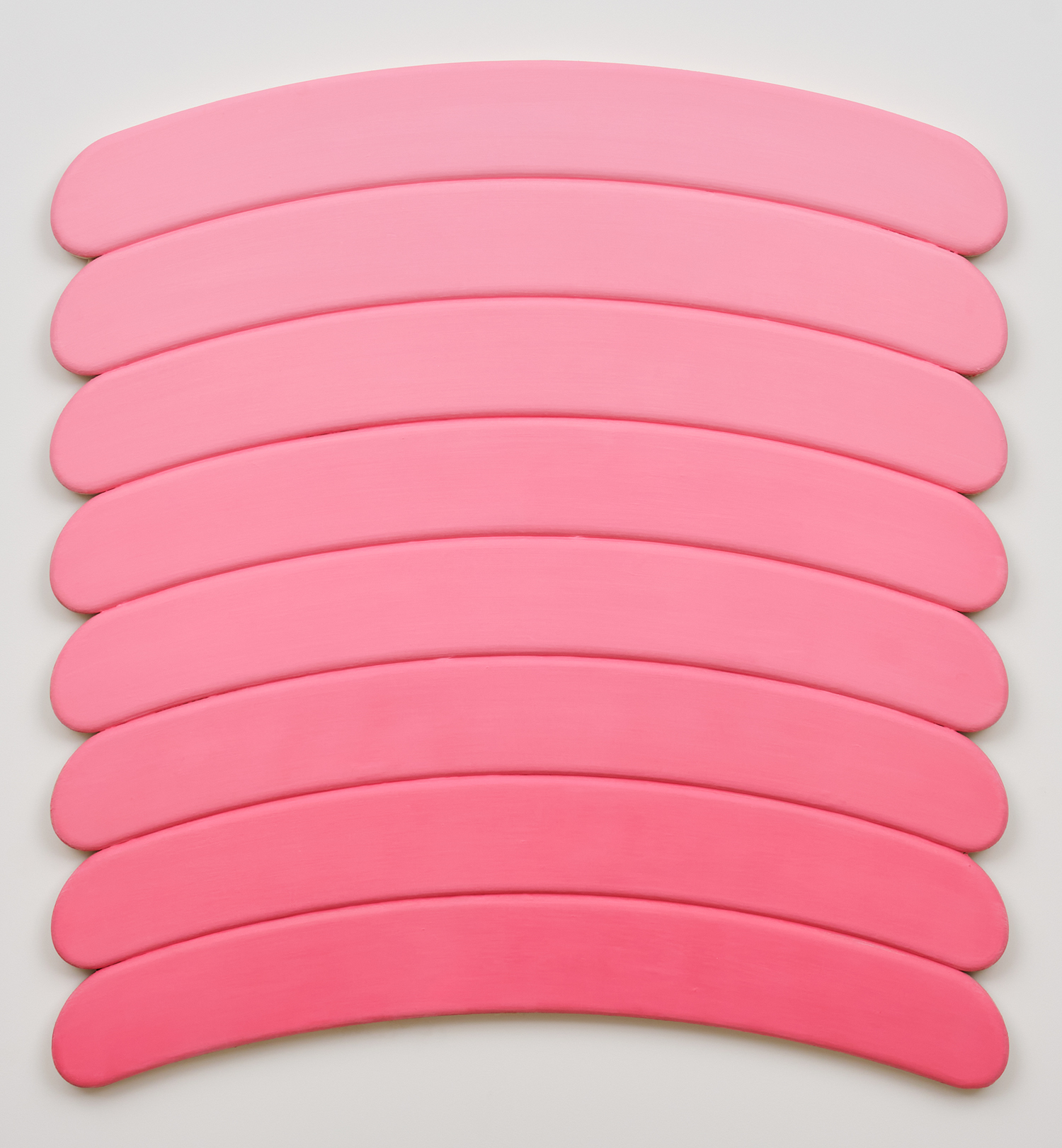
Luke Diiorio, Untitled, 2024, oil on canvas over panel, 48 x 46 inches, 122 x 117 cm.
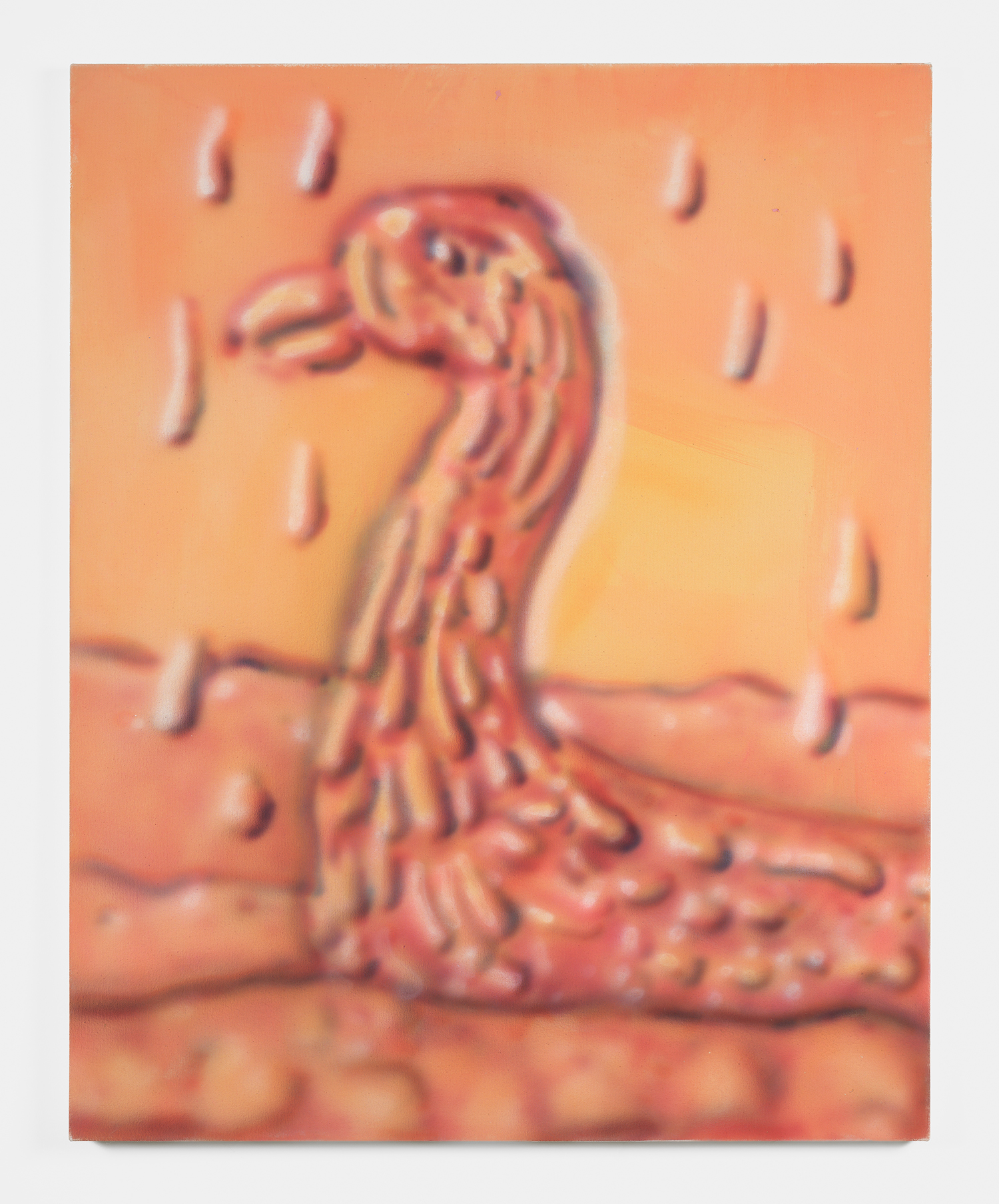
Austin Lee, Swan, 2016, flashe acrylic on canvas, 50 x 40 inches, 127 x 102 cm.
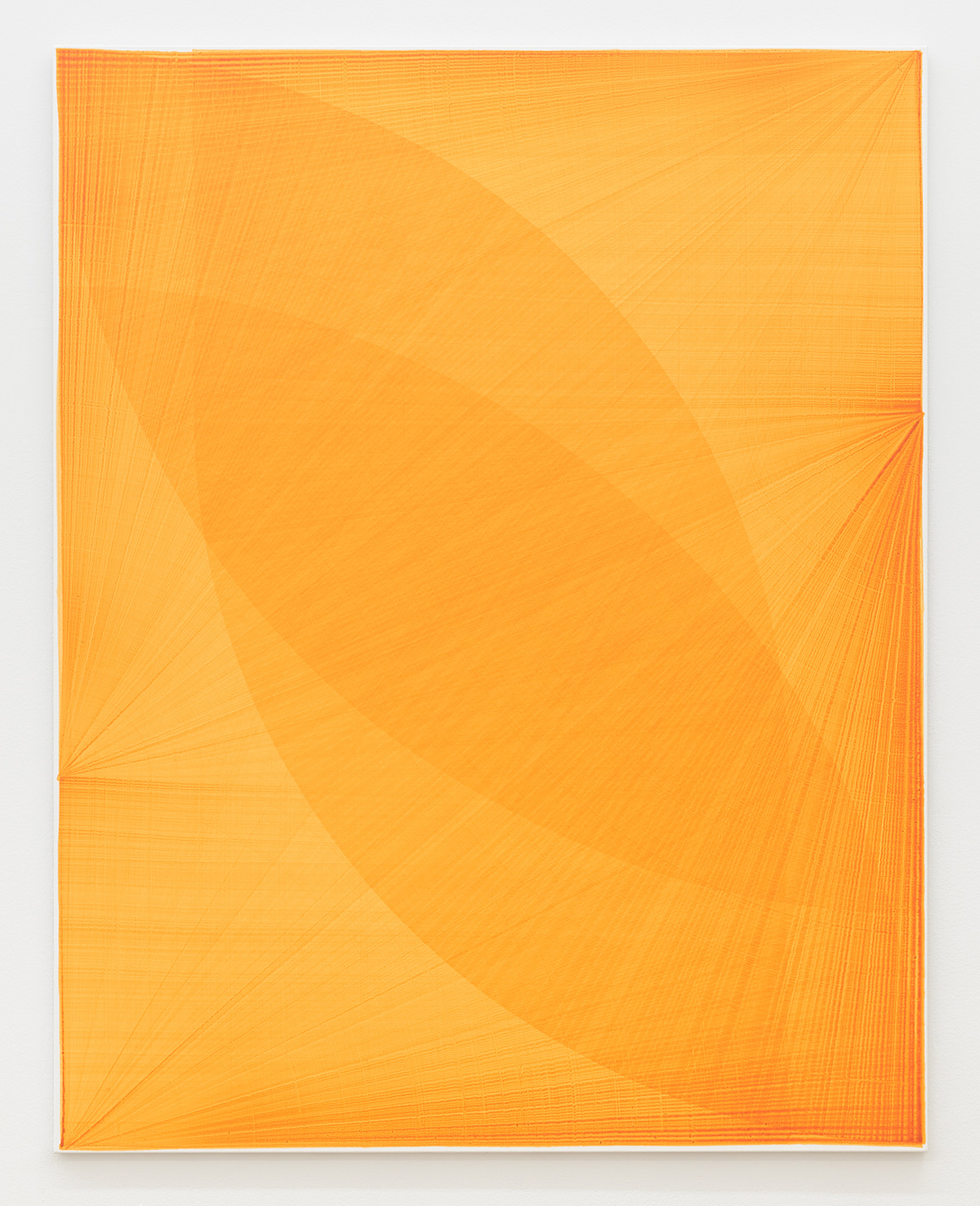
Thomas Trum, Four Yellow Lines, 2022, acrylic and glycerin on linen, 75 x 59 inches, 190 x 150 cm.
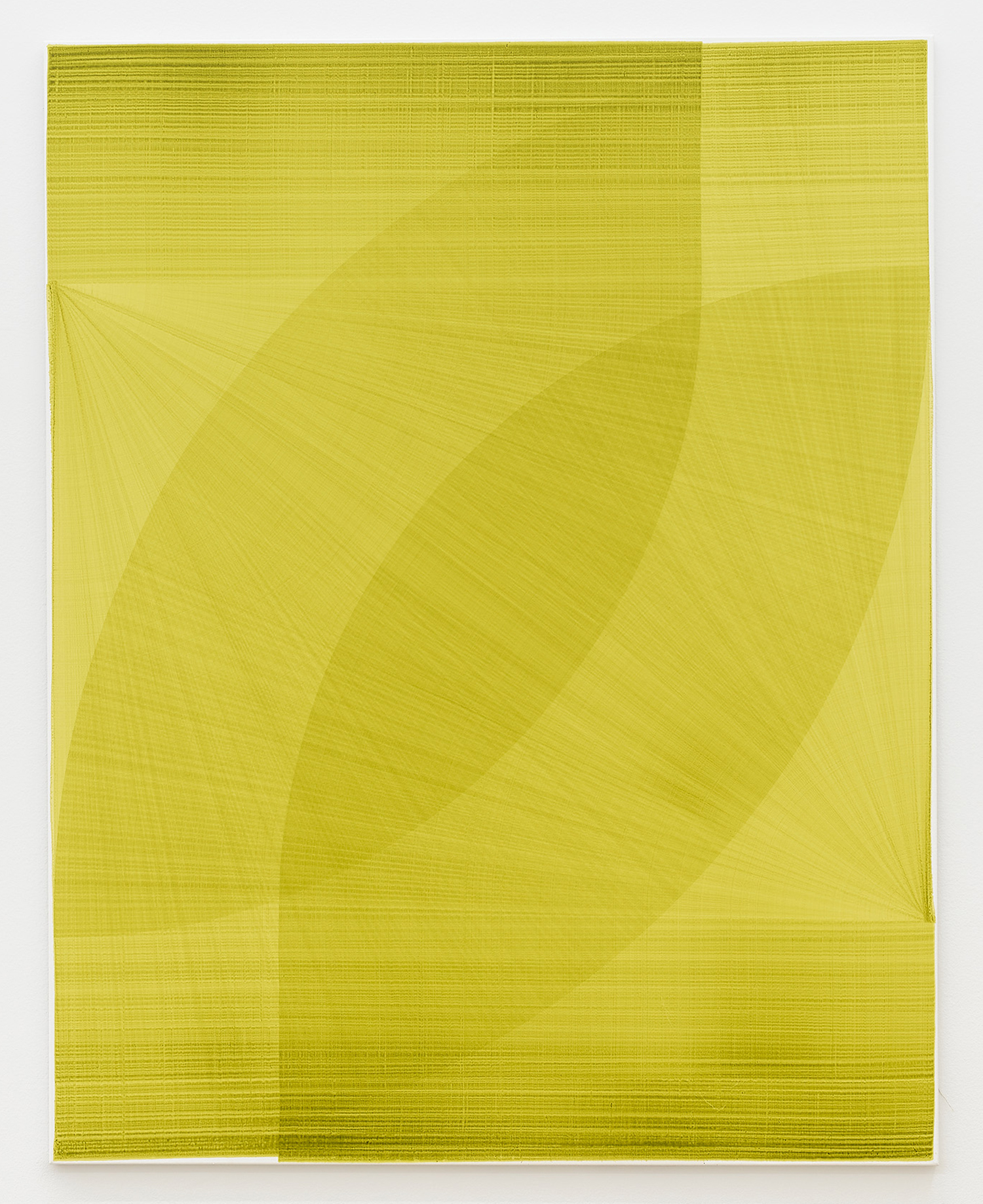
Thomas Trum, Four Green Lines, 2022, acrylic and glycerin on linen, 75 x 59 inches, 190 x 150 cm.
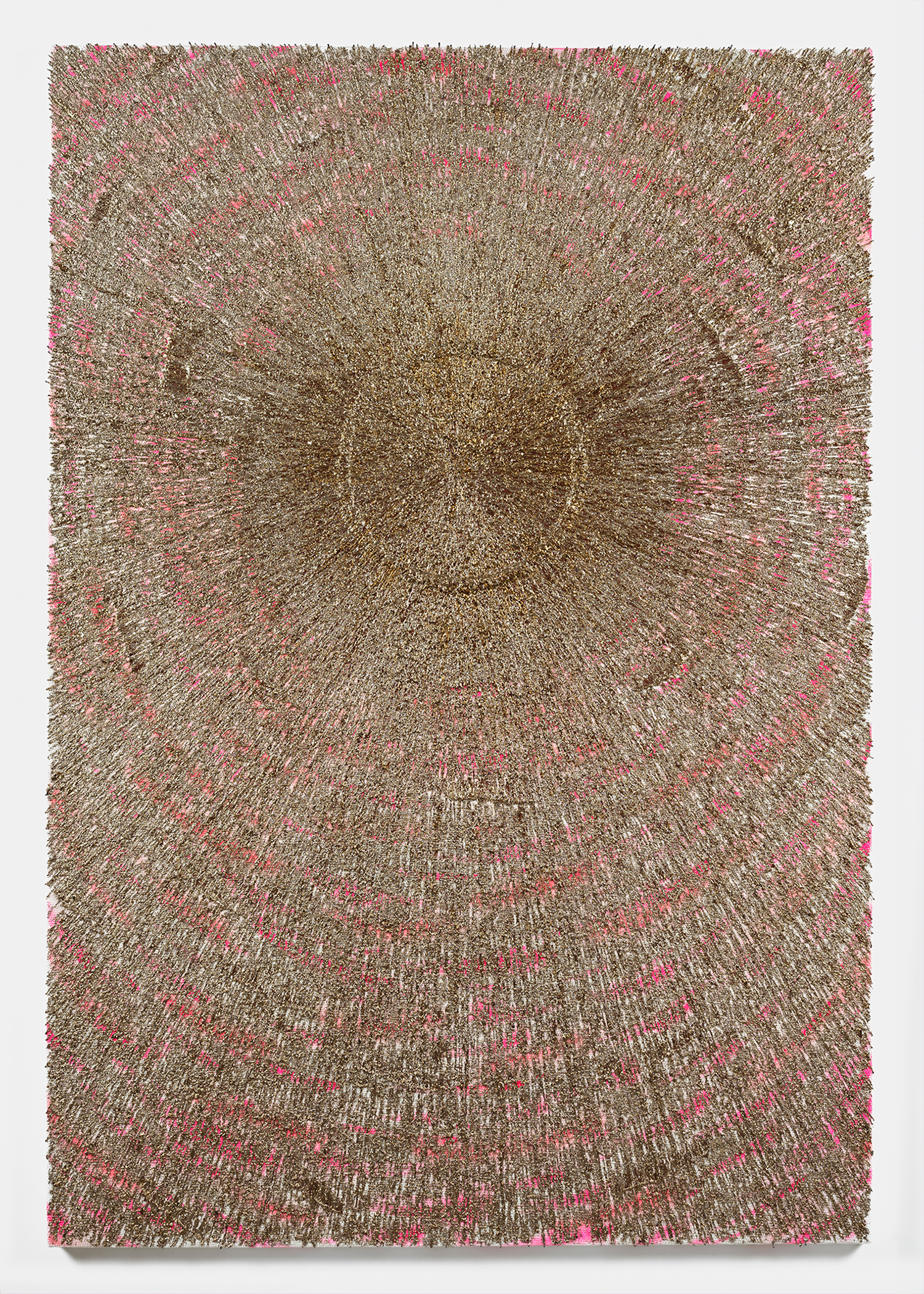
Seffa Klein, Gaze (Froth of Ways), 2022, bismuth metal and mixed media on woven glass, 80 x 55 inches, 203 x 140 cm.
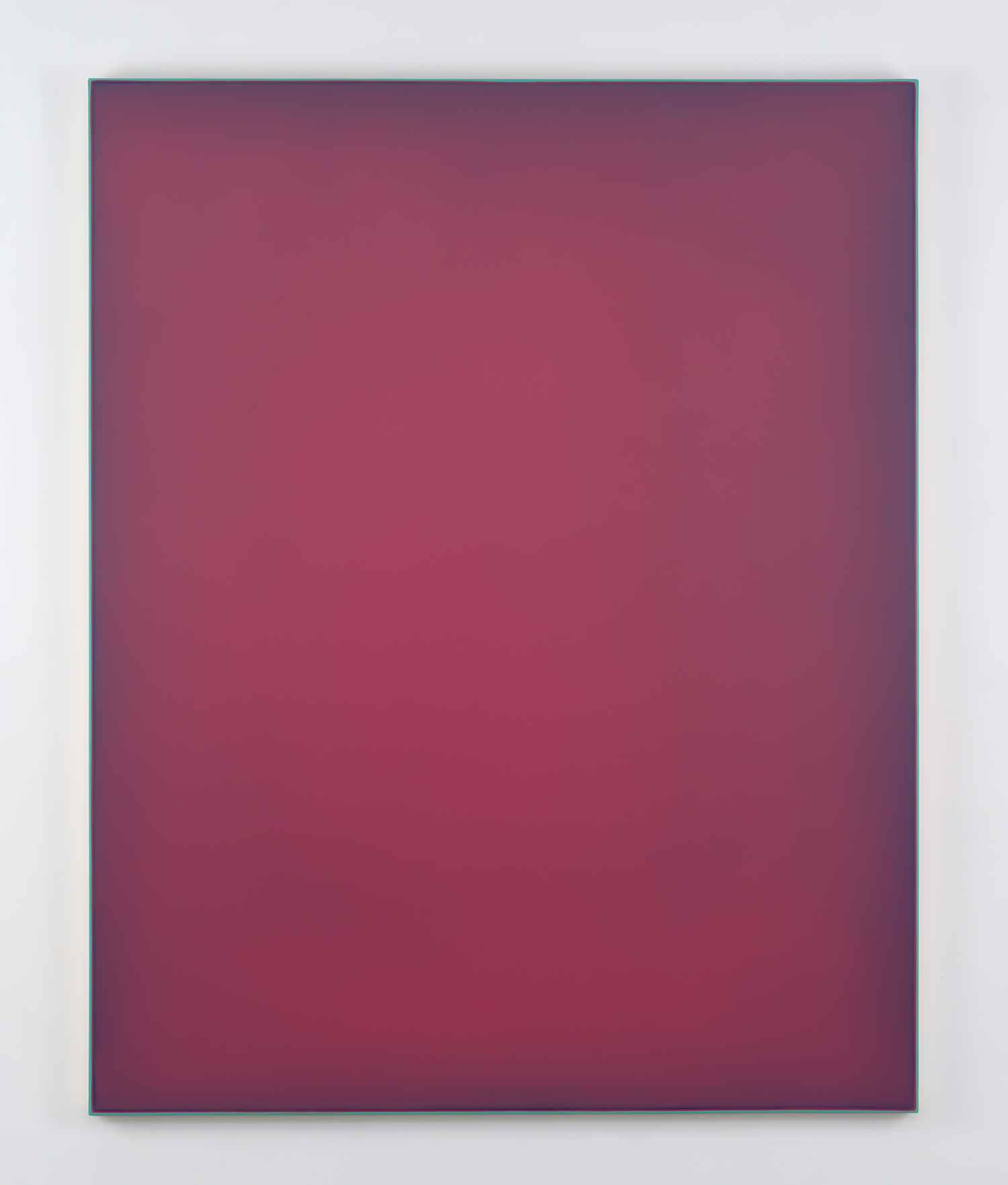
Michael Craik, Veil 2022_72, 2022, acrylic on wooden panel, 40 x 32 inches, 100 x 80 cm.
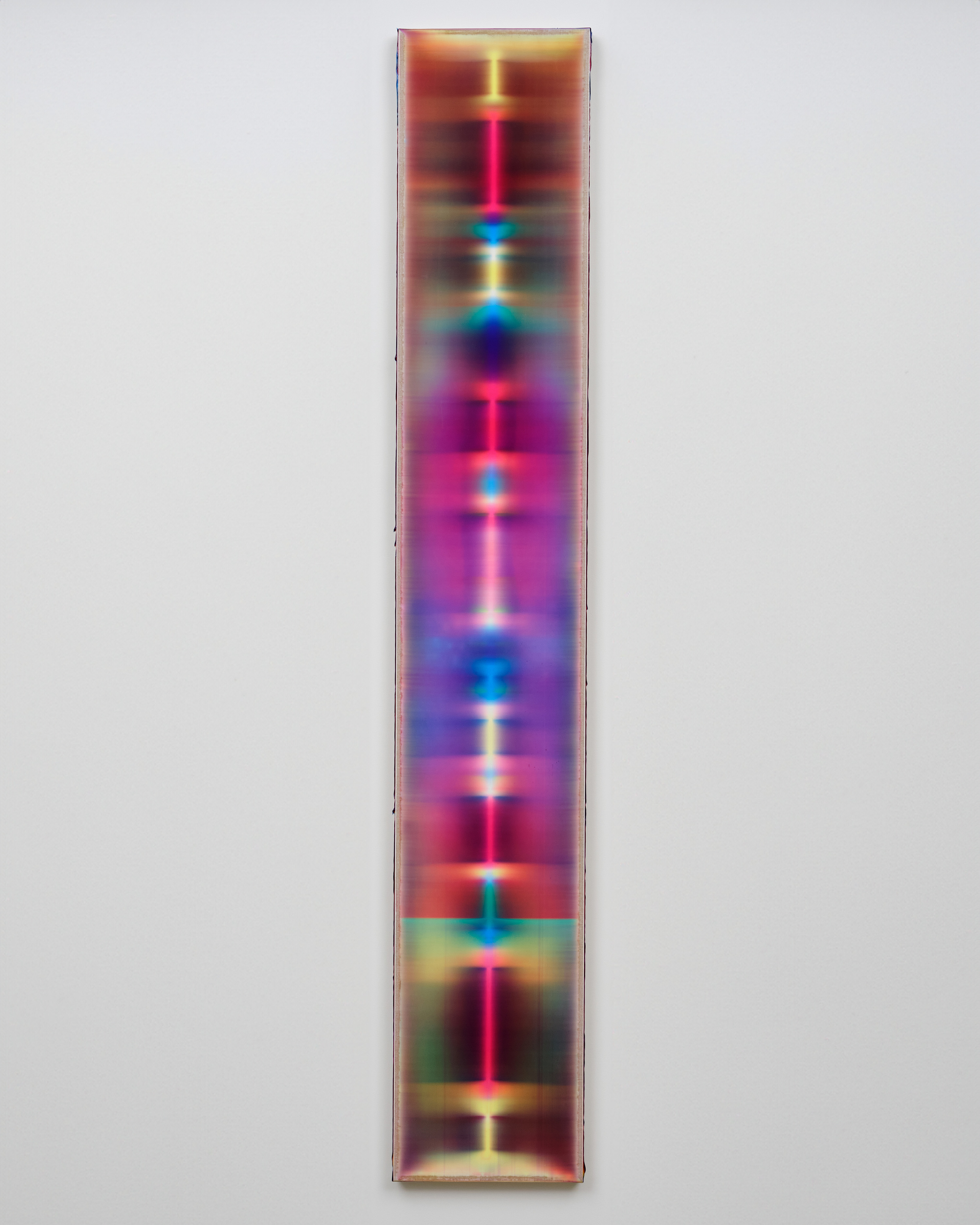
Ryan Crotty, LT-V.67, 2023, acrylic, gloss gel and modeling paste on linen, 72 x 12 inches, 183 x 30 cm.
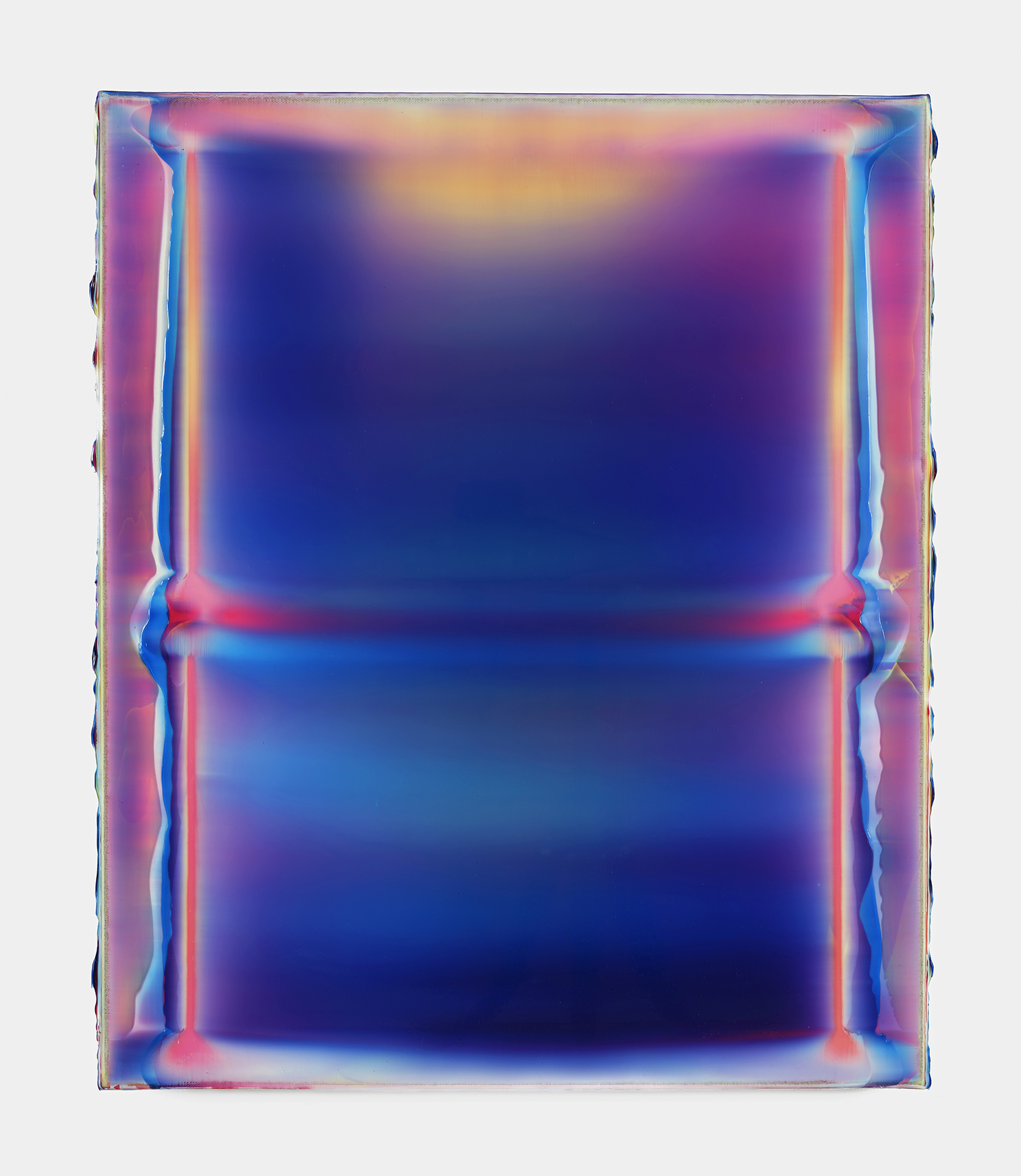
Ryan Crotty, Feel Every Joint, 2024, acrylic, gloss gel and modeling paste on linen, 24 x 20 inches, 61 x 51 cm.
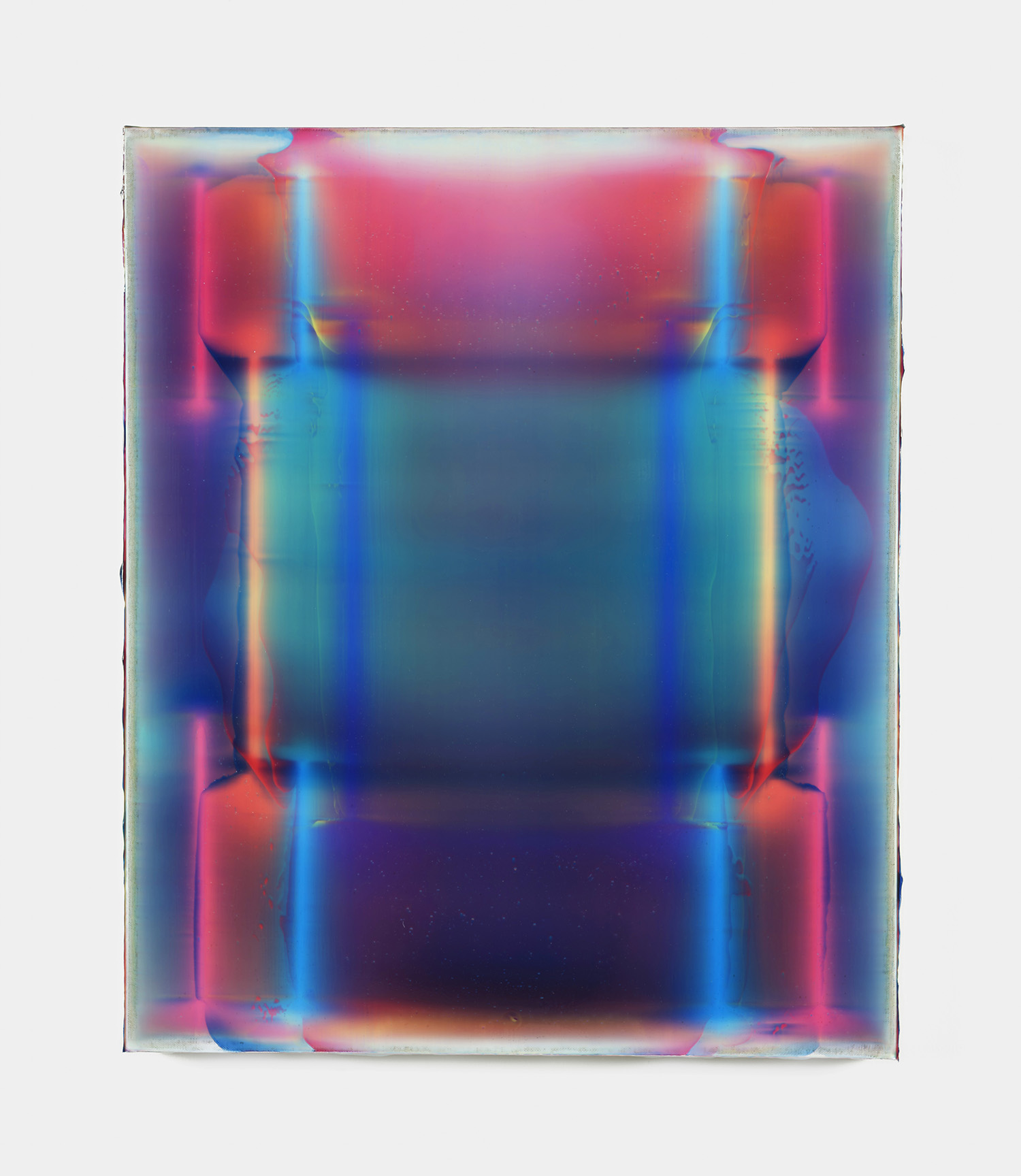
Ryan Crotty, On The Grid, 2024, acrylic, gloss gel and modeling paste on linen, 24 x 20 inches, 61 x 51 cm.
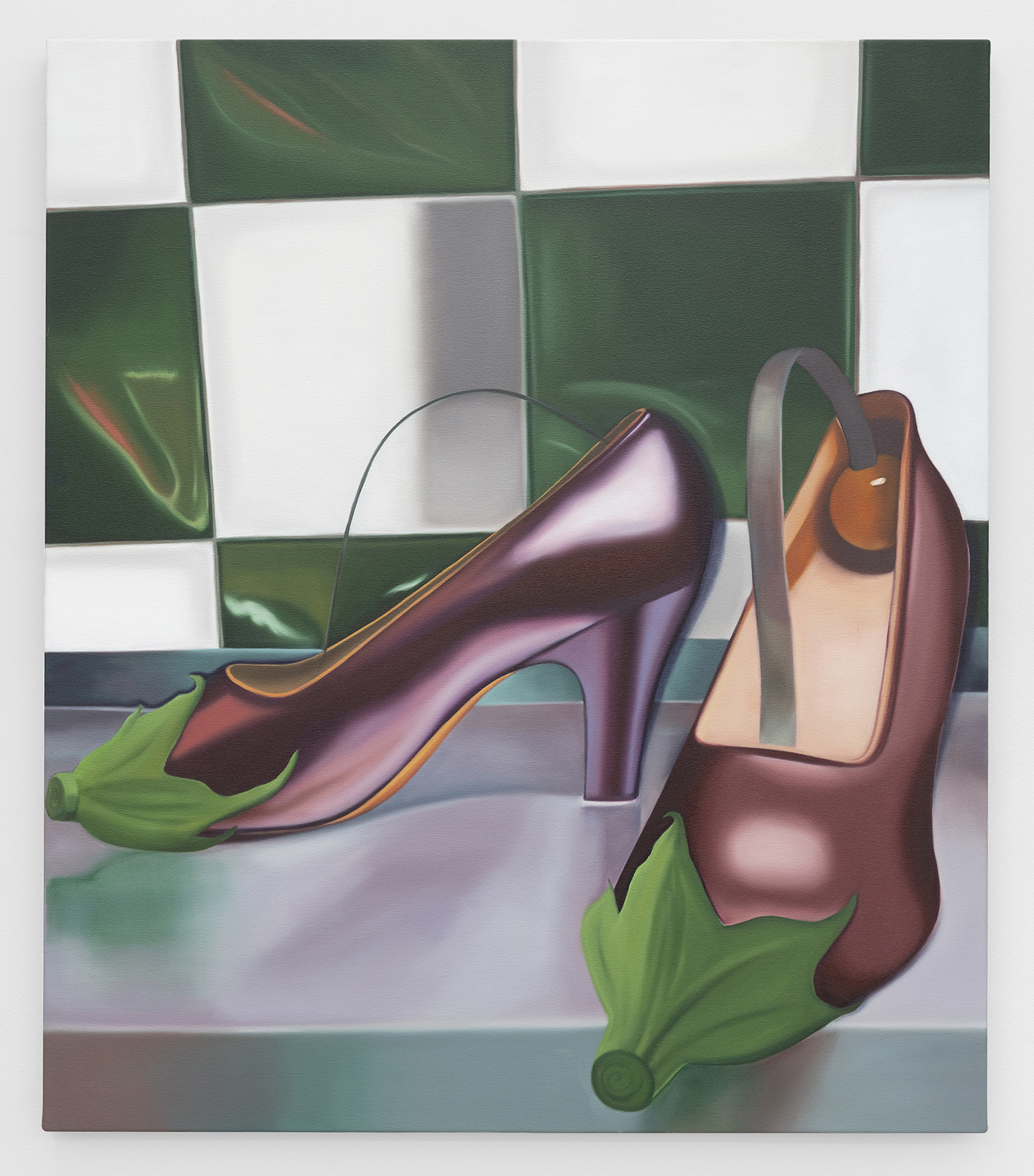
Sally Kindberg, Tightrope, 2024, oil on canvas, 43 x 38 inches, 110 x 95 cm.
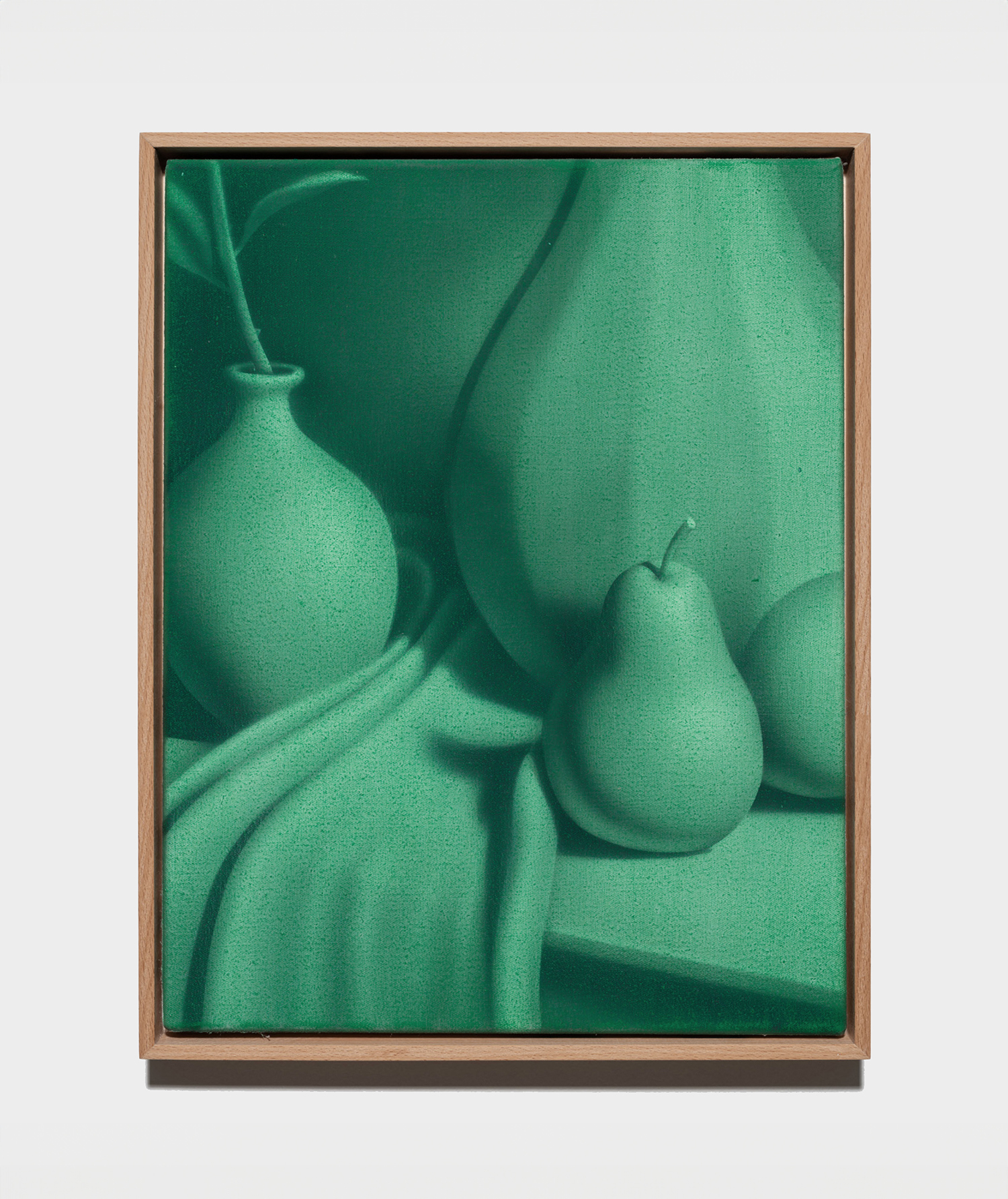
Paul Riedmüller, Outward Appearance #21, 2024, acrylic and oil on canvas, 16 x 12 inches, 40 x 30 cm.
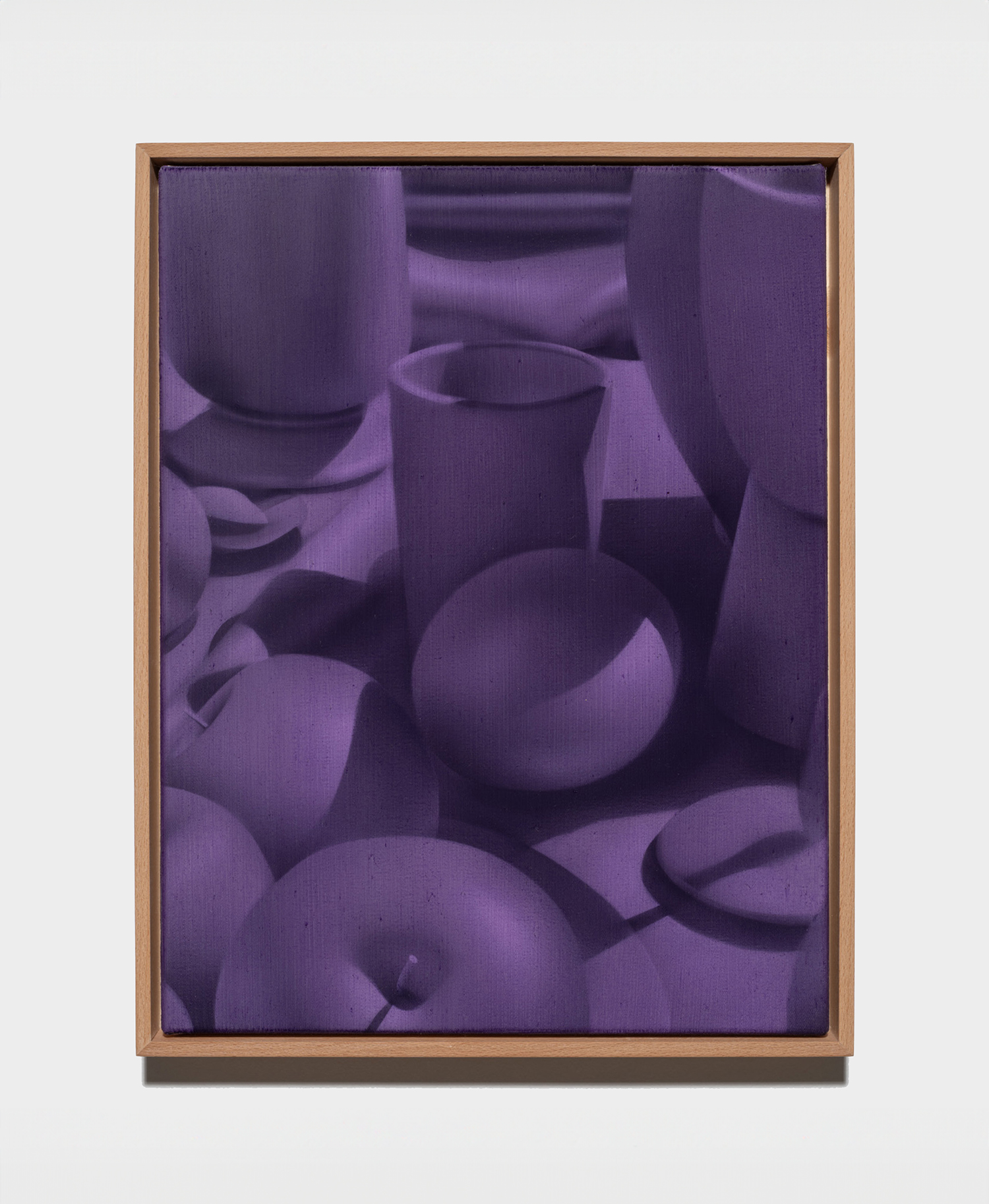
Paul Riedmüller, Outward Appearance #09, 2024, acrylic and oil on canvas, 16 x 12 inches, 40 x 30 cm.
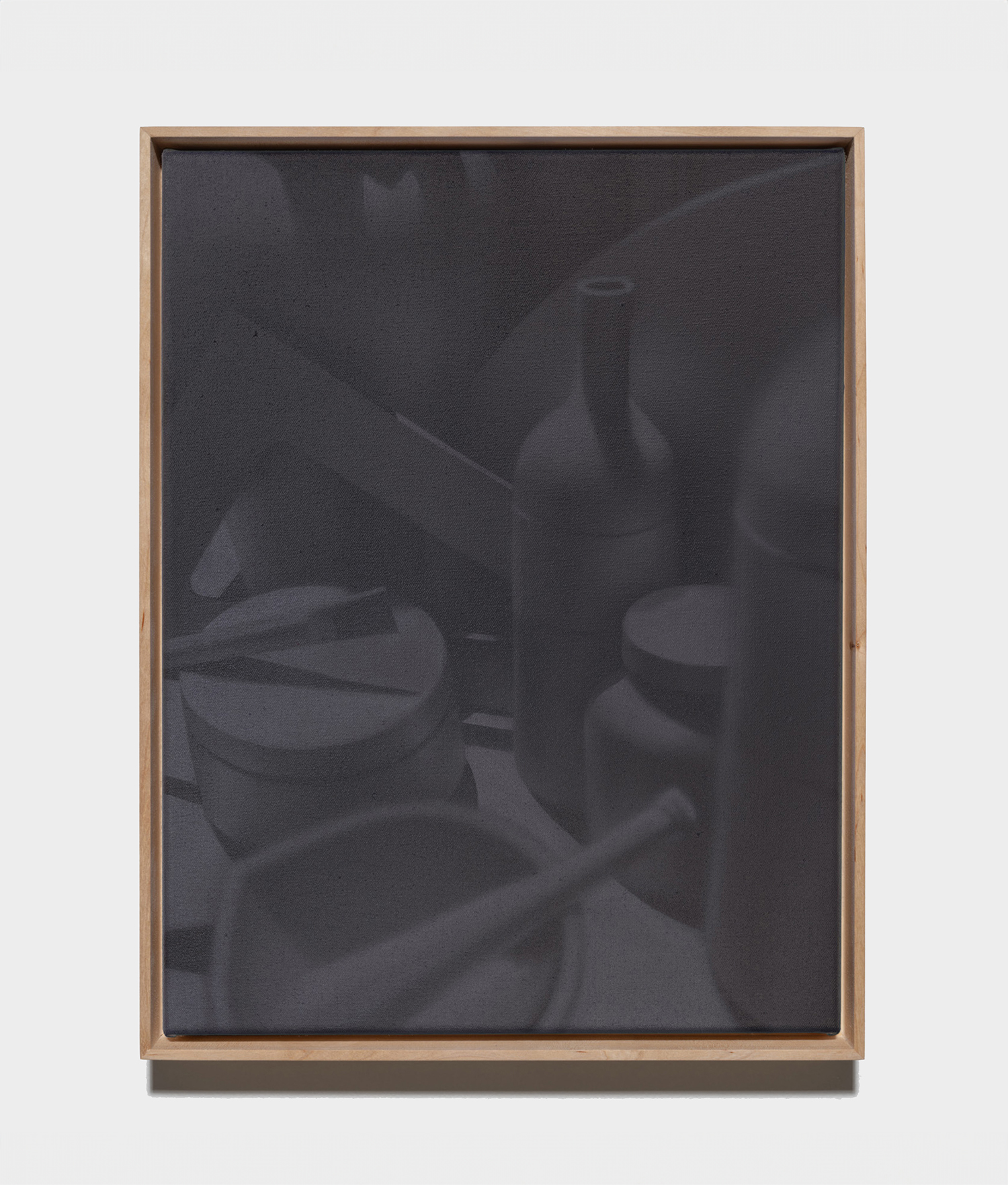
Paul Riedmüller, Outward Appearance #24, 2024, acrylic and oil on canvas, 16 x 12 inches, 40 x 30 cm.
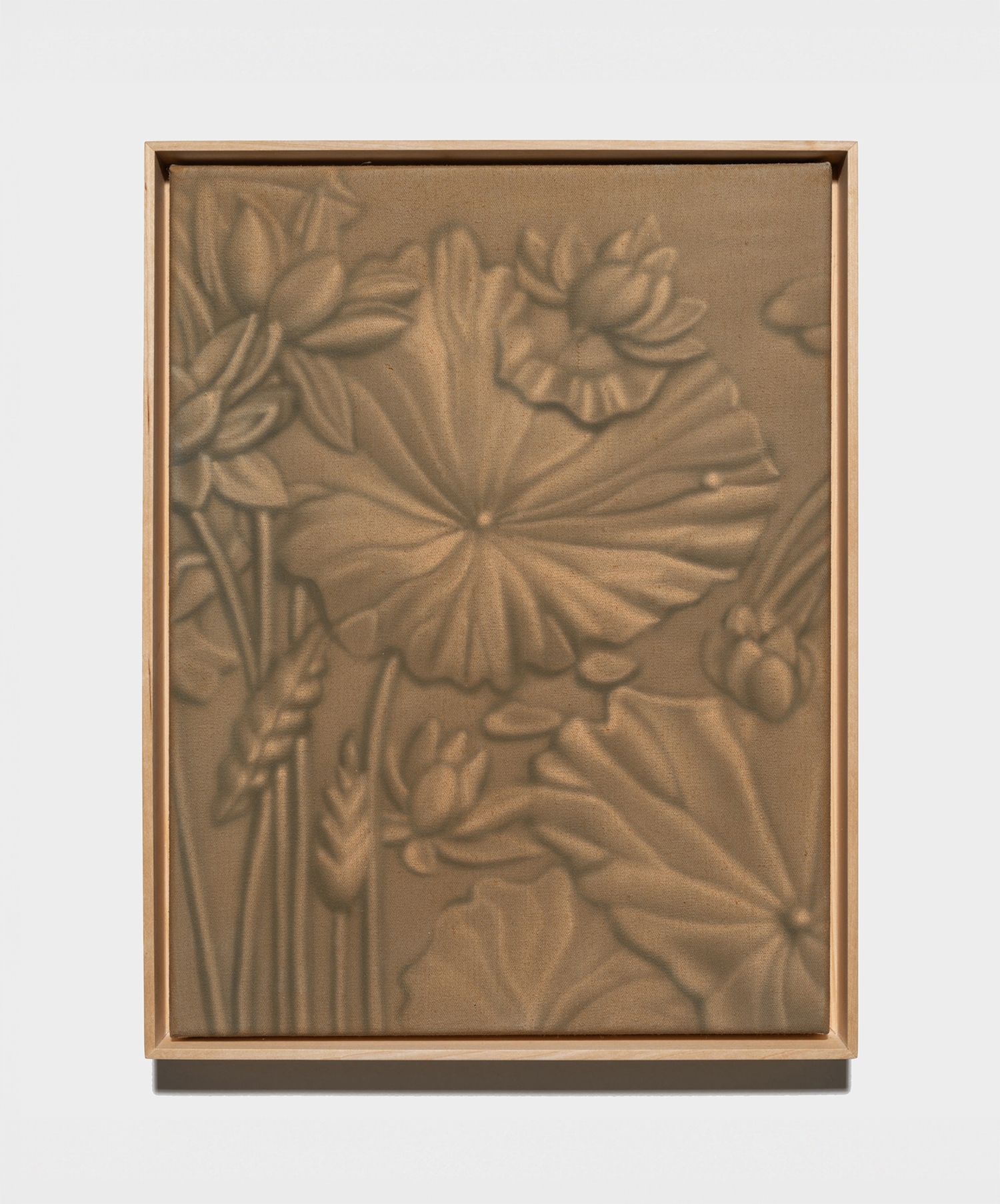
Paul Riedmüller, Outward Appearance #18, 2024, acrylic and oil on canvas, 16 x 12 inches, 40 x 30 cm.
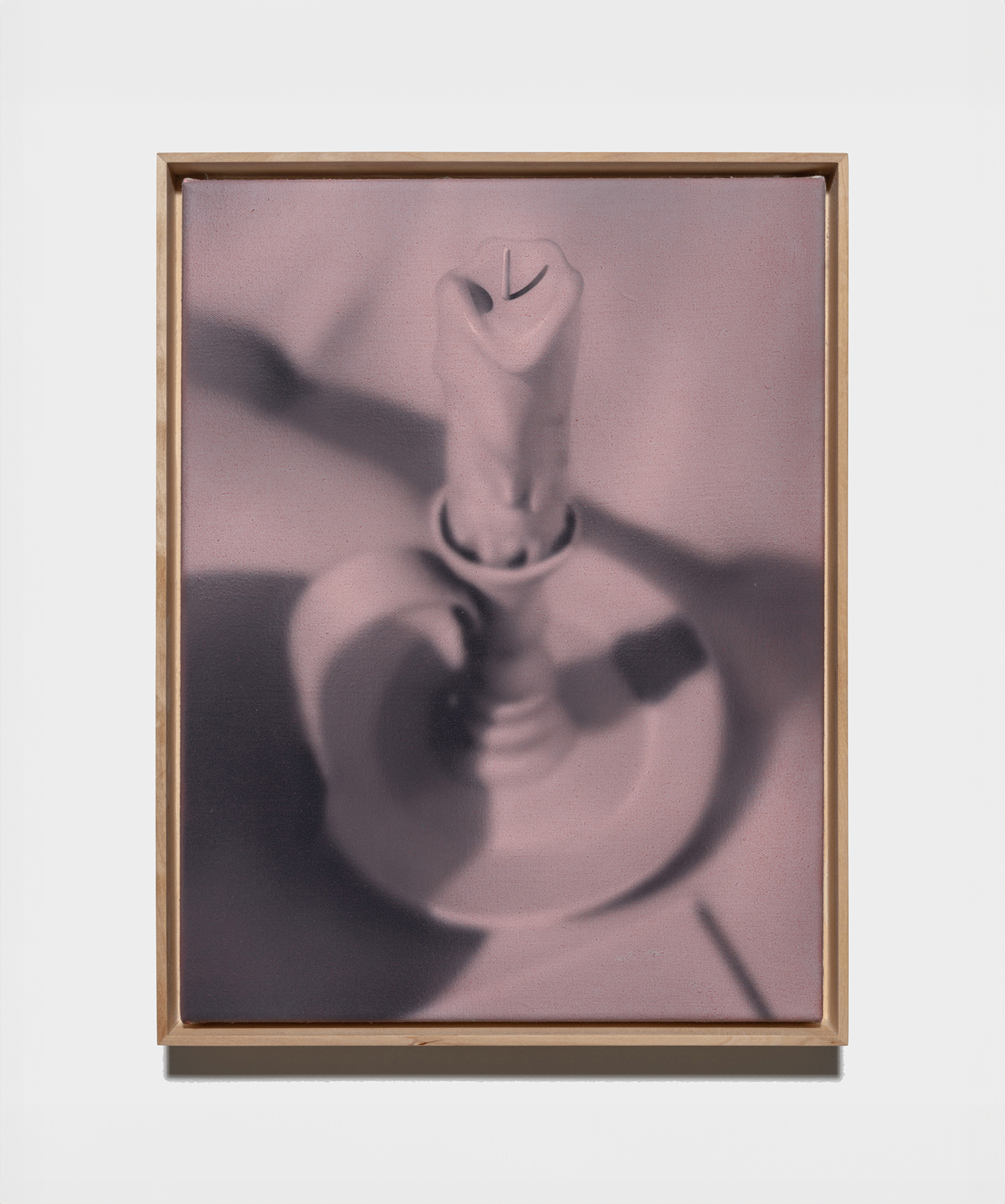
Paul Riedmüller, Outward Appearance #19, 2024, acrylic and oil on canvas, 16 x 12 inches, 40 x 30 cm.
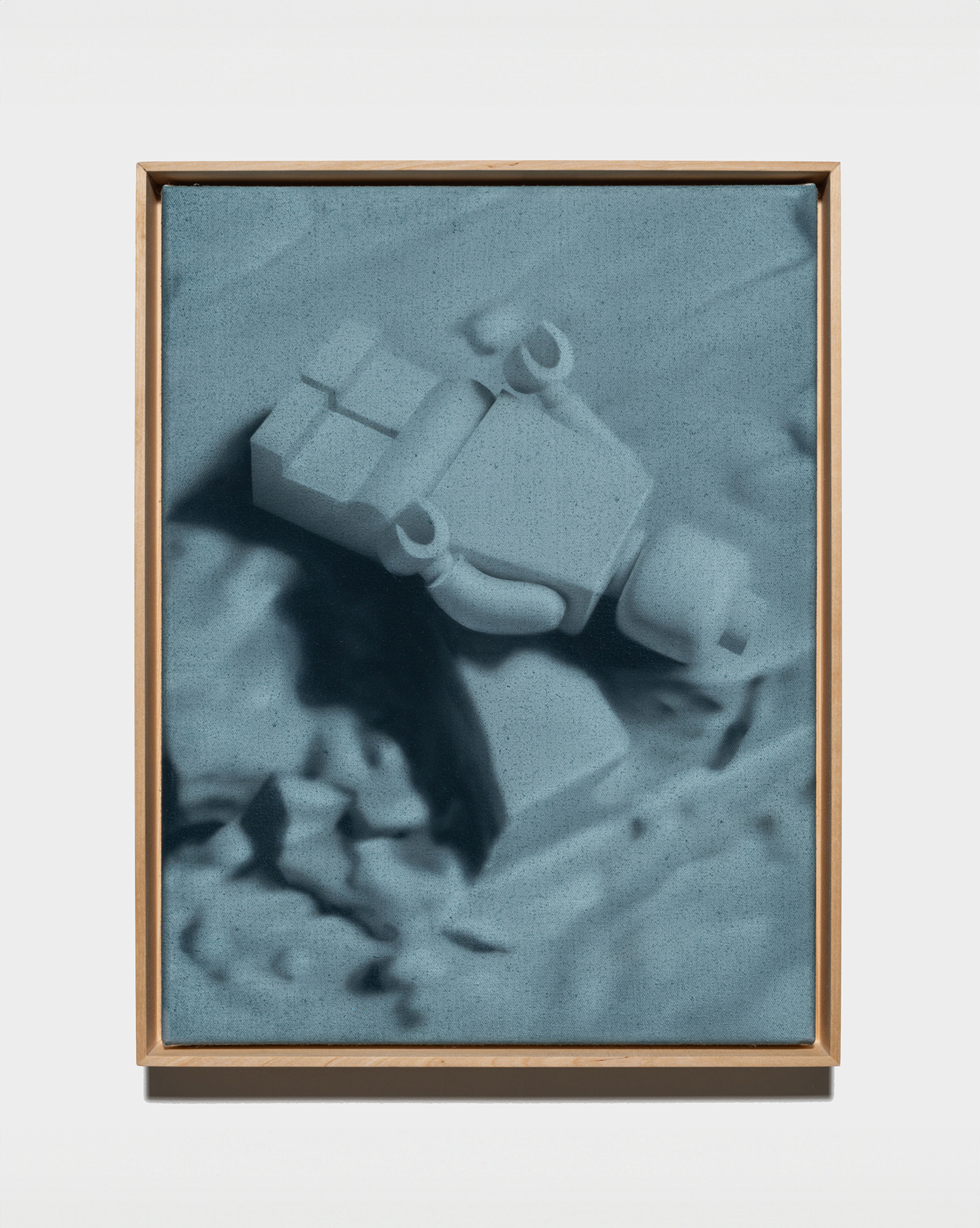
Paul Riedmüller, Outward Appearance #20, 2024, acrylic and oil on canvas, 16 x 12 inches, 40 x 30 cm.
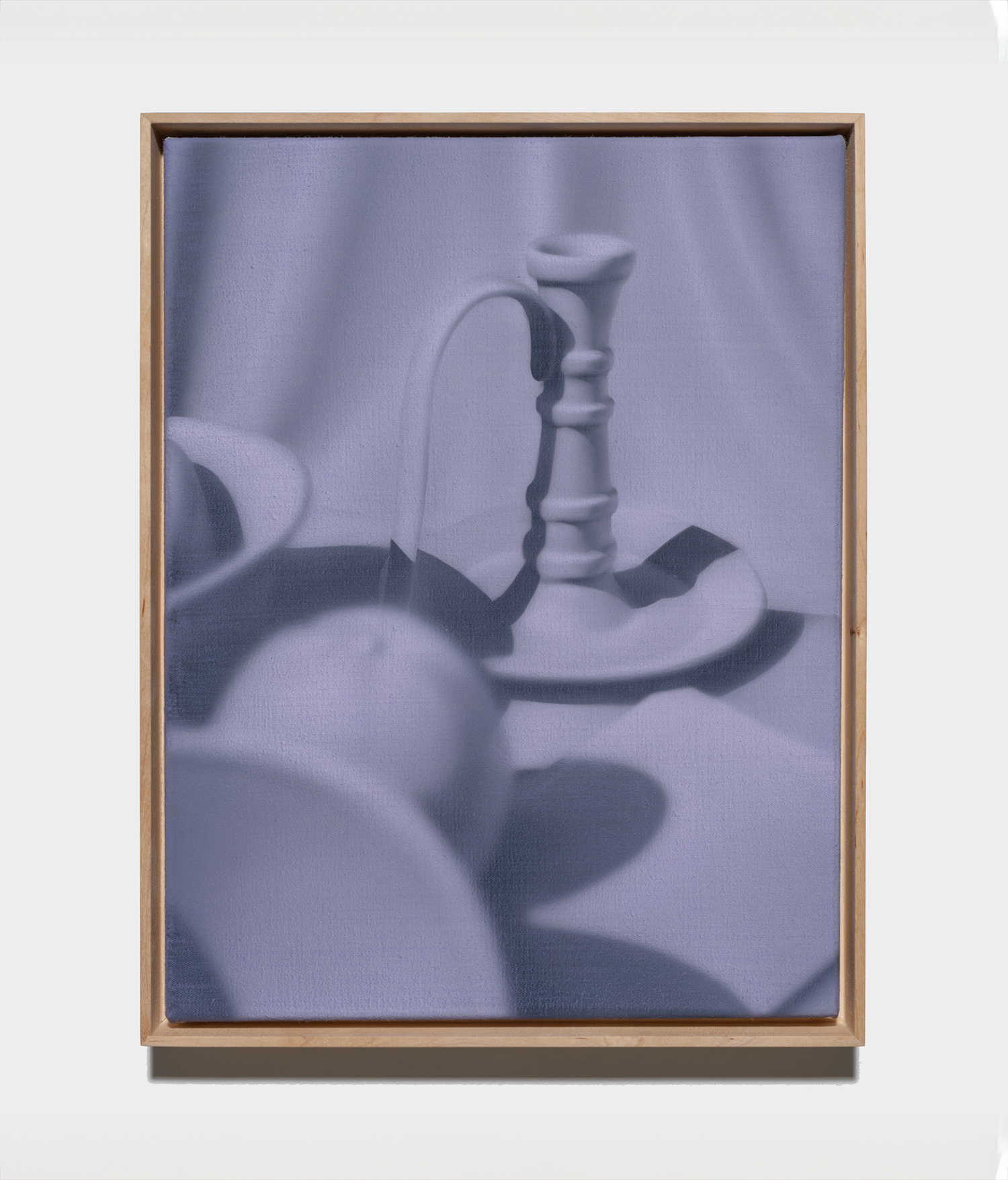
Paul Riedmüller, Outward Appearance #16, 2024, acrylic and oil on canvas, 16 x 12 inches, 40 x 30 cm.
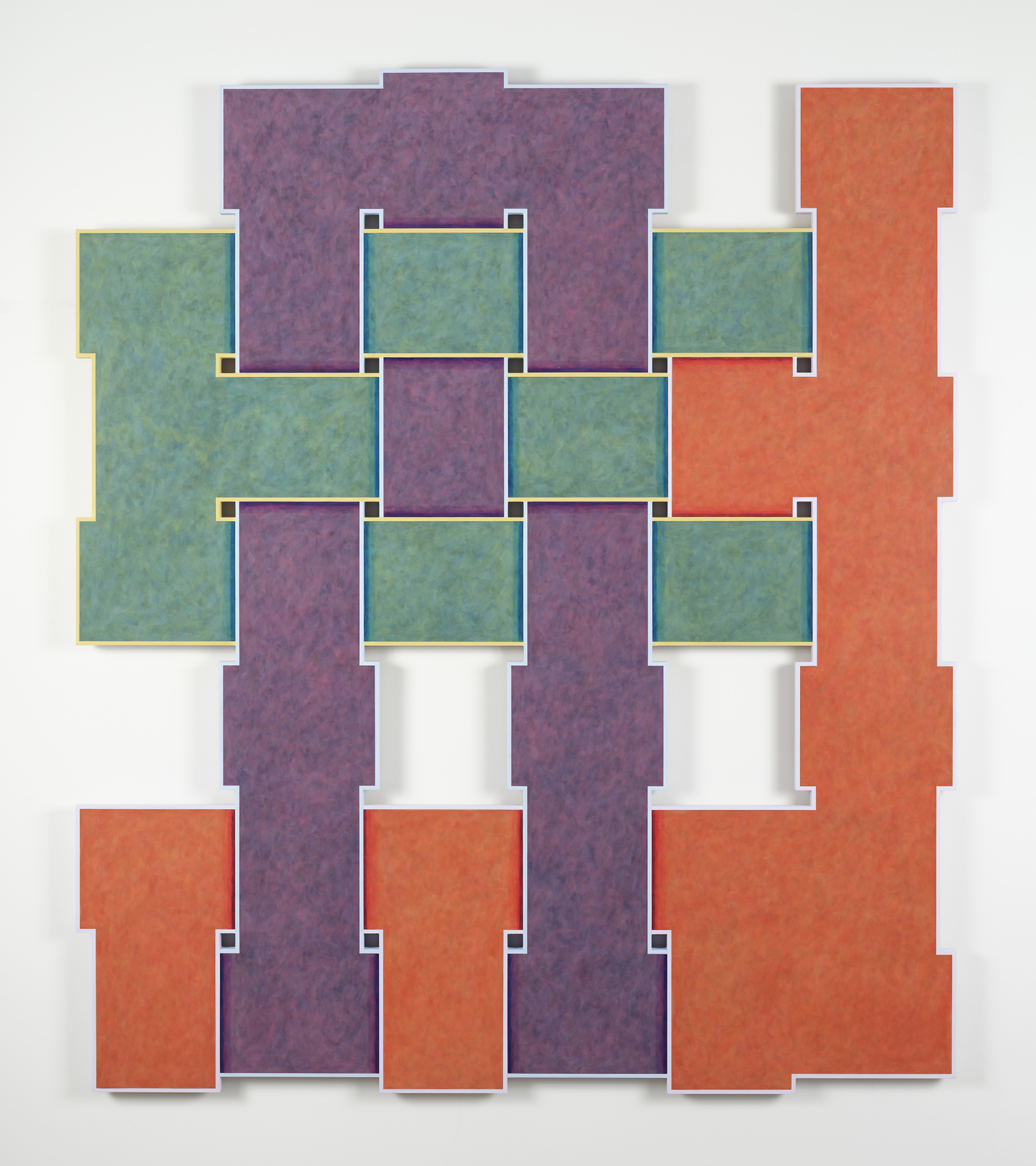
Daniel Byrd, Fasten, 2024, acrylic and flashe on panel, 64 x 55 inches, 163 x 140 cm.
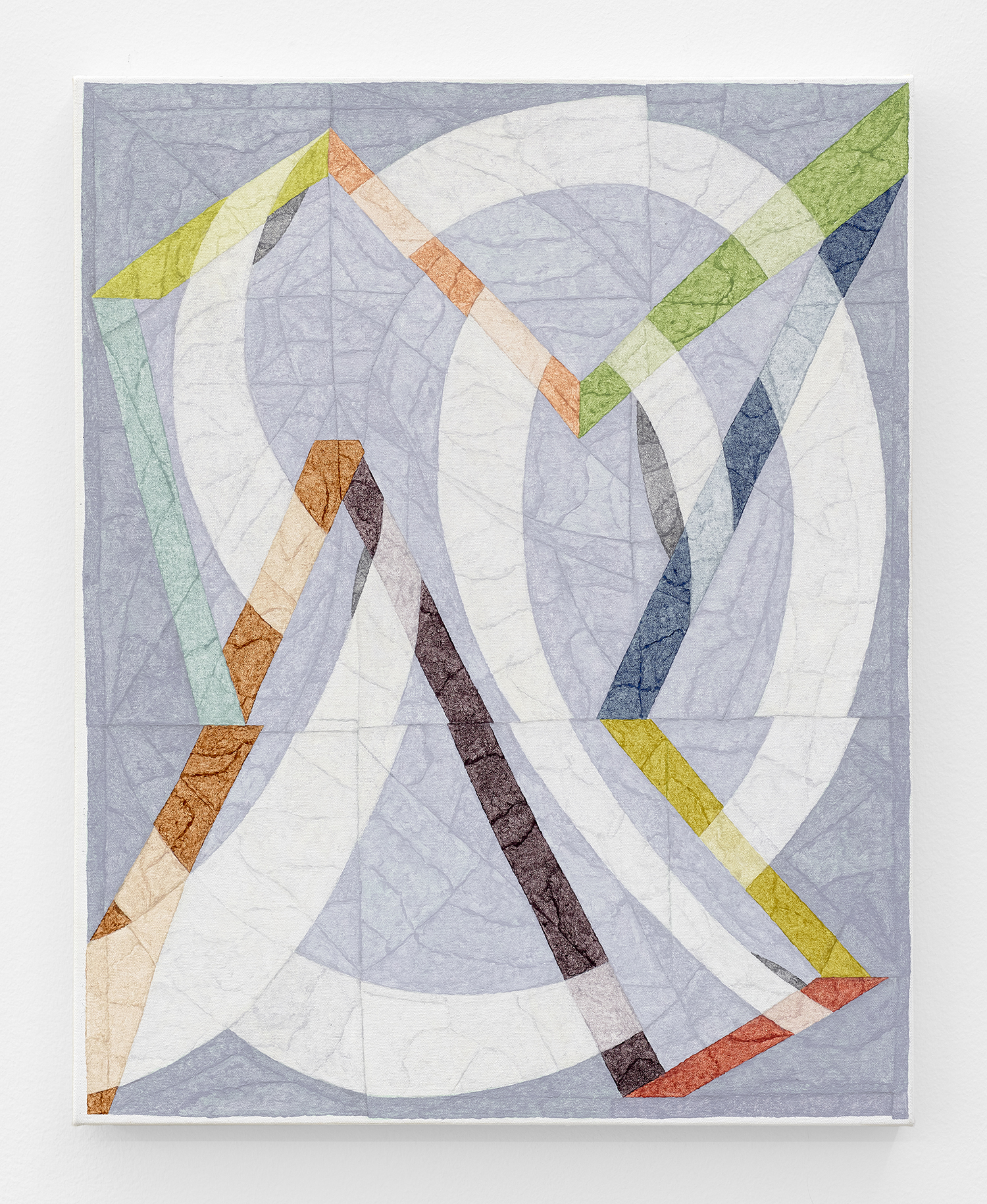
Matt Phillips, Untitled (W), 2024, pigment and silica on canvas, 36 x 24 inches, 91 x 61 cm.
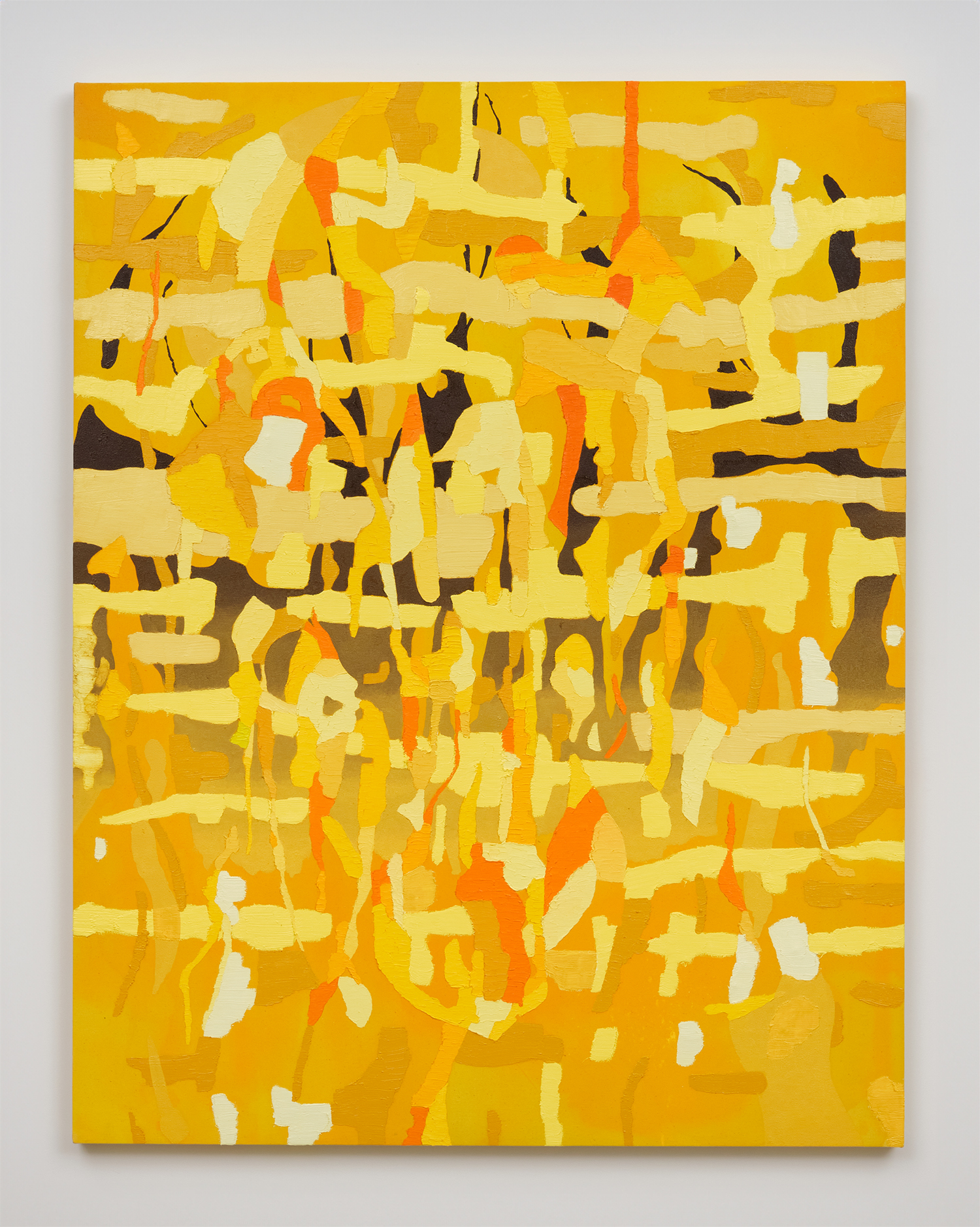
Joe Reihsen, Summer Stroll, 2024, acrylic and oil on canvas over panel, 55 x 43 inches, 140 x 109 cm.
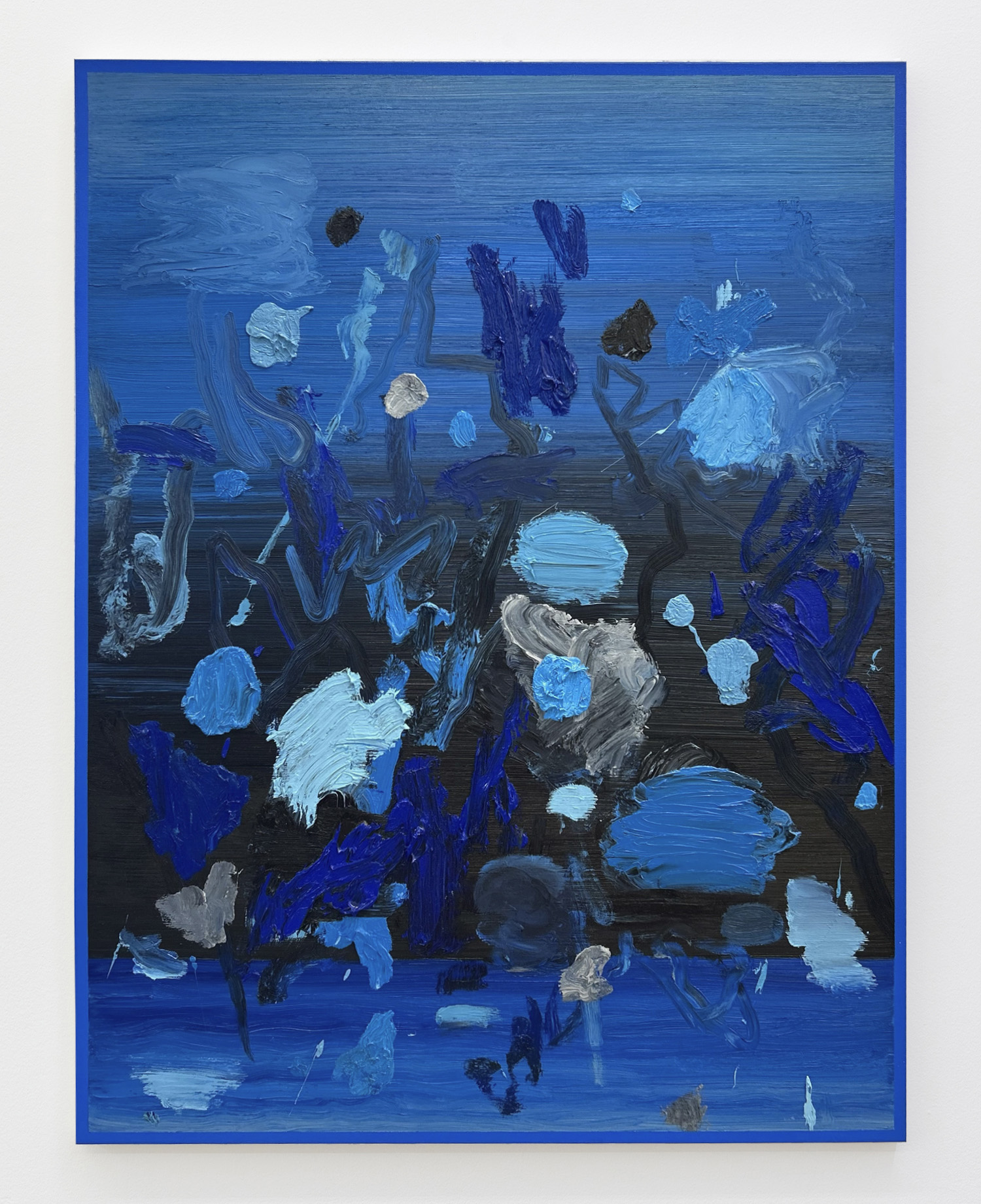
Russell Tyler, Untitled, 2024, acrylic and oil on canvas, 40 x 30 inches, 101 x 76 cm.
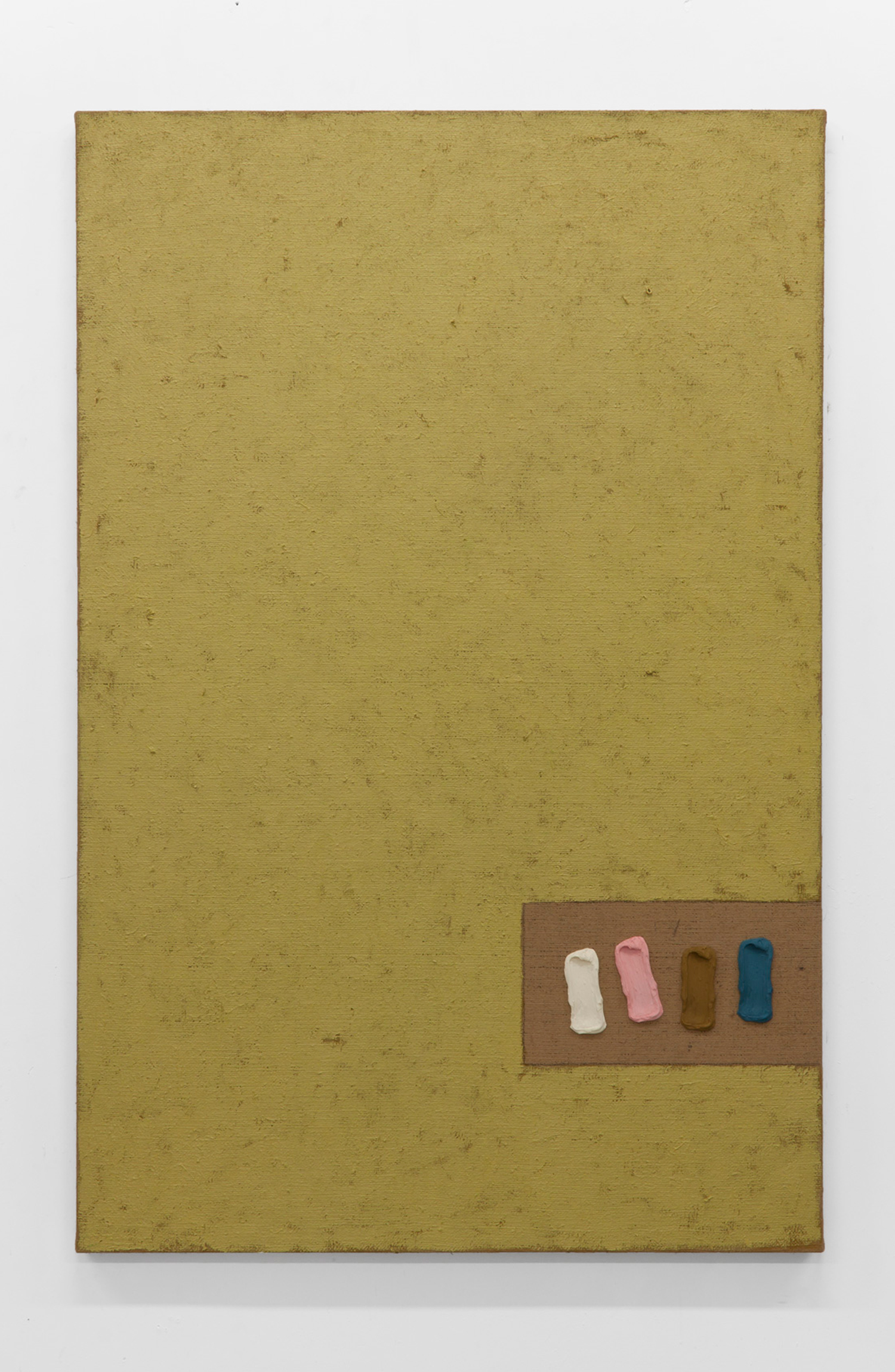
Peter Mohall, Untitled (Brushstrokes Painting), 2021, oil, tempera grassa, acrylic composite and charcoal on jute, 59 x 40 inches, 150 x 100 cm.
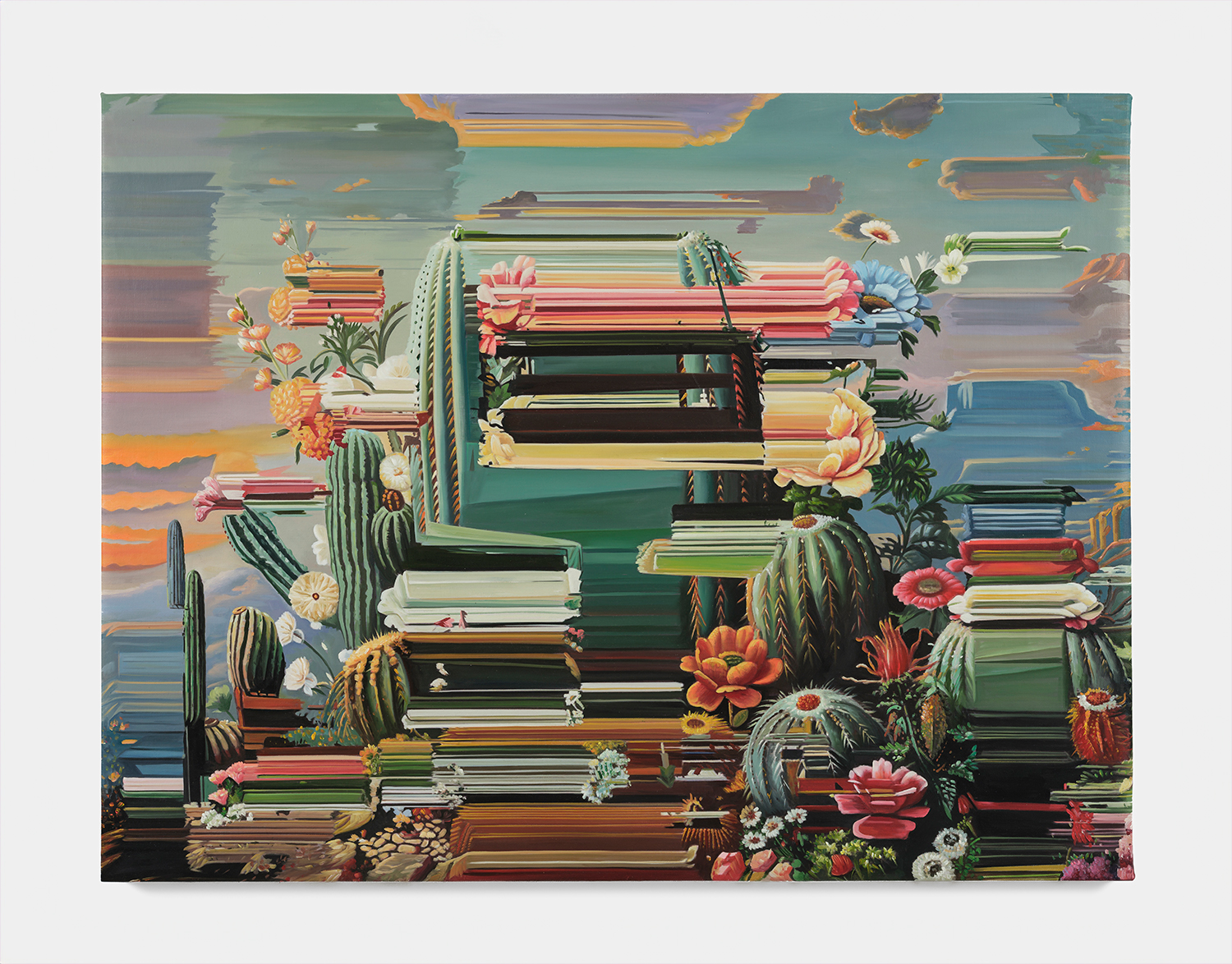
Alexis Mata, Espejismo De Un Jardín De Cactus, 2024, oil on canvas, 39 x 53 inches, 100 x 135 cm.
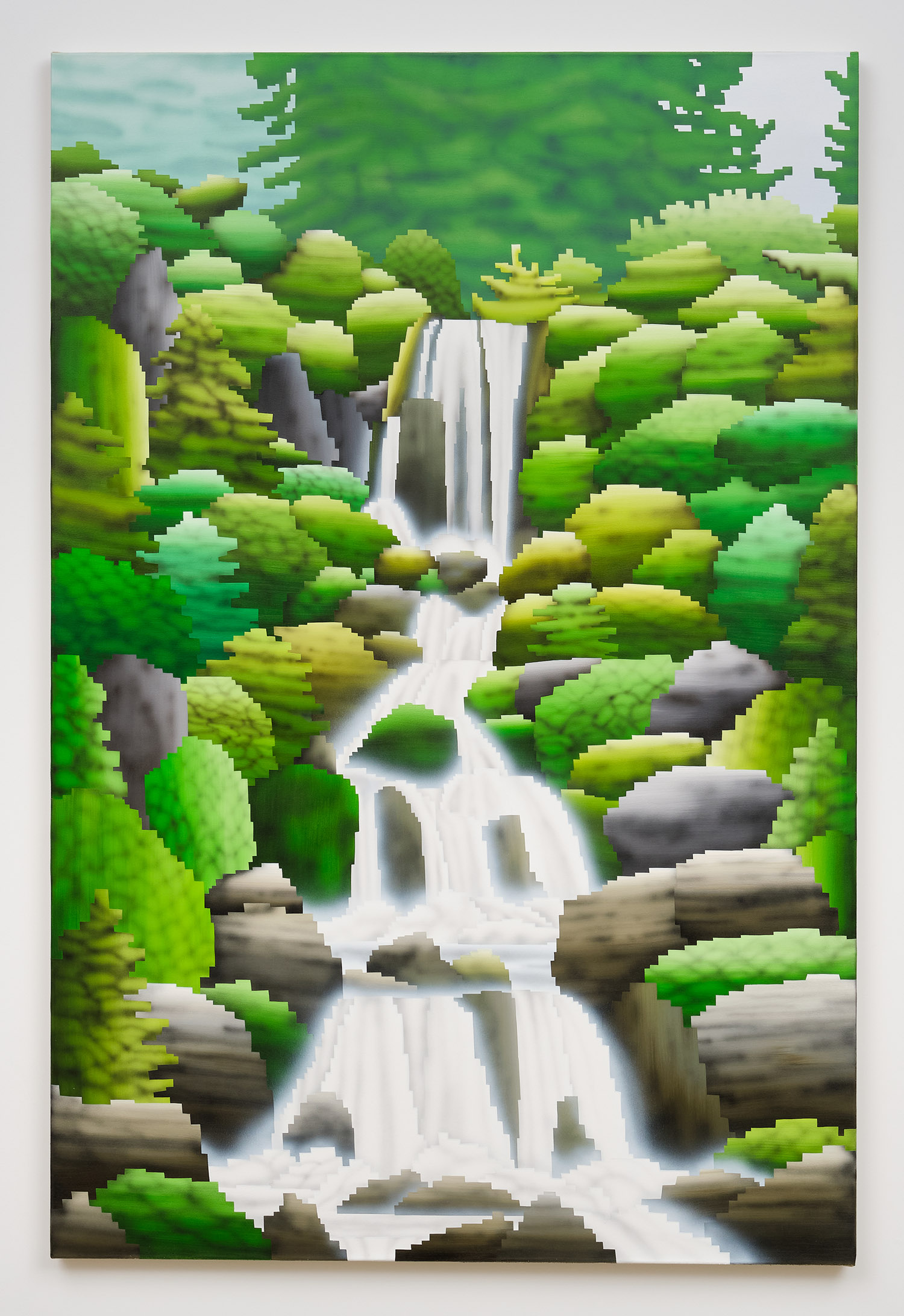
Gavin Lynch, Again And Again At The Start Of The End, 2024, acrylic on canvas, 72 x 48 inches, 183 x 122 cm.

Ben Sanders, Mirrored Sirens II, 2023, acrylic on linen-wrapped panel, 11 x 14 inches, 28 x 36 cm.
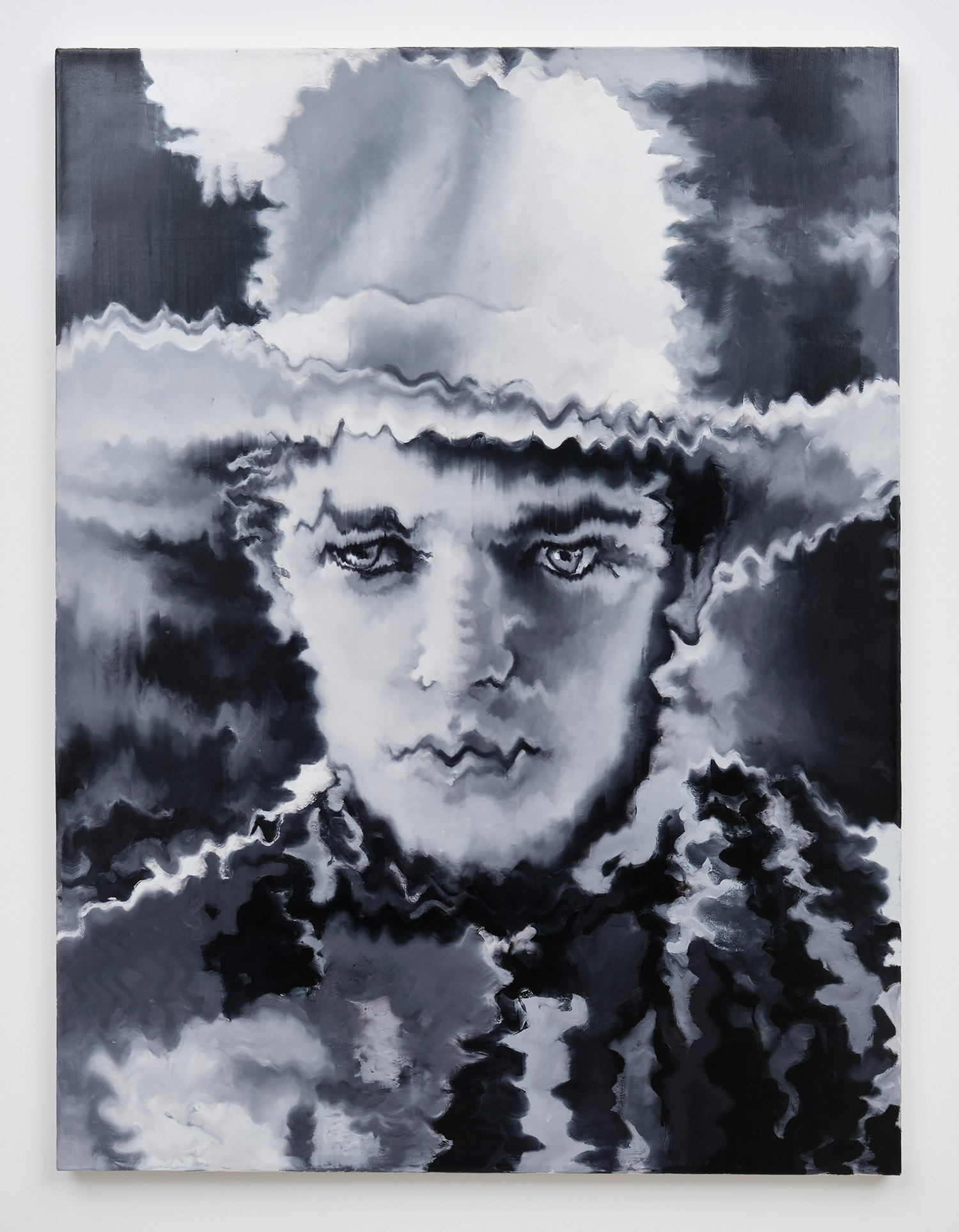
Nathan Ritterpusch, Cowboy #3, 2024, oil on canvas, 48 x 36 inches, 122 x 91 cm.
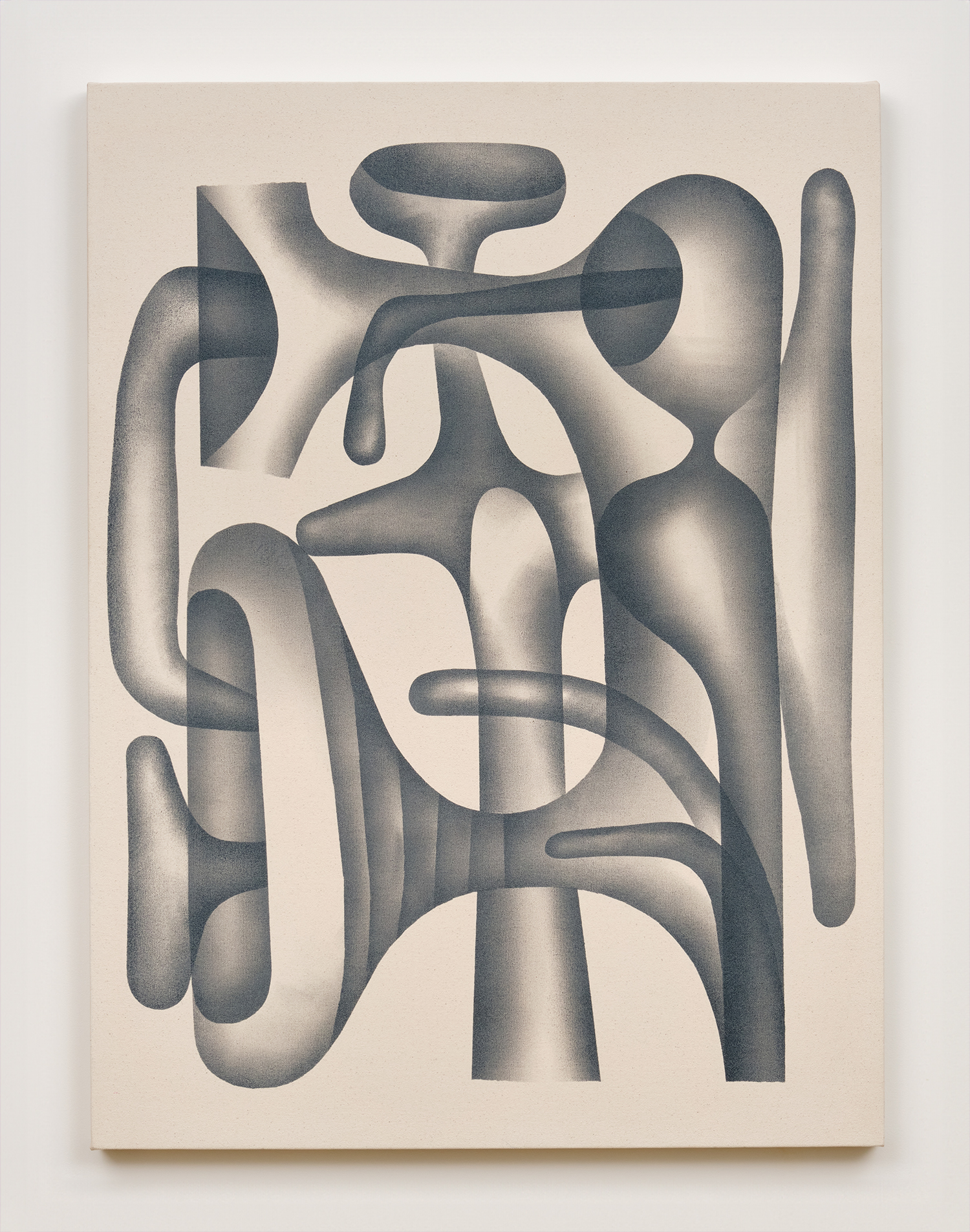
Tim Biskup, Defogger, 2024, acrylic on canvas, 40 x 30 inches, 102 x 76 cm.
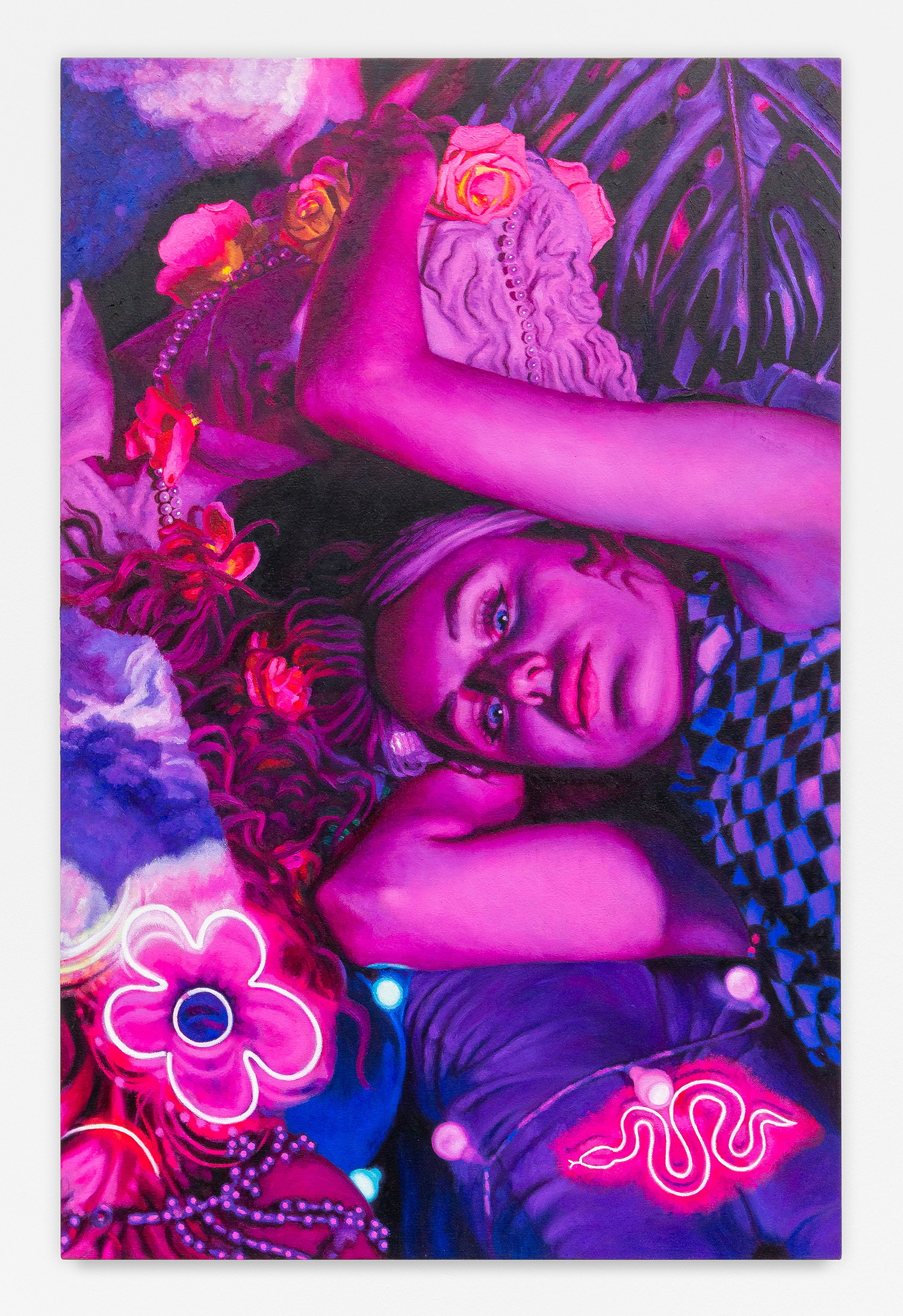
Alison Blickle, Eclipsed, 2022, oil on canvas, 40 x 26 inches, 101 x 66 cm.
